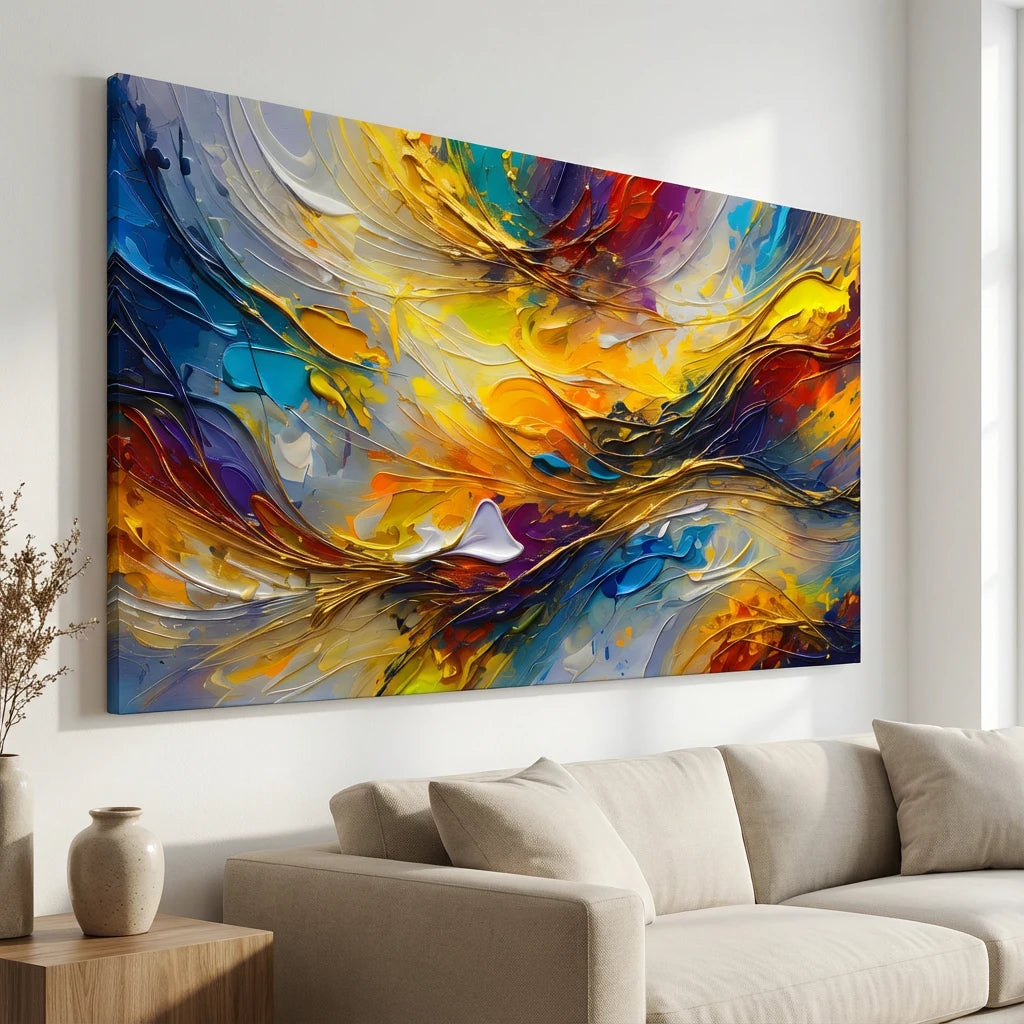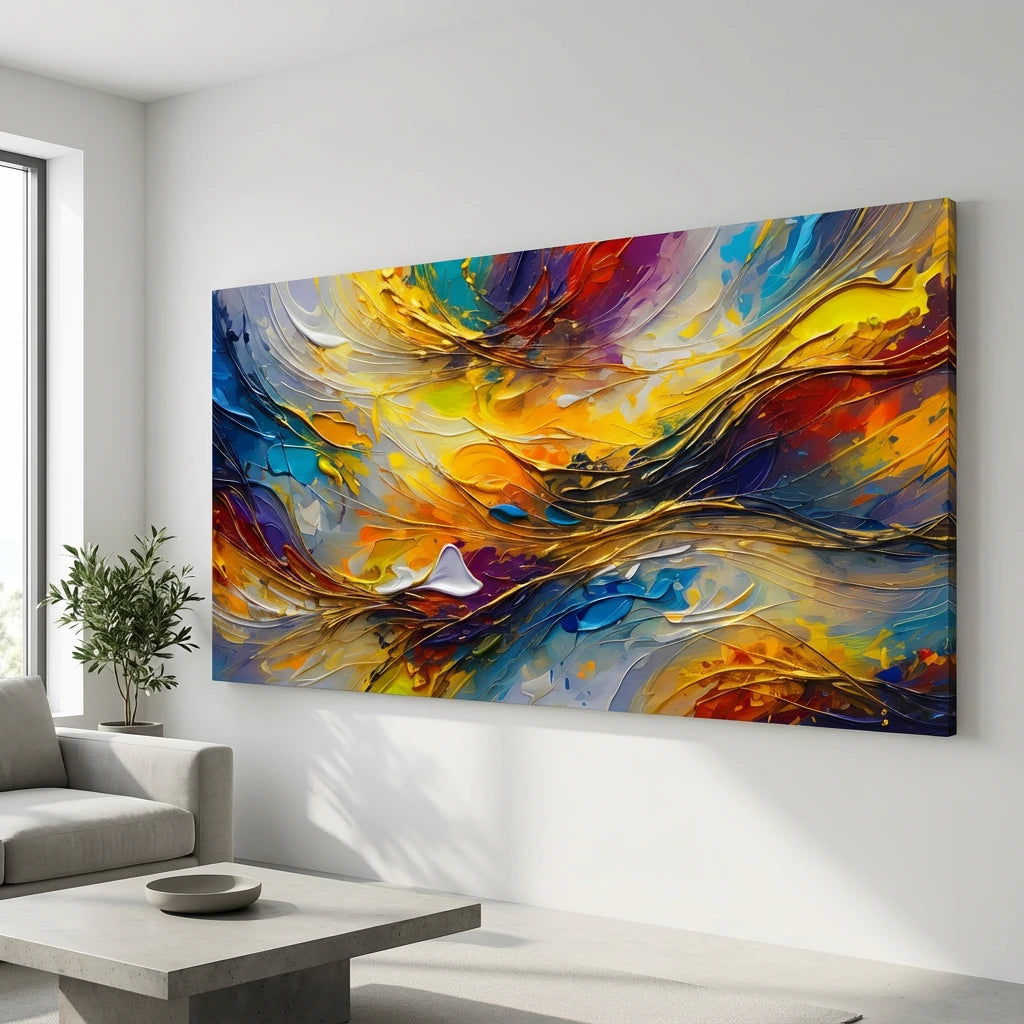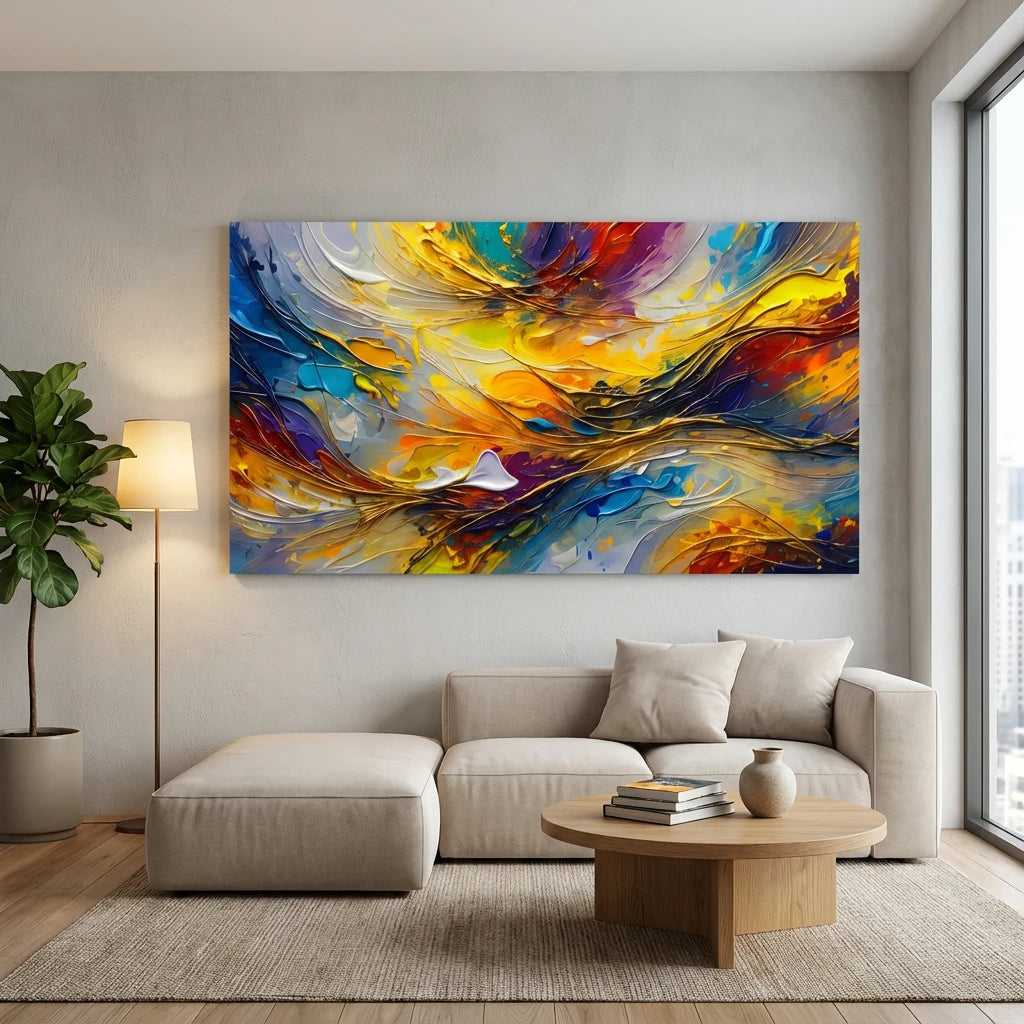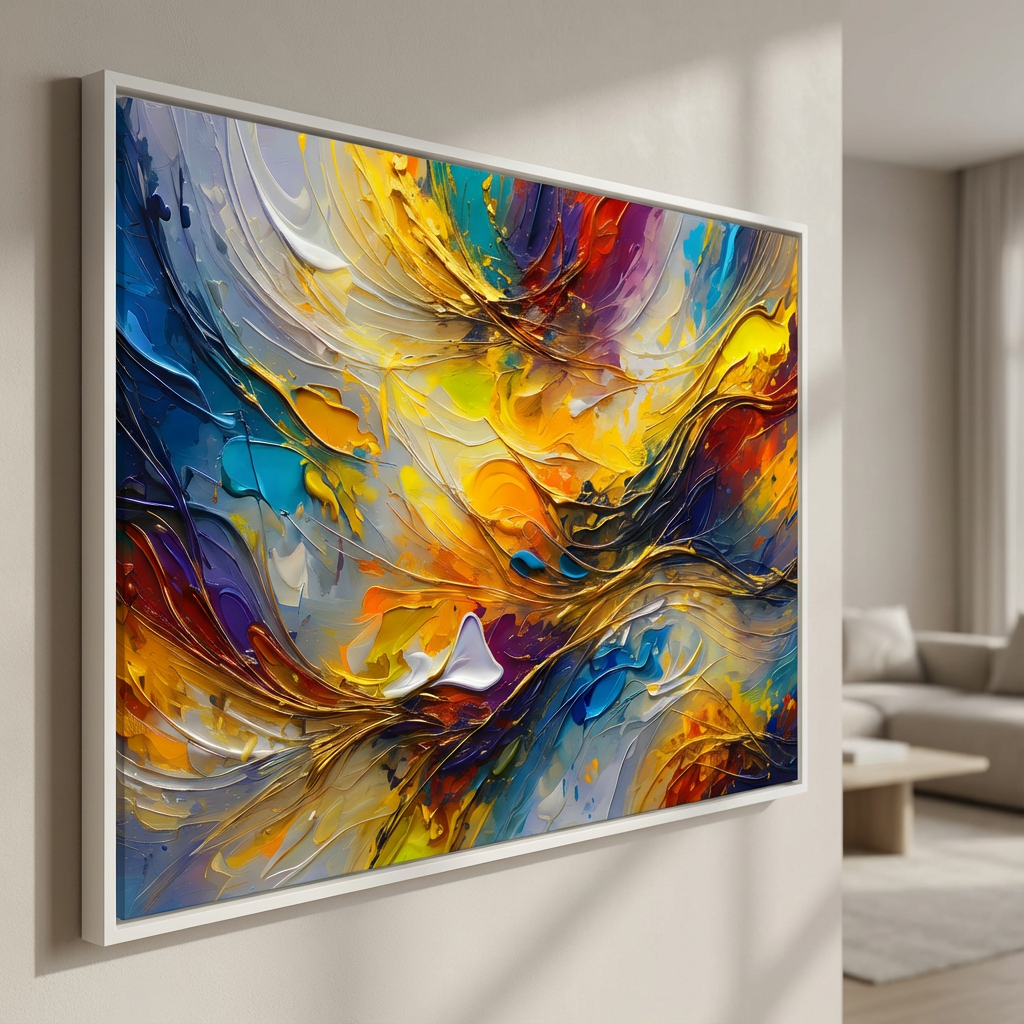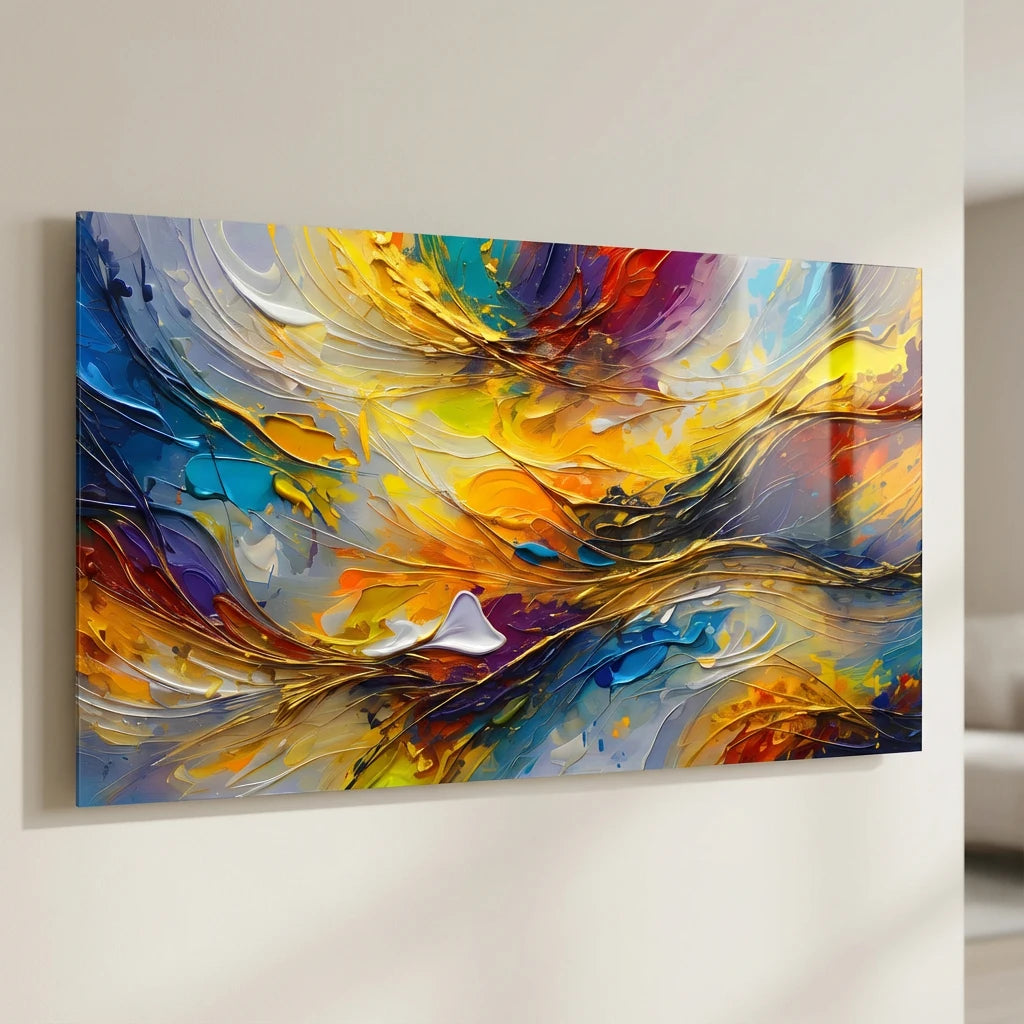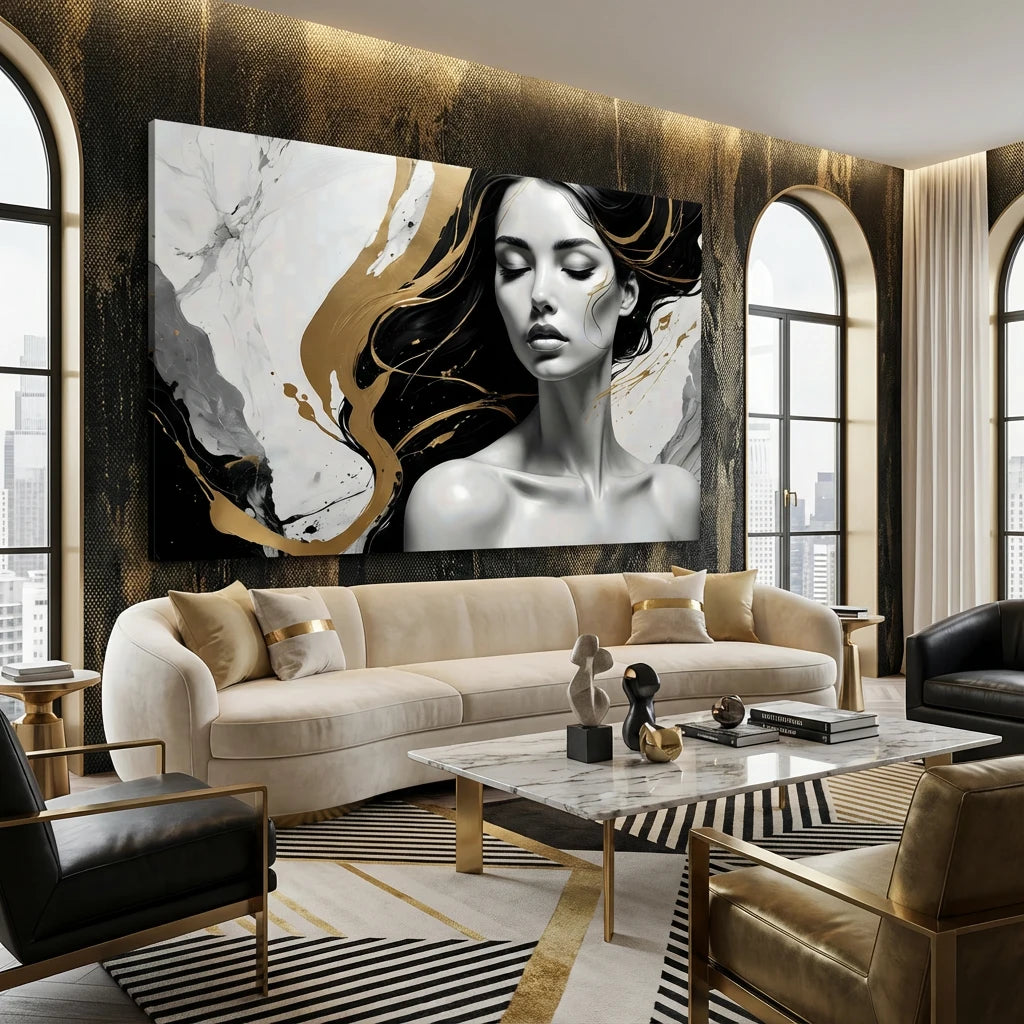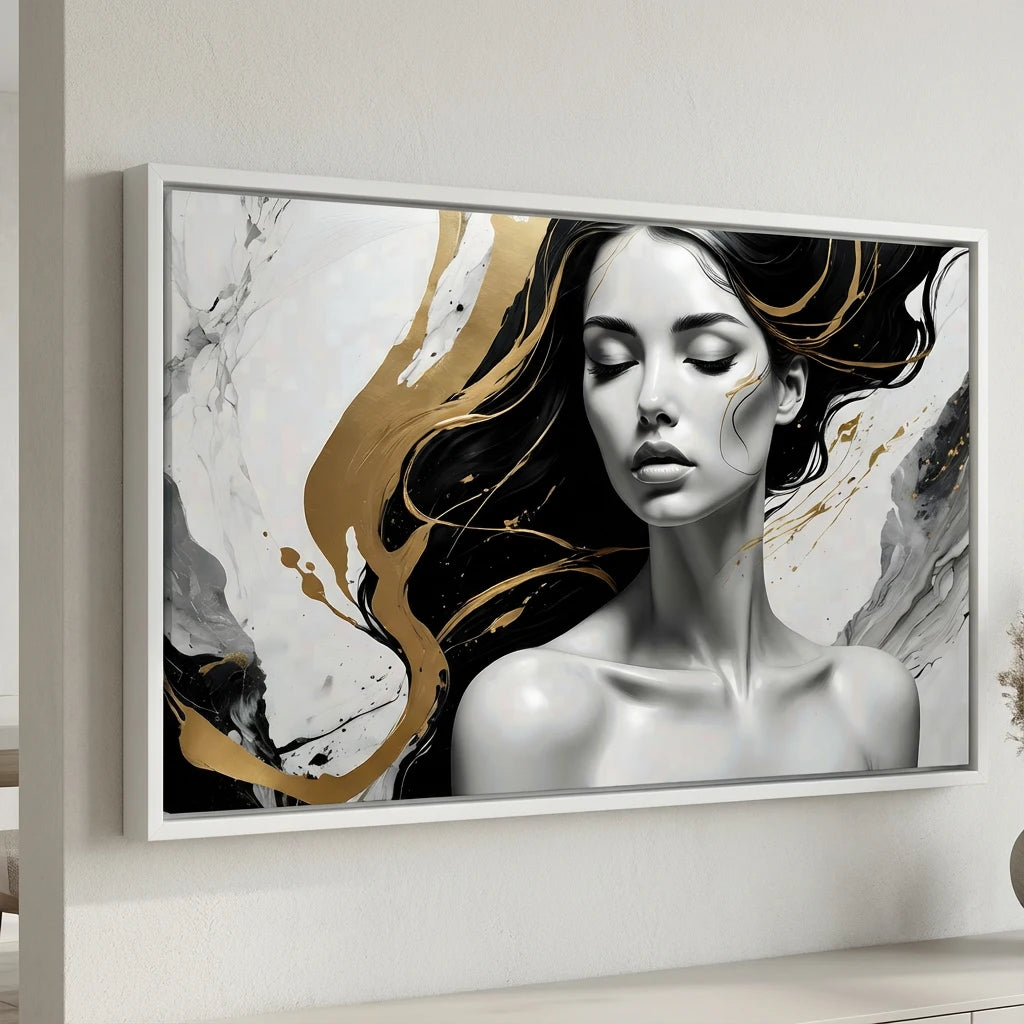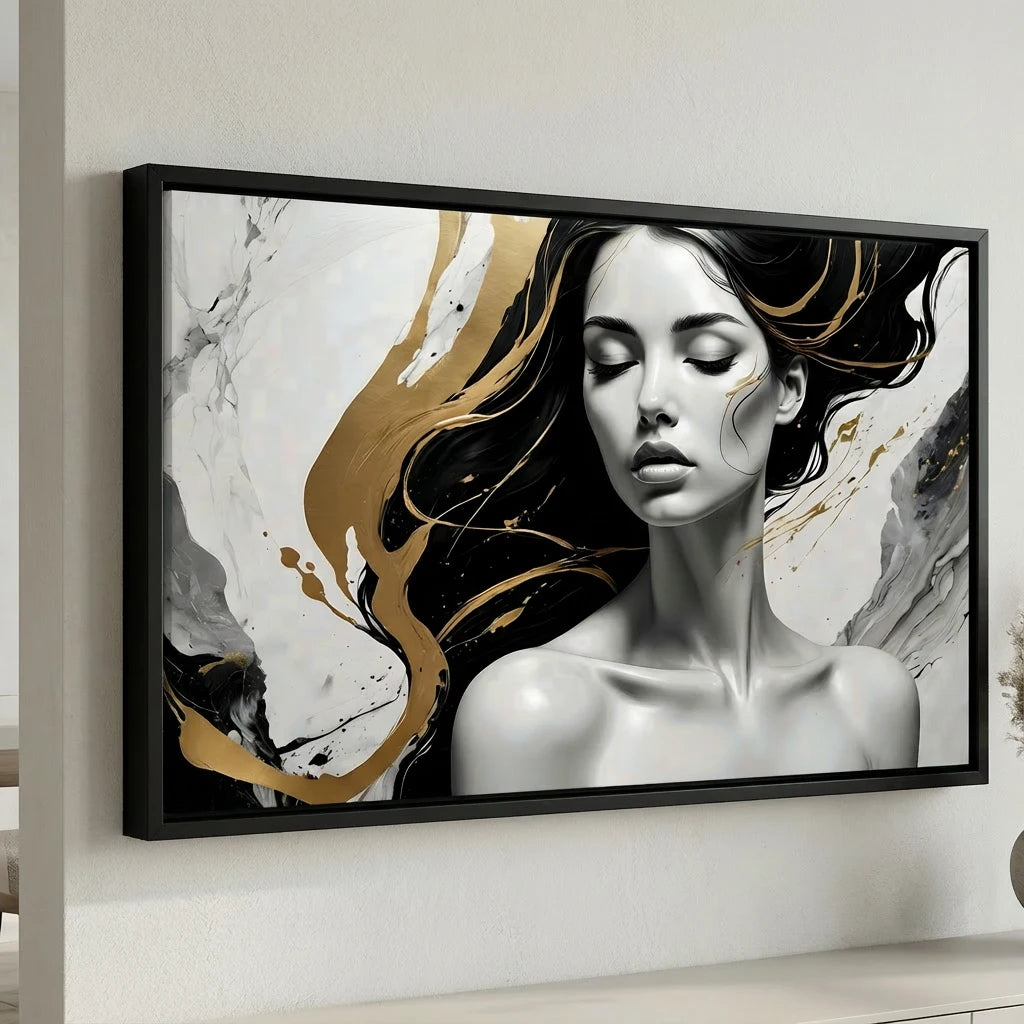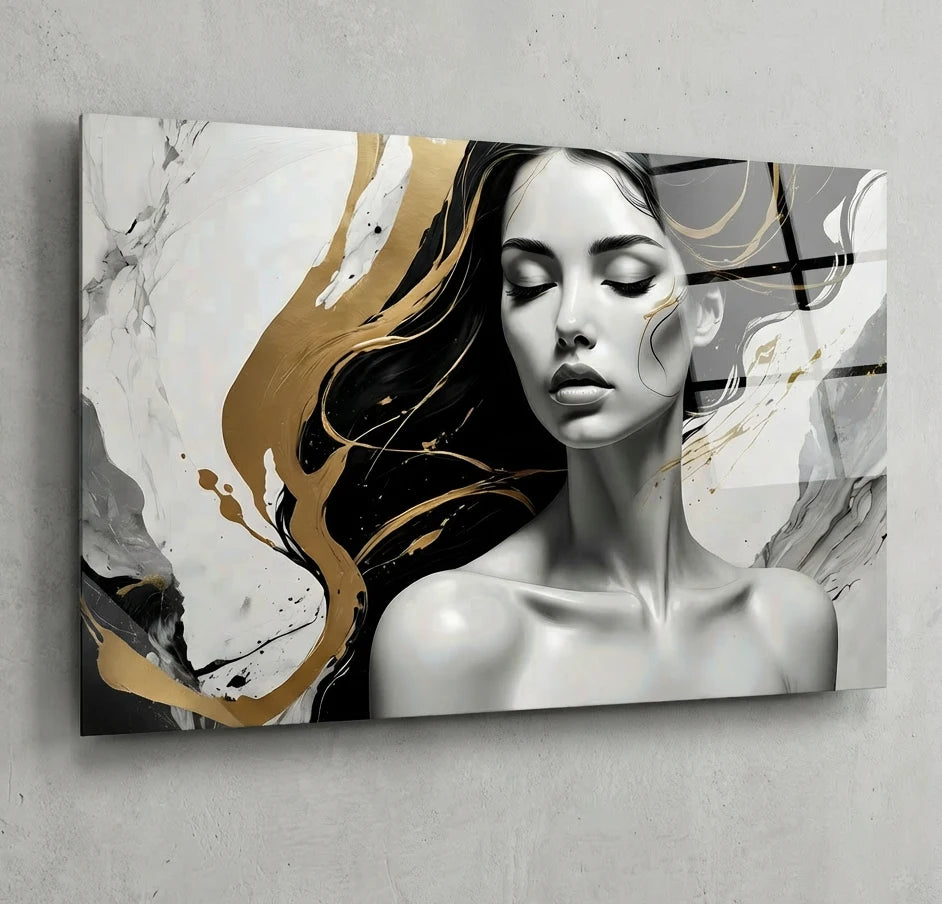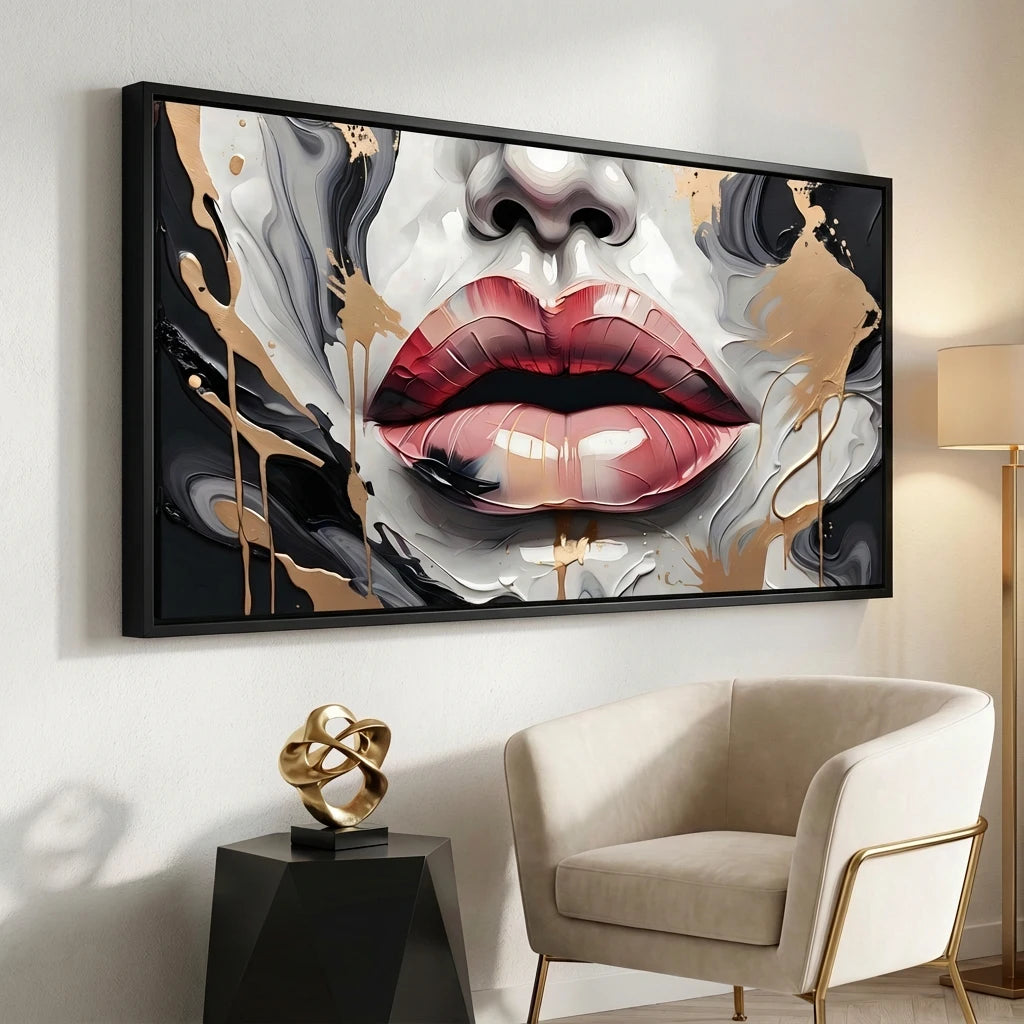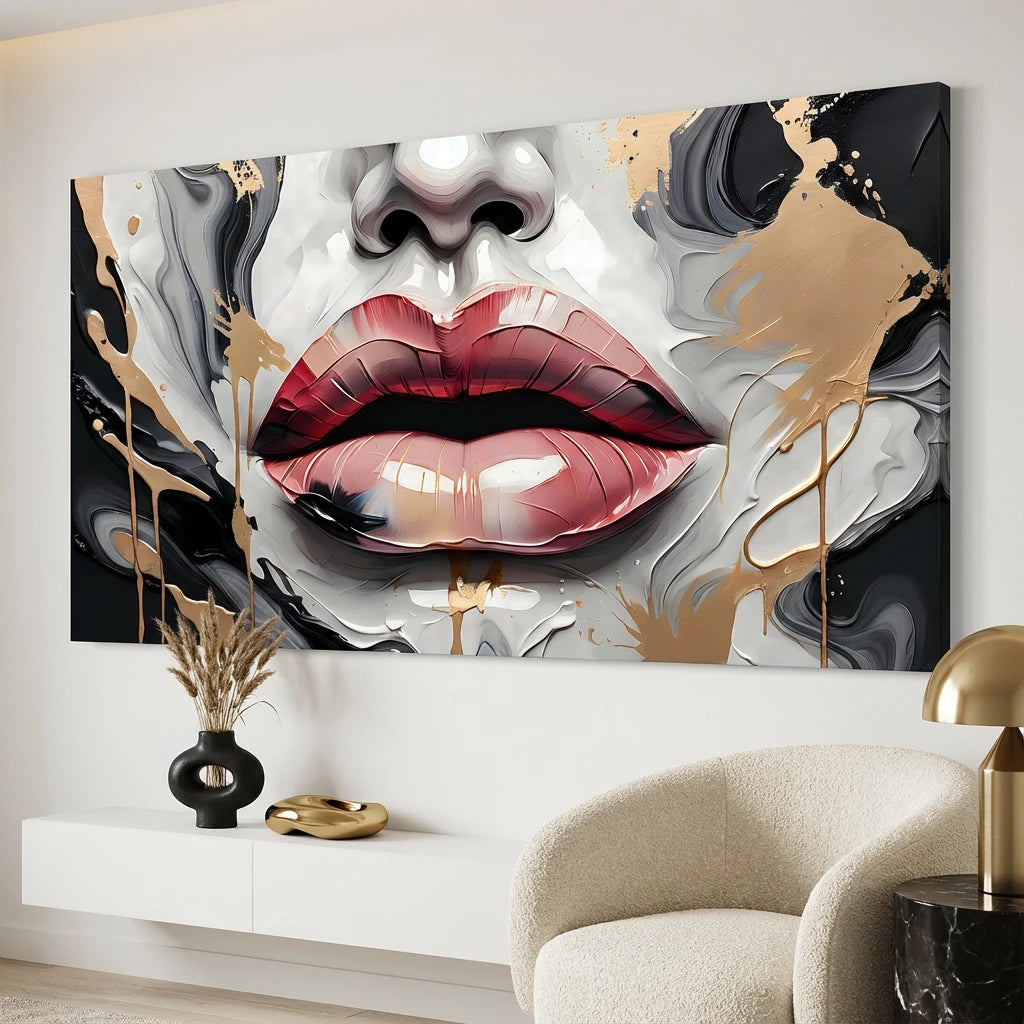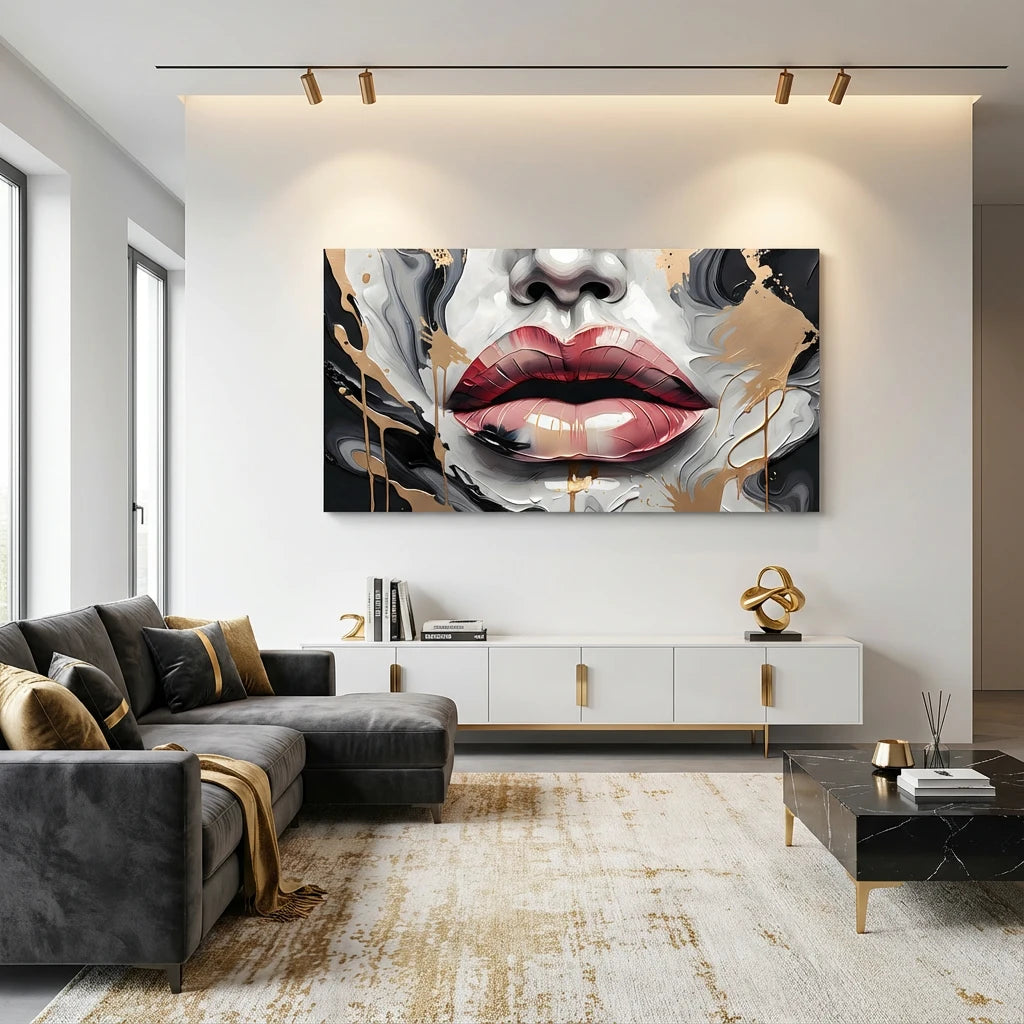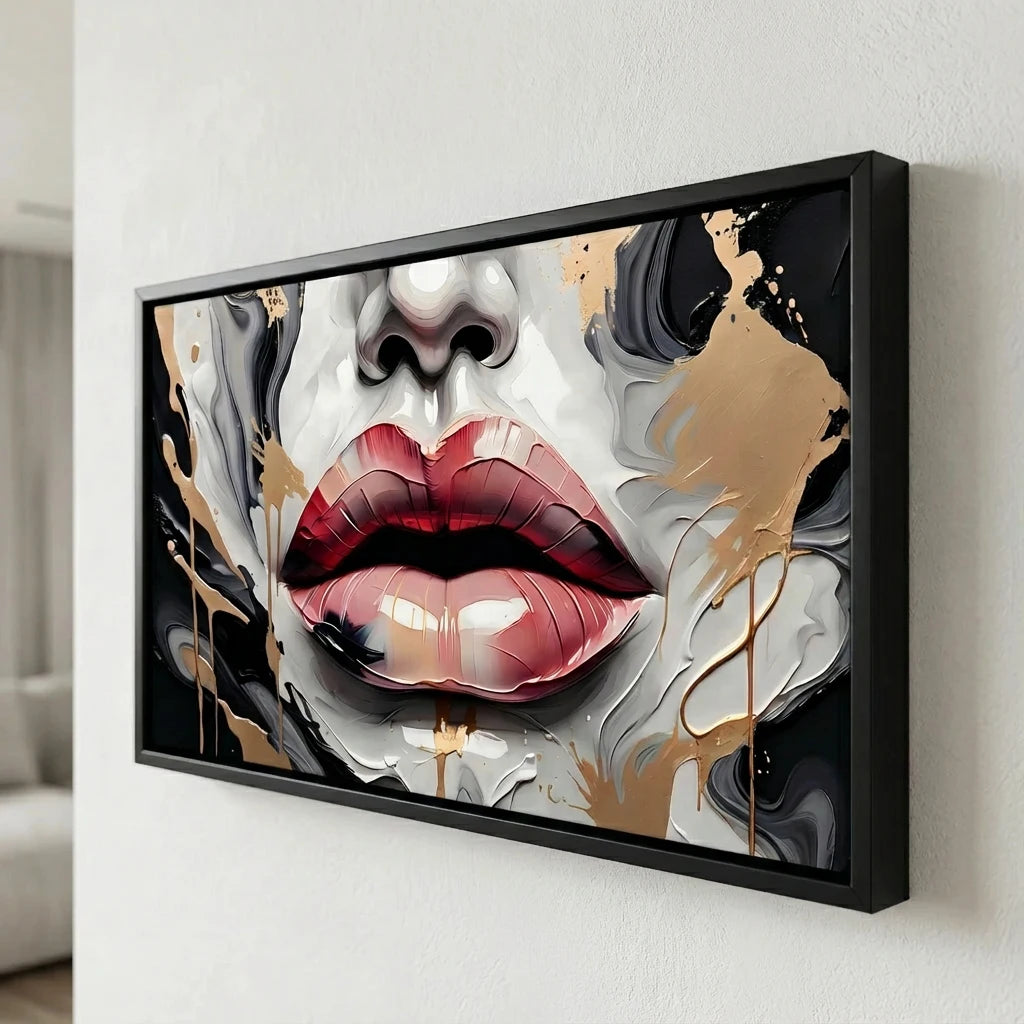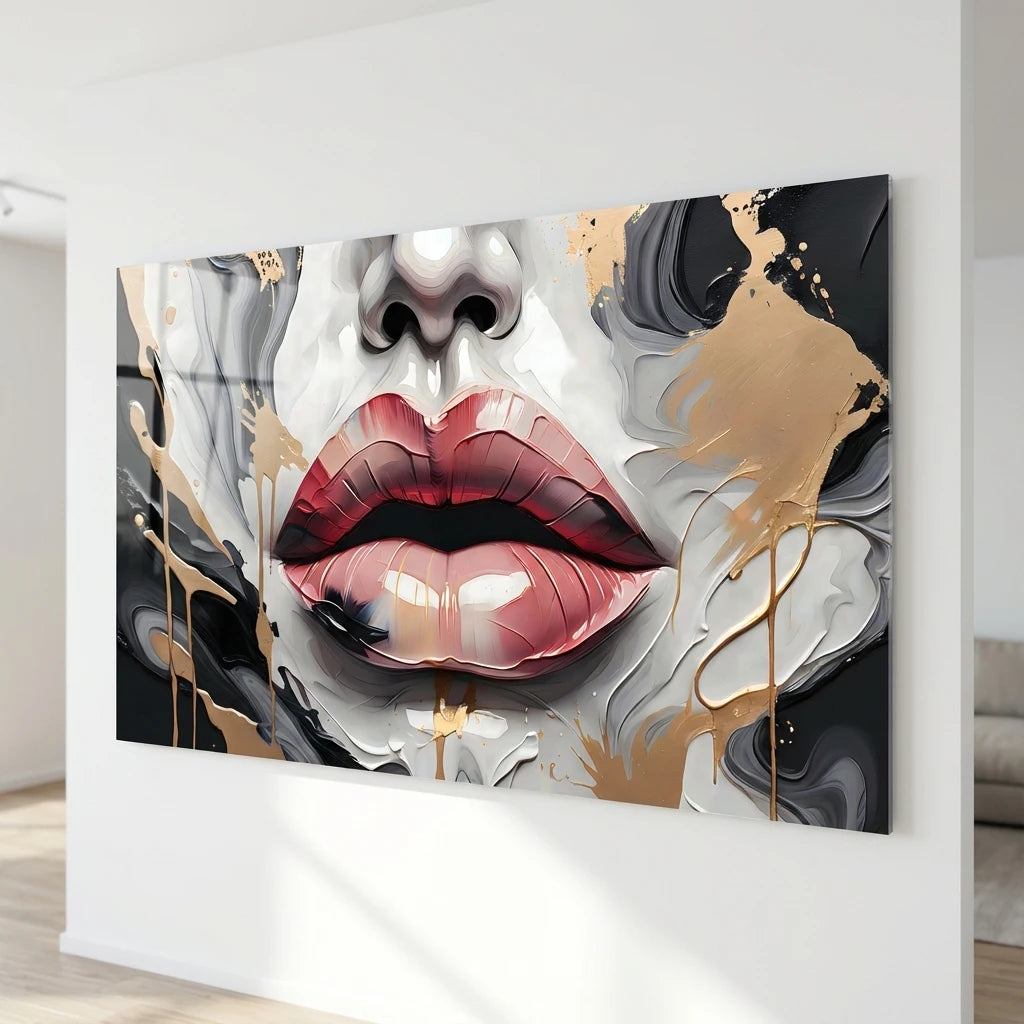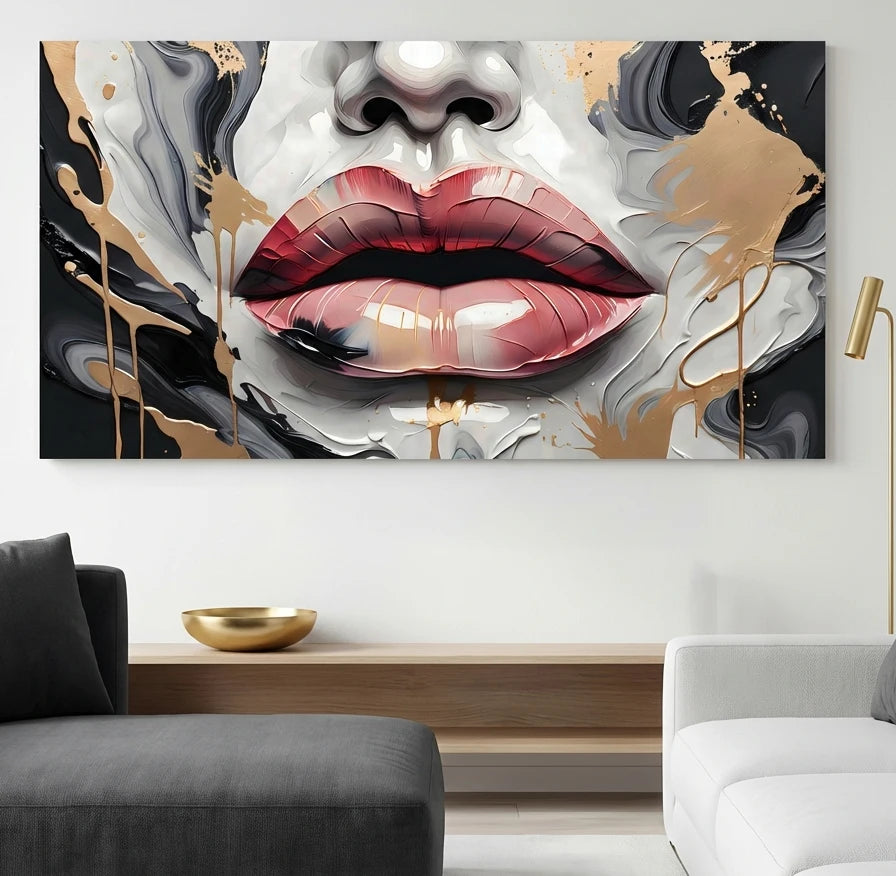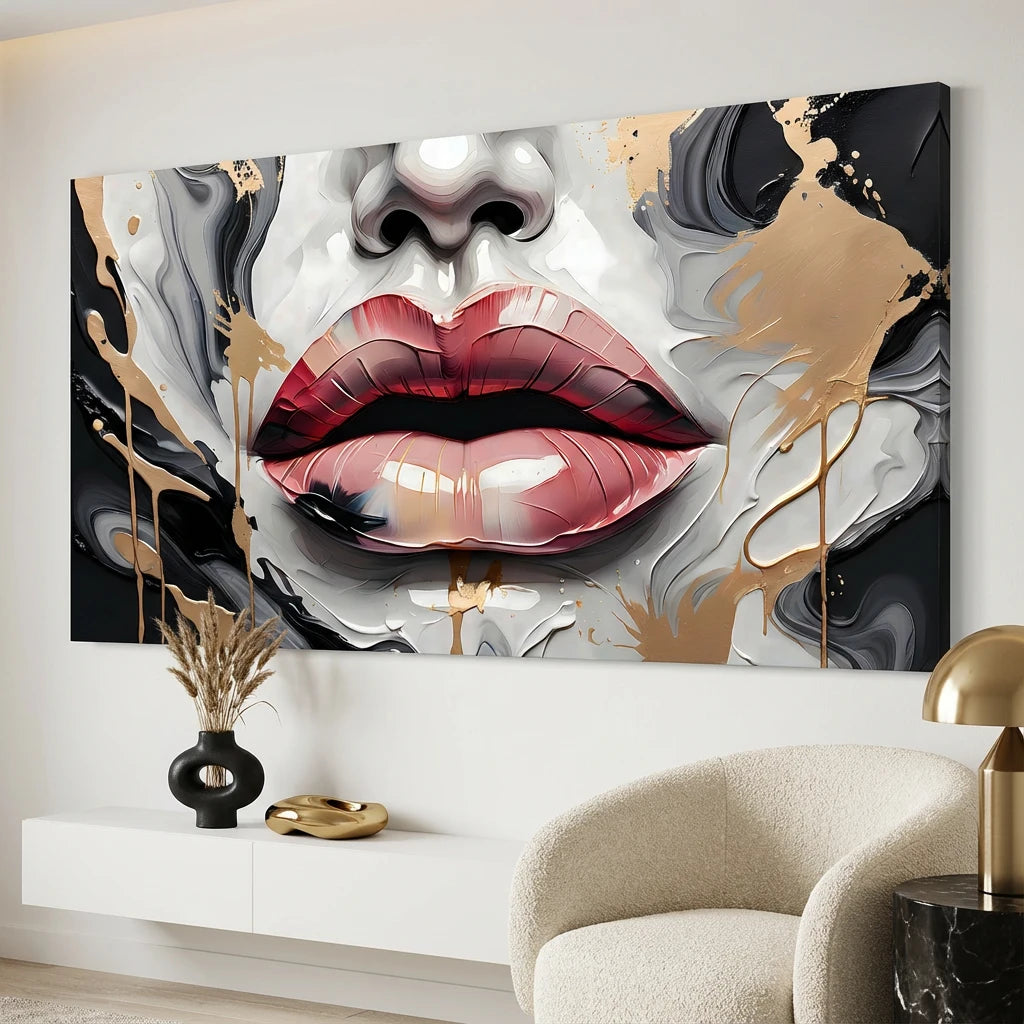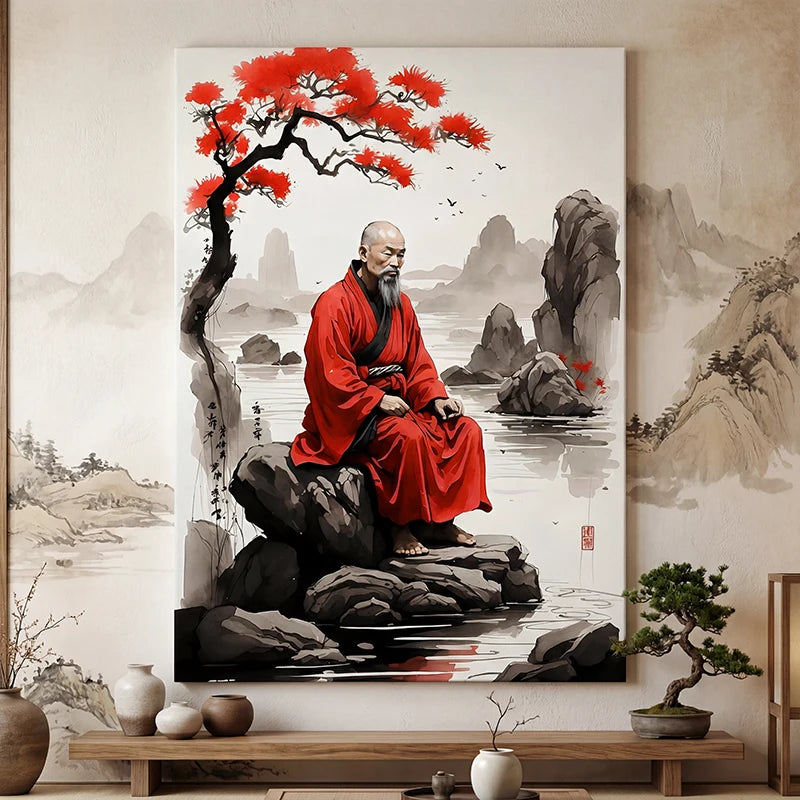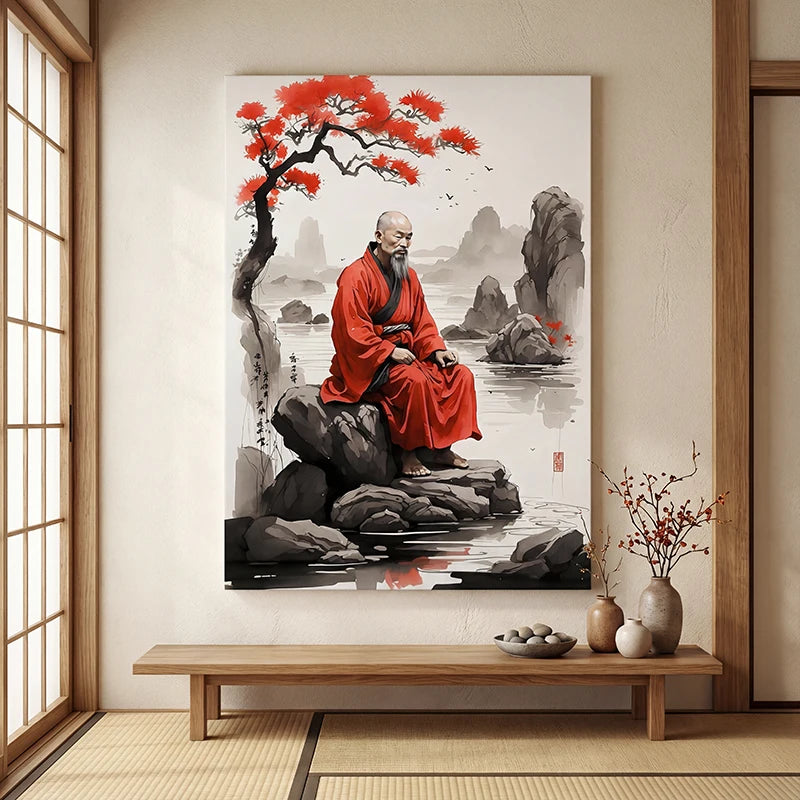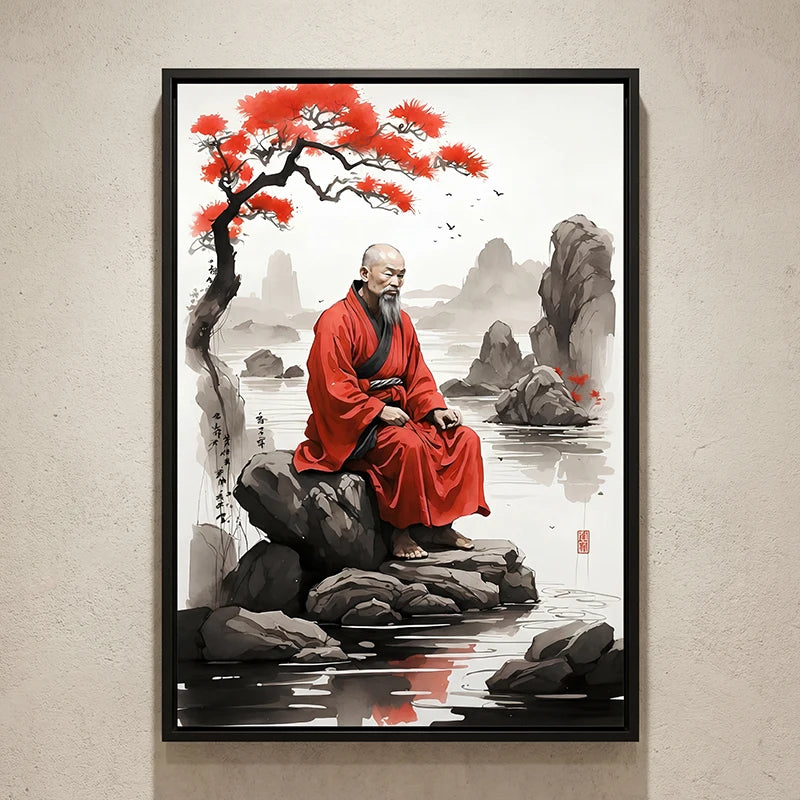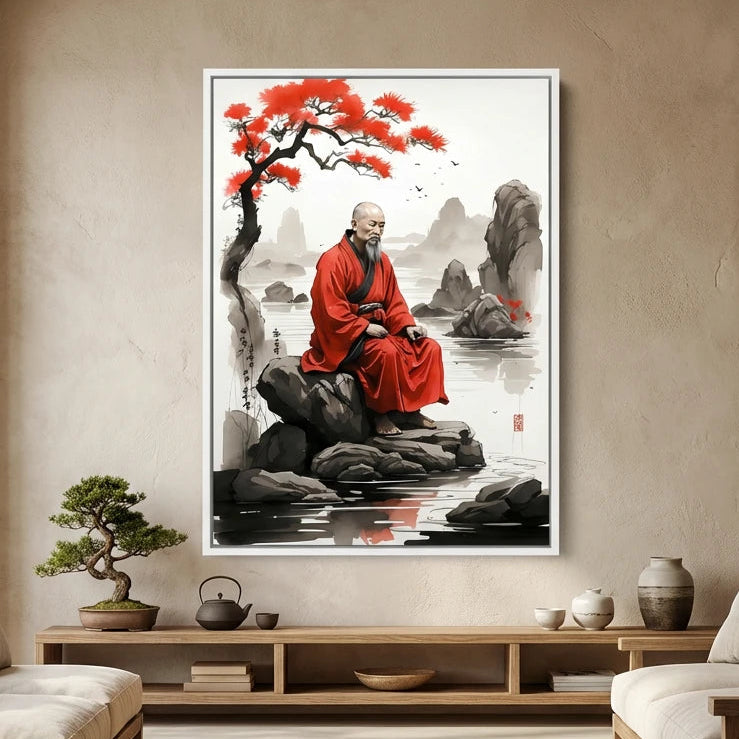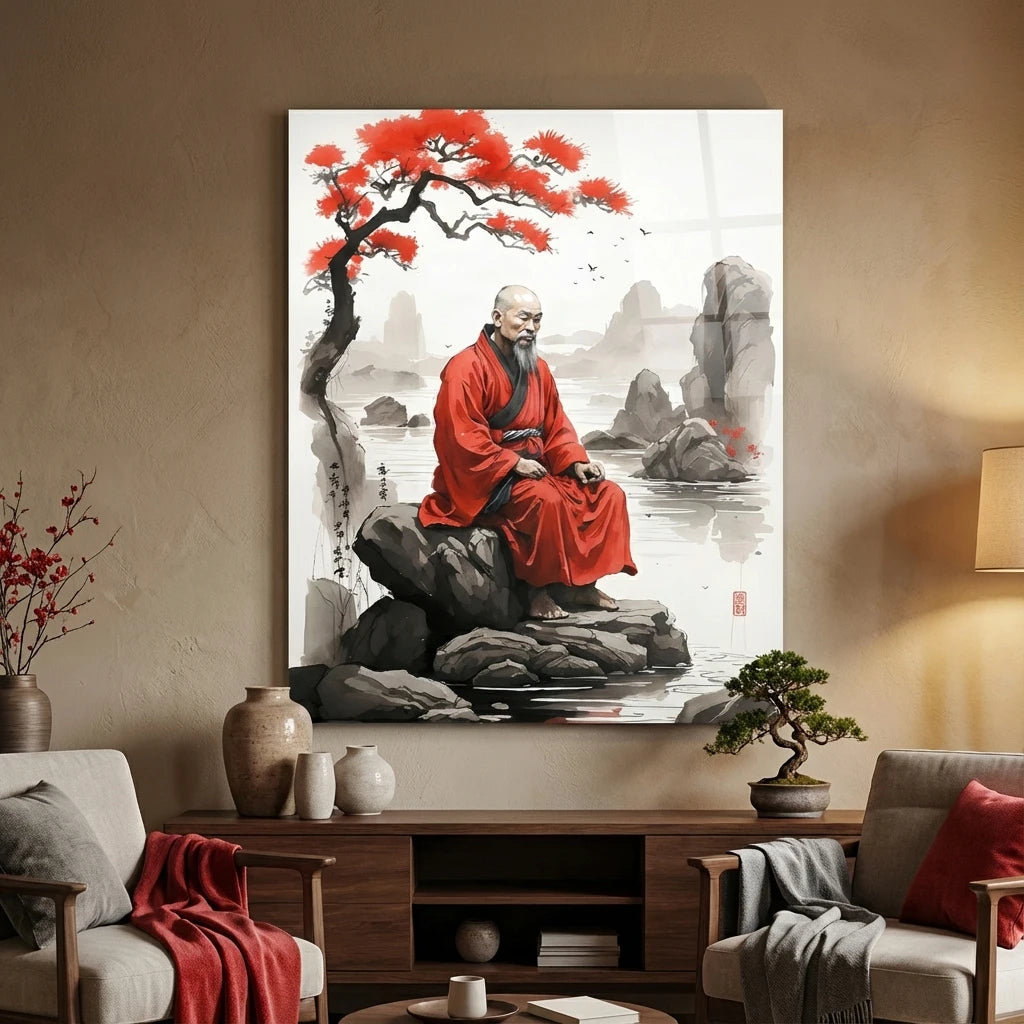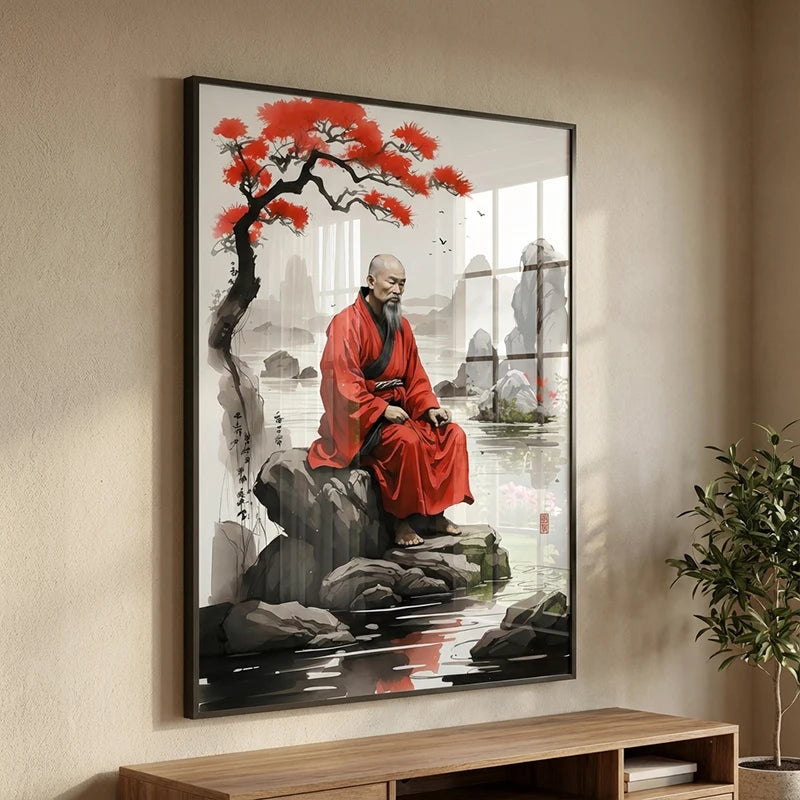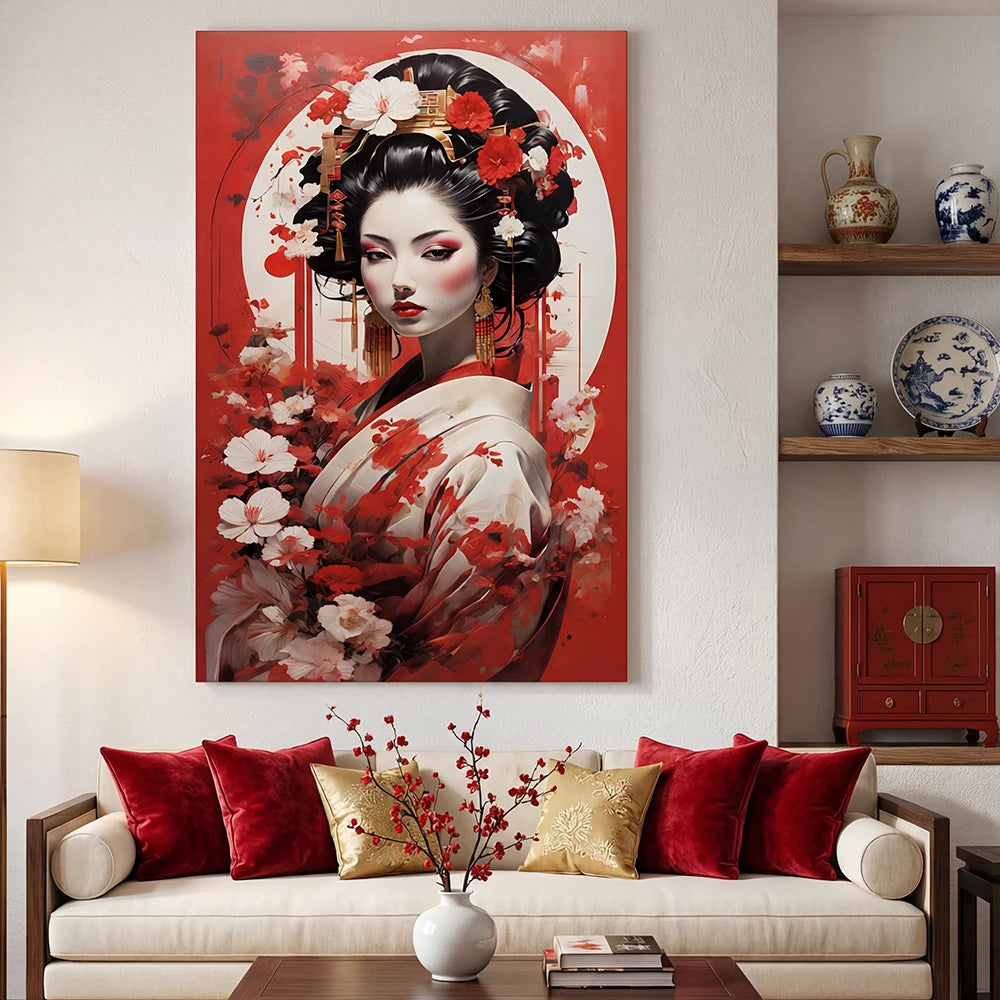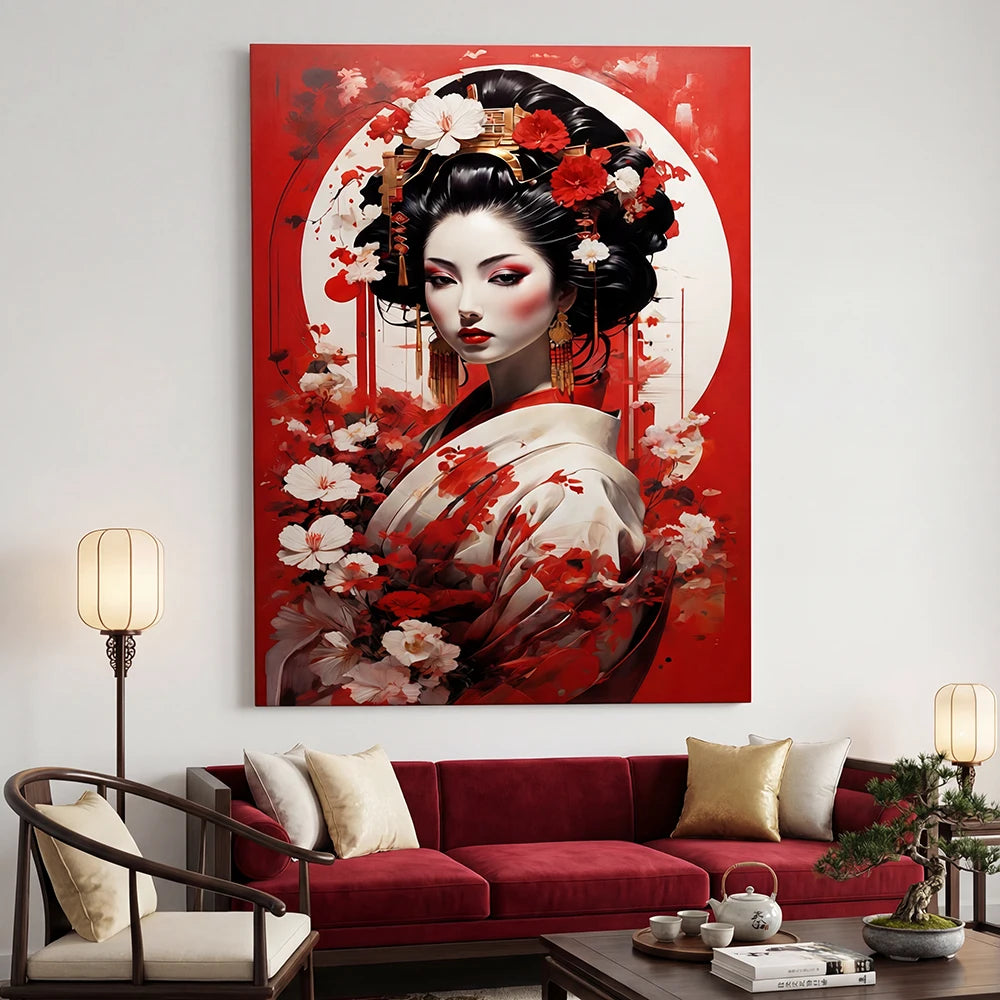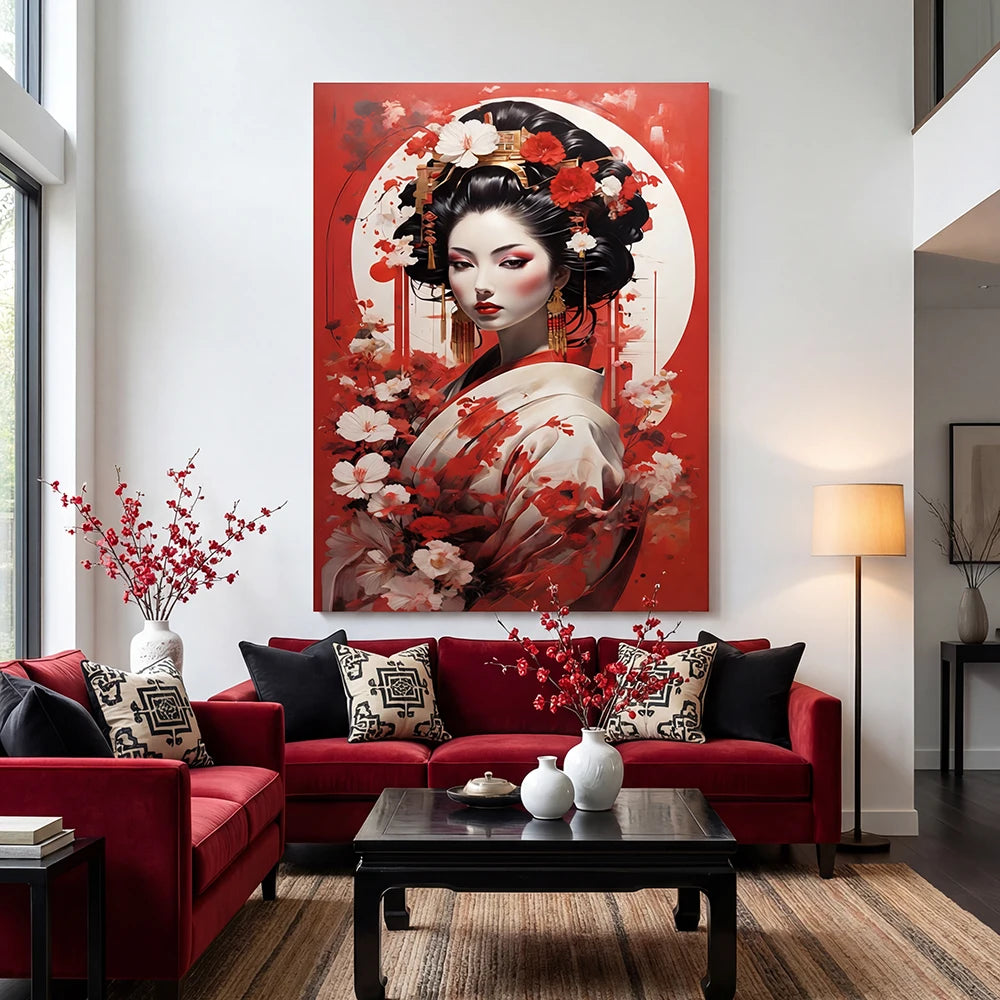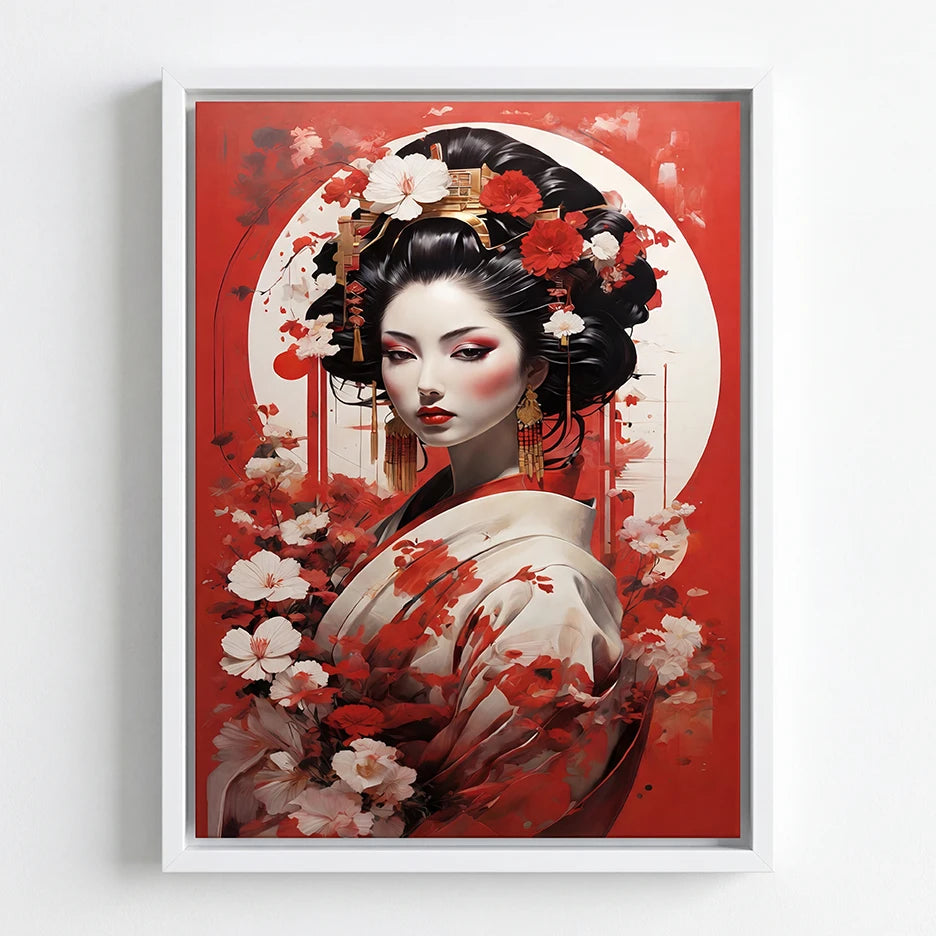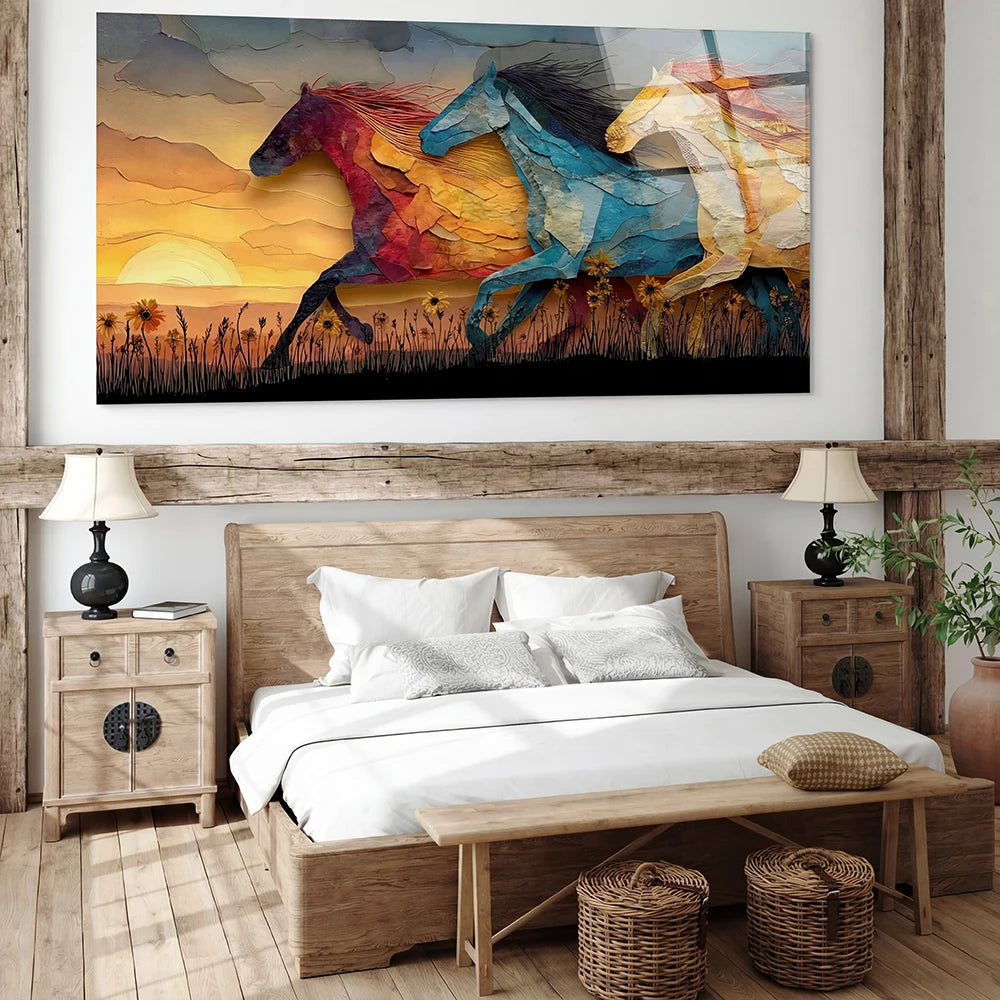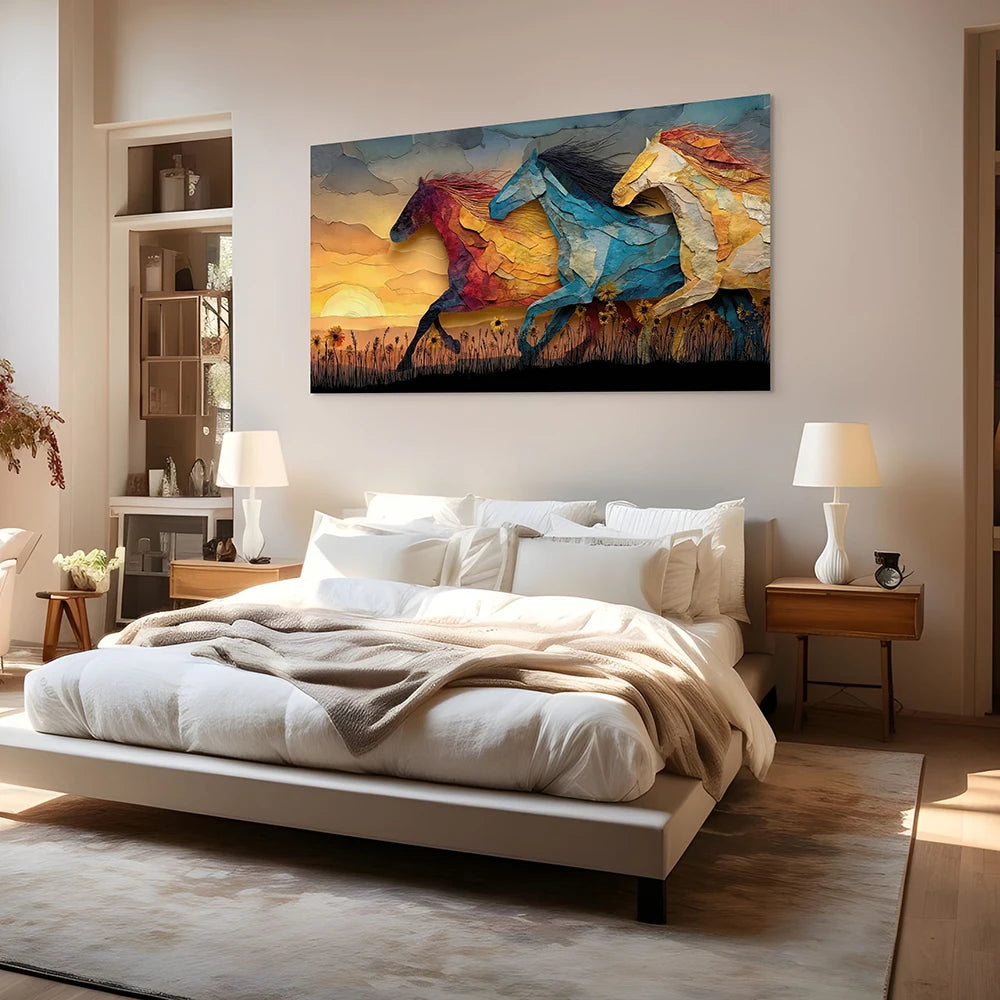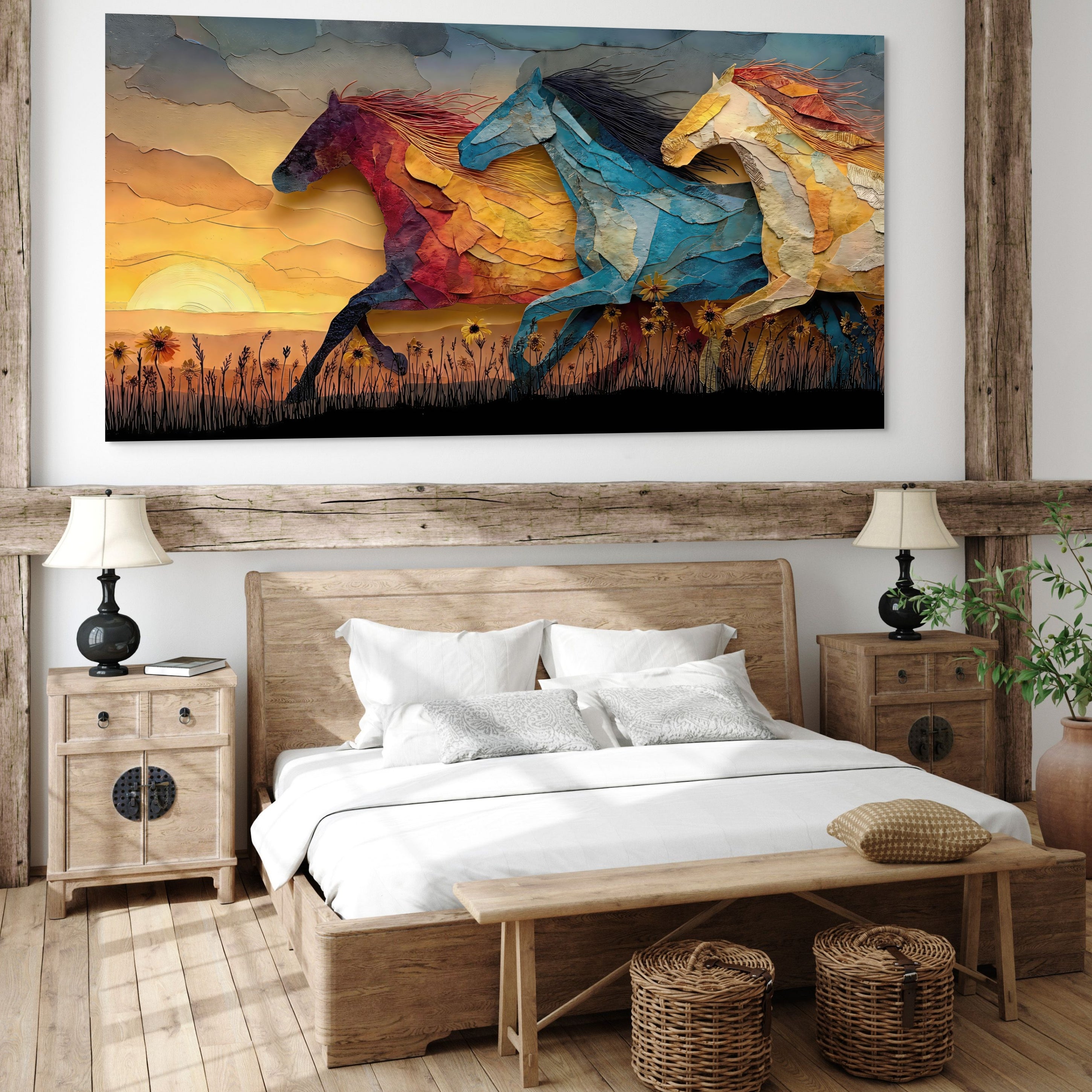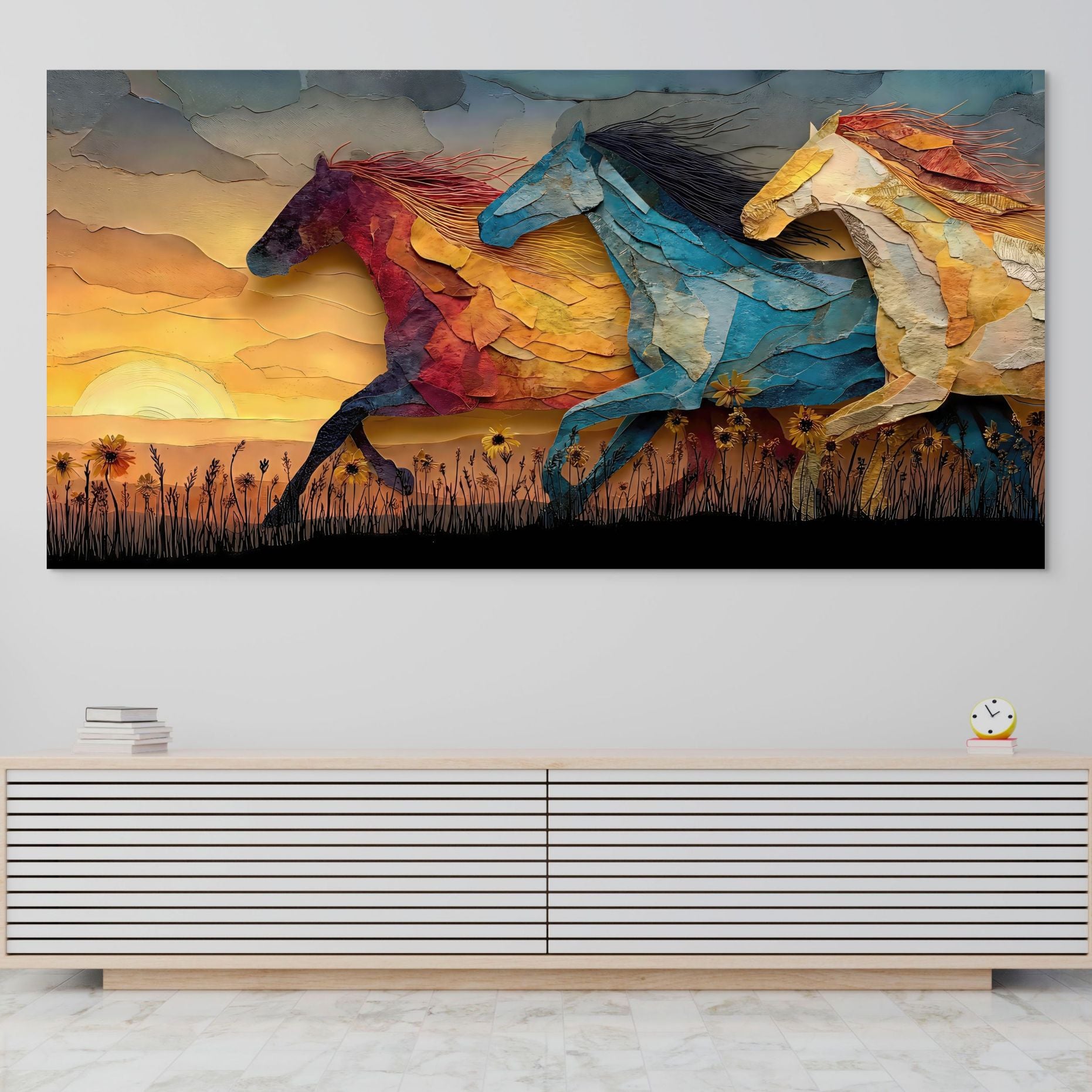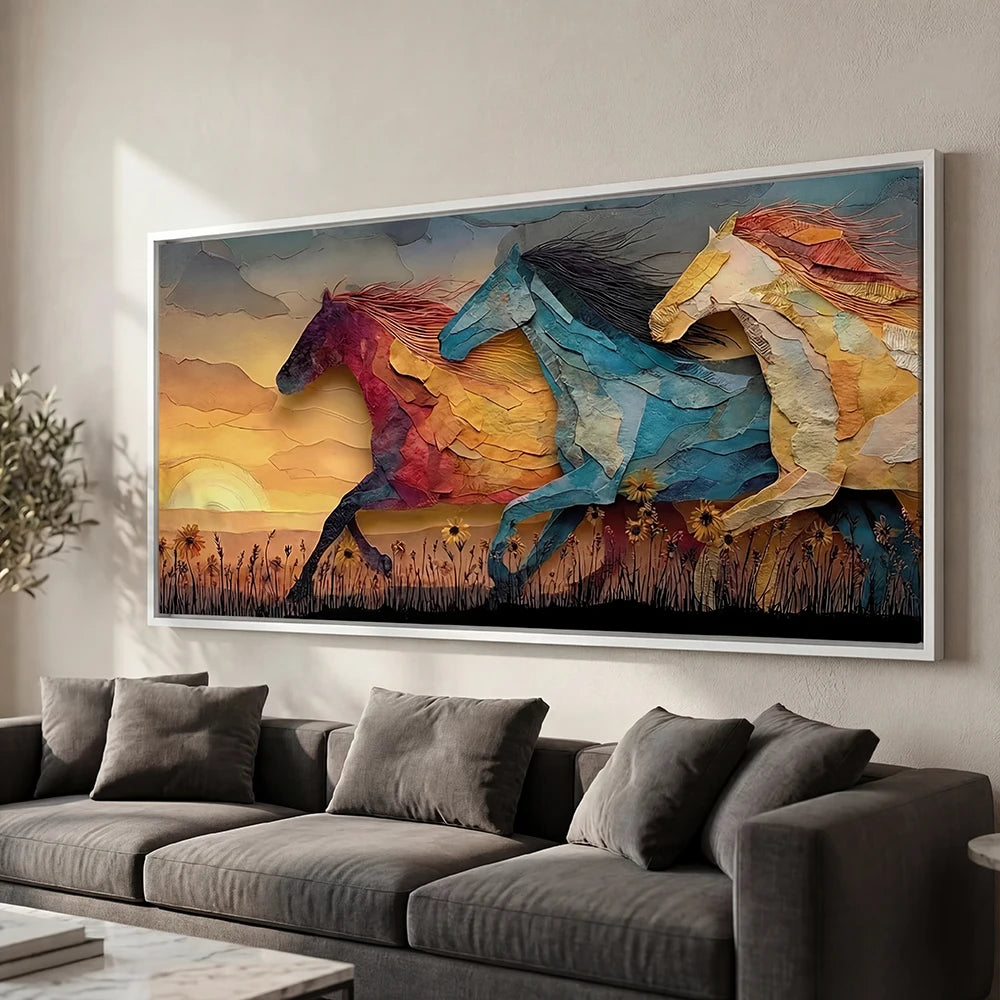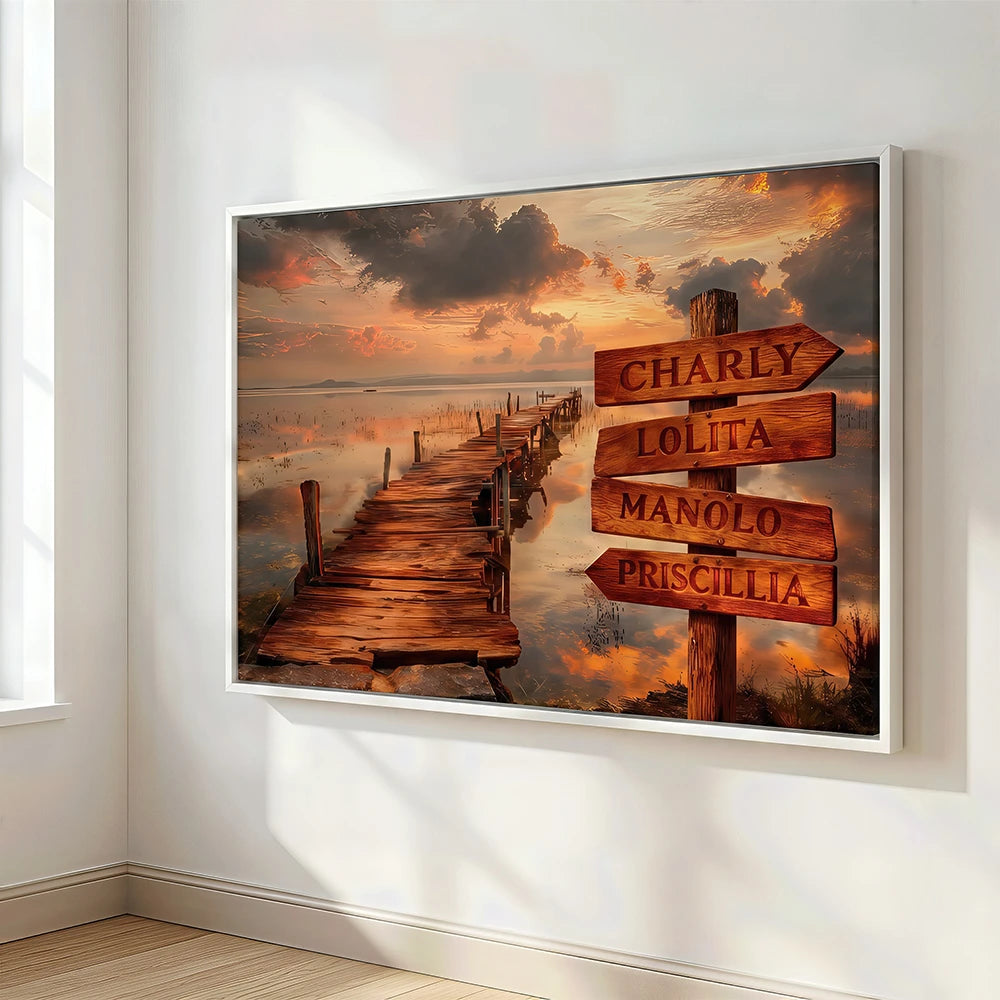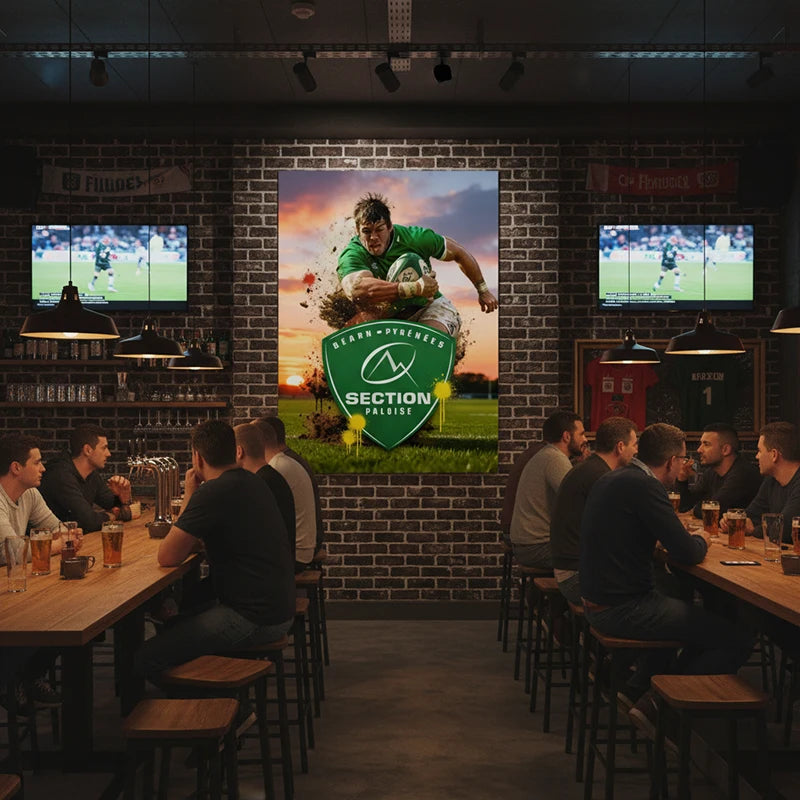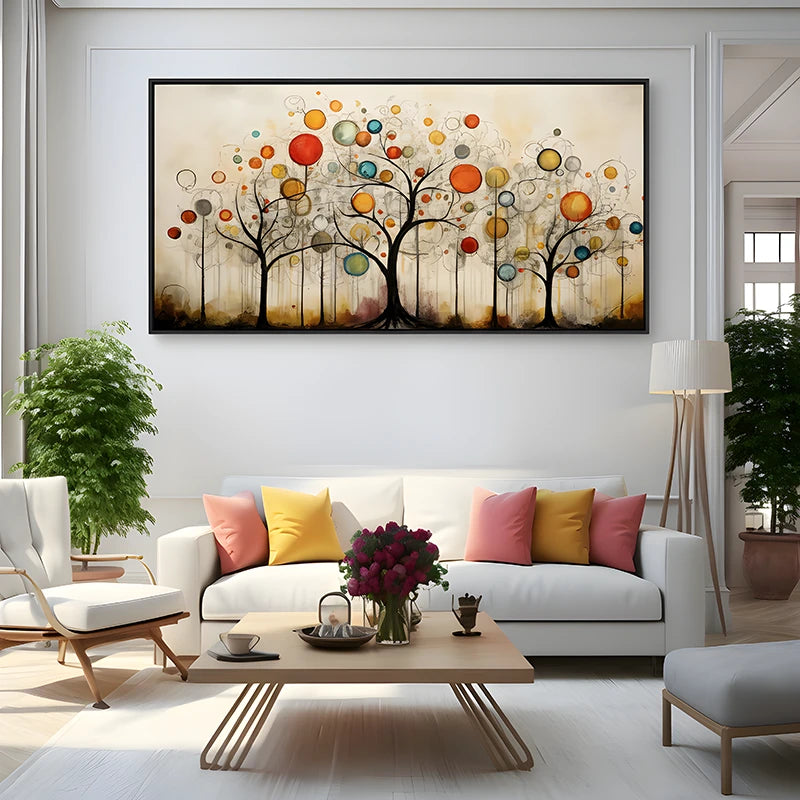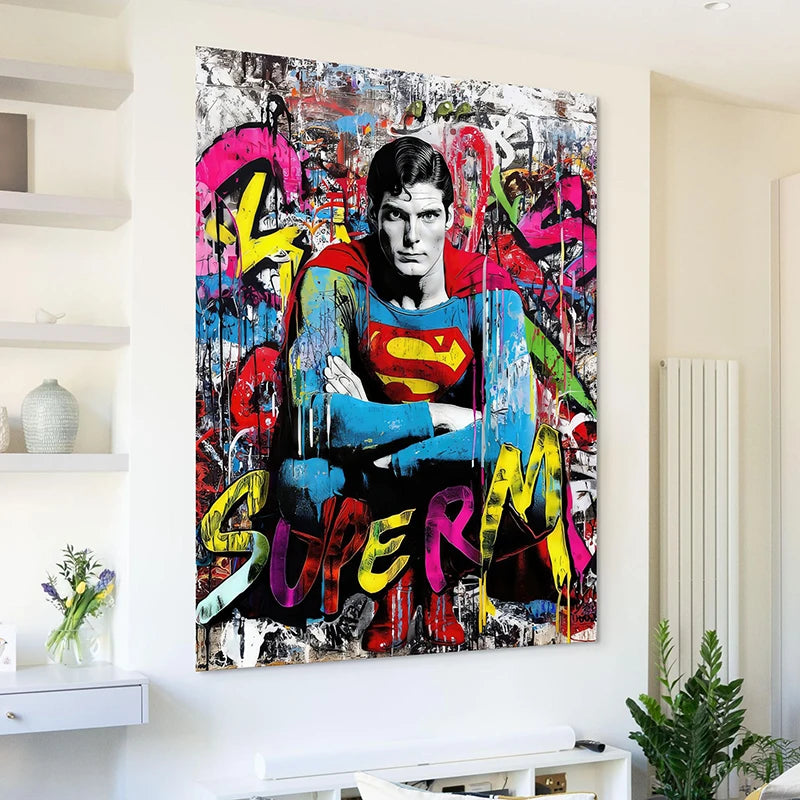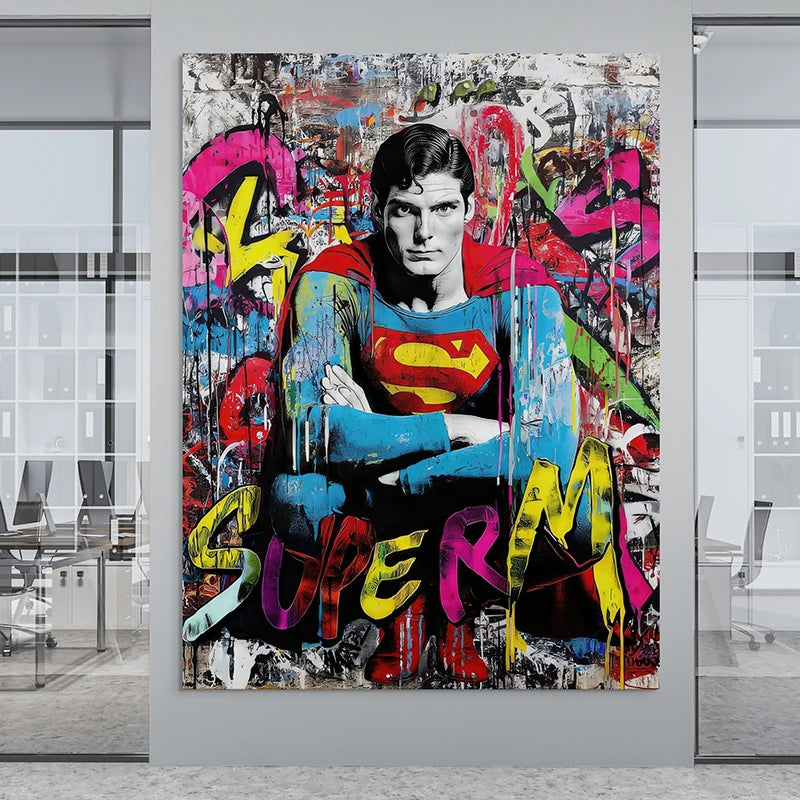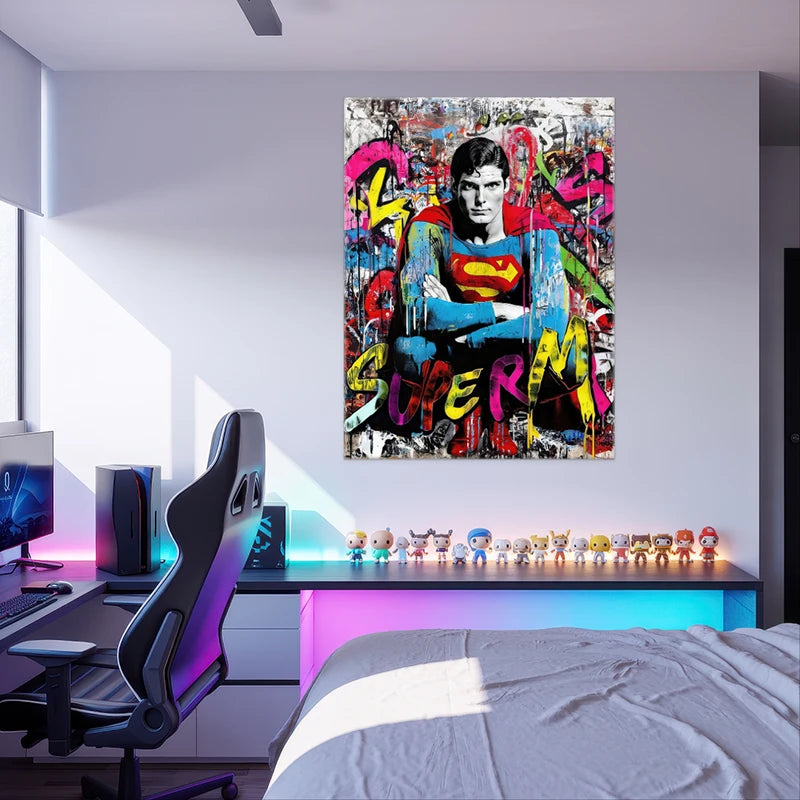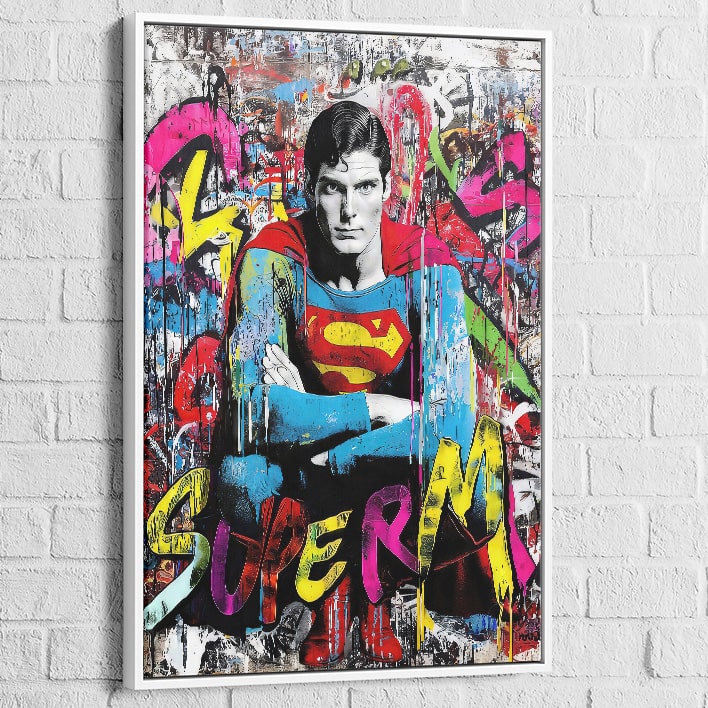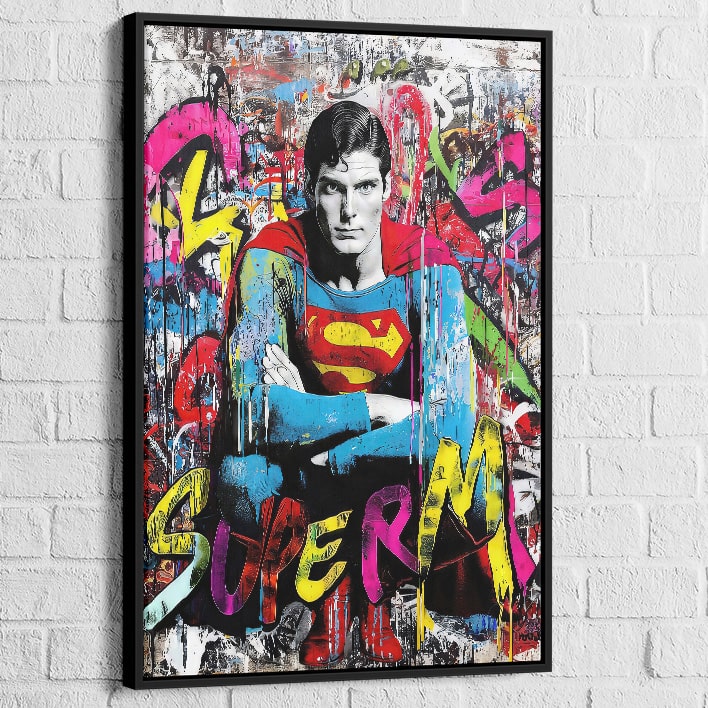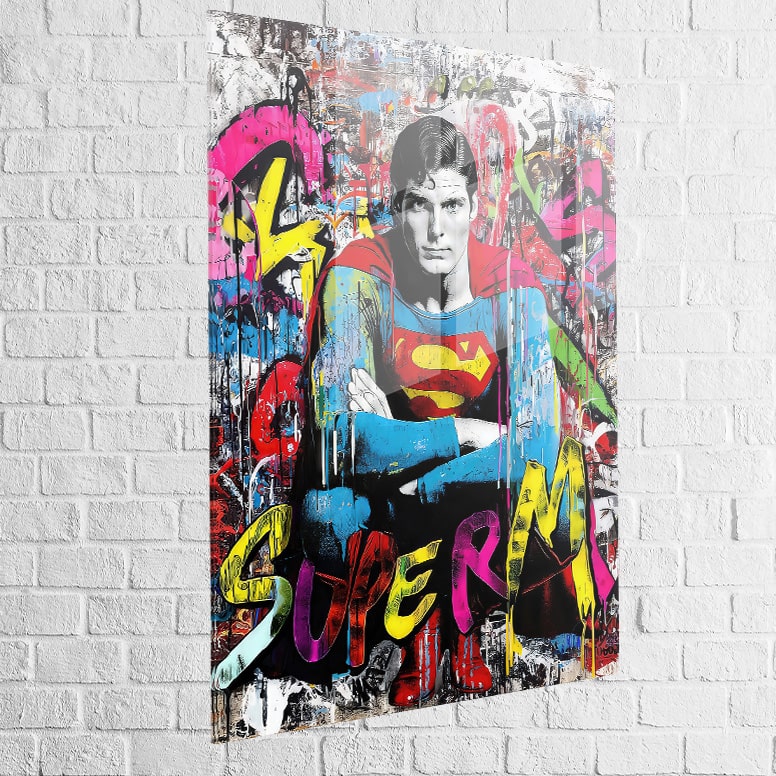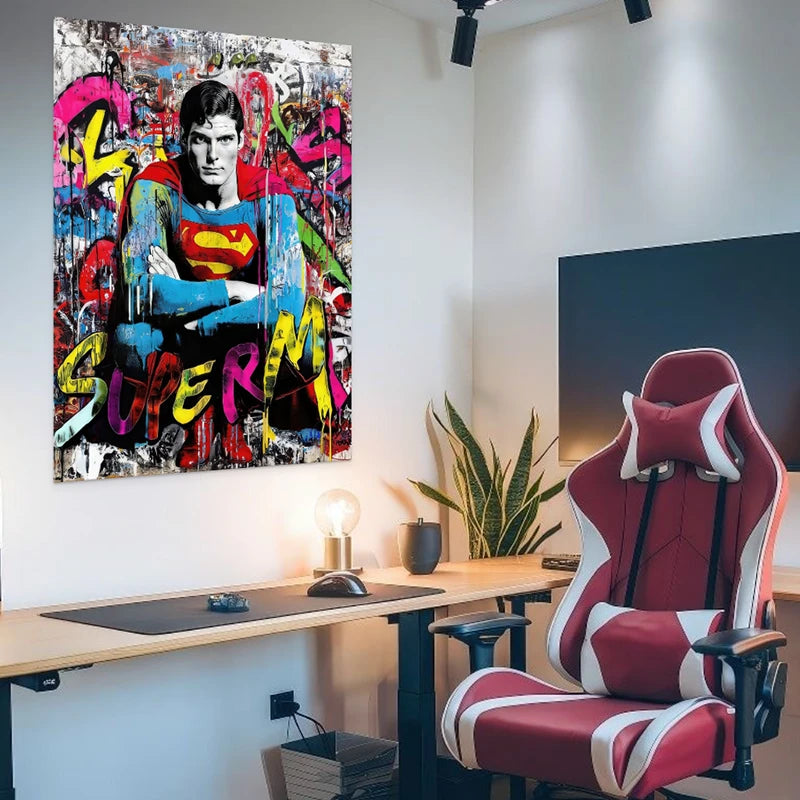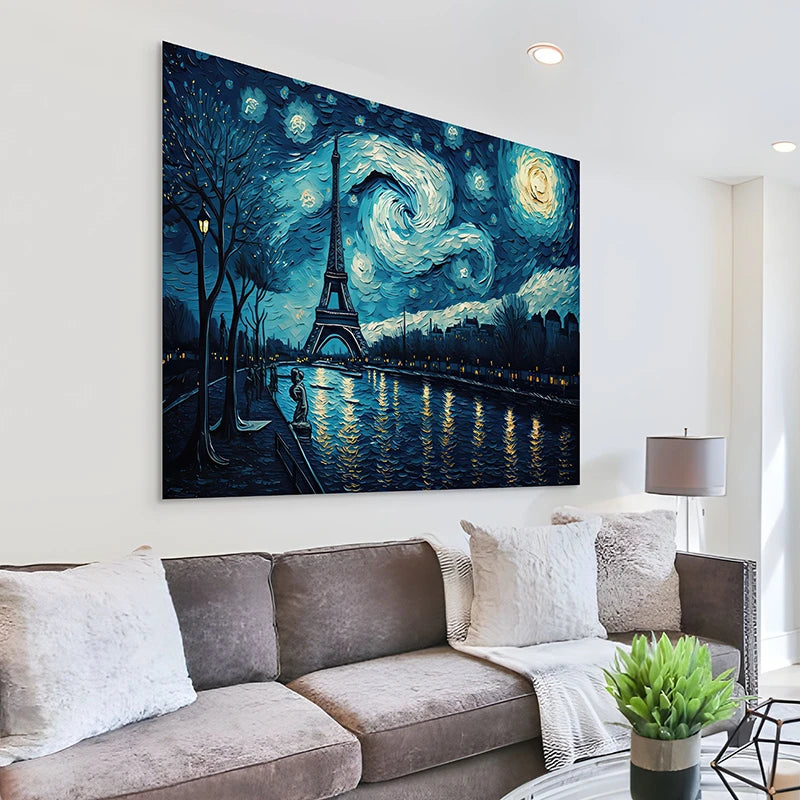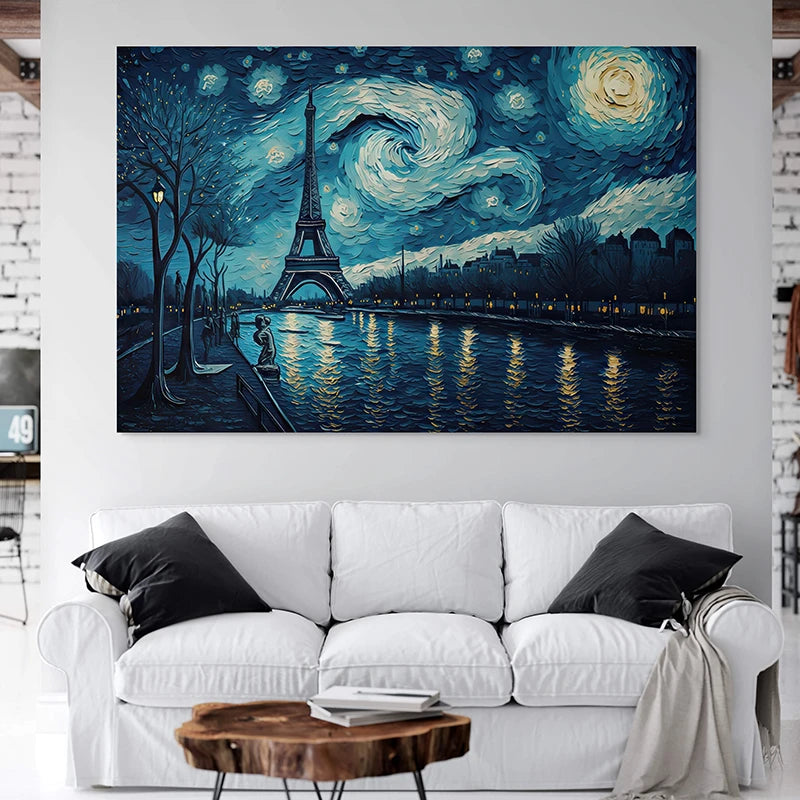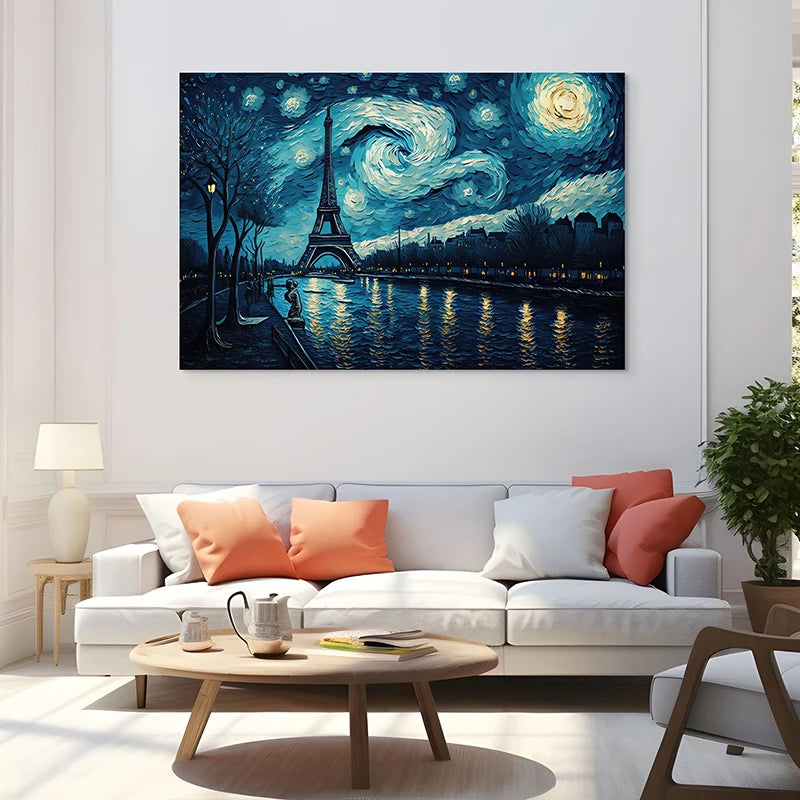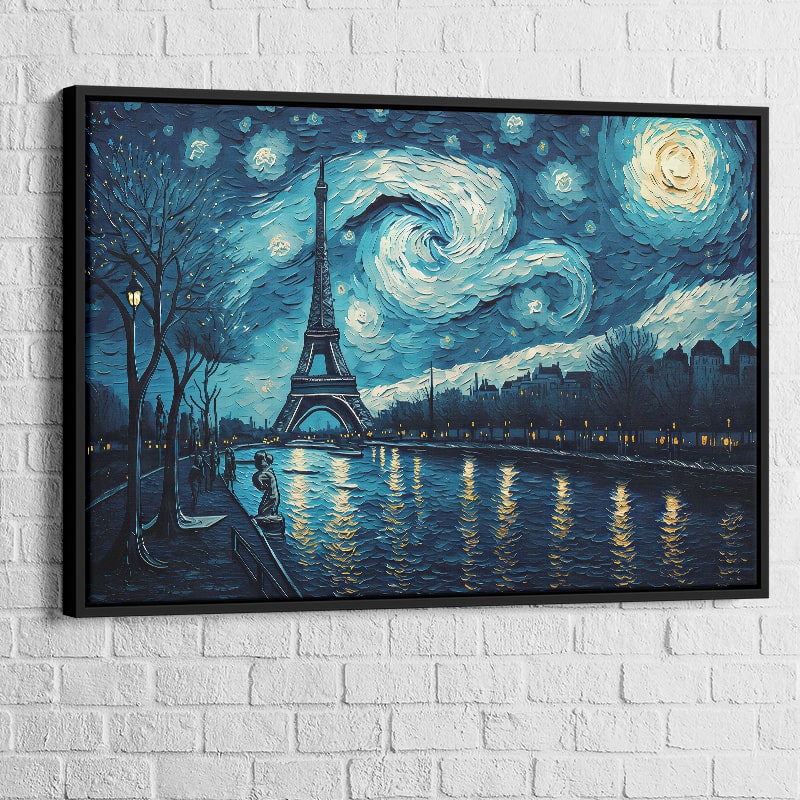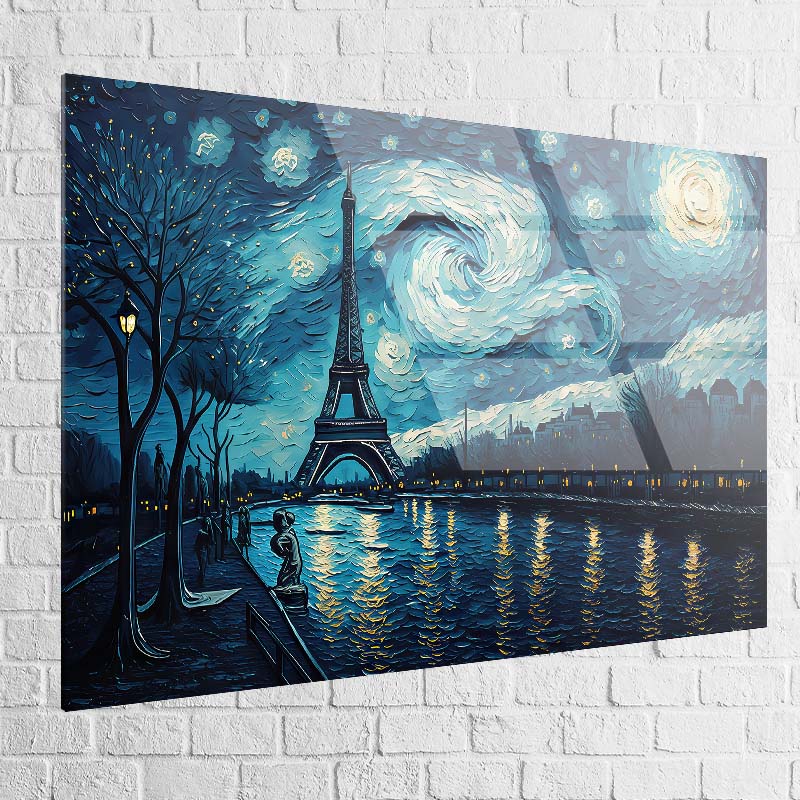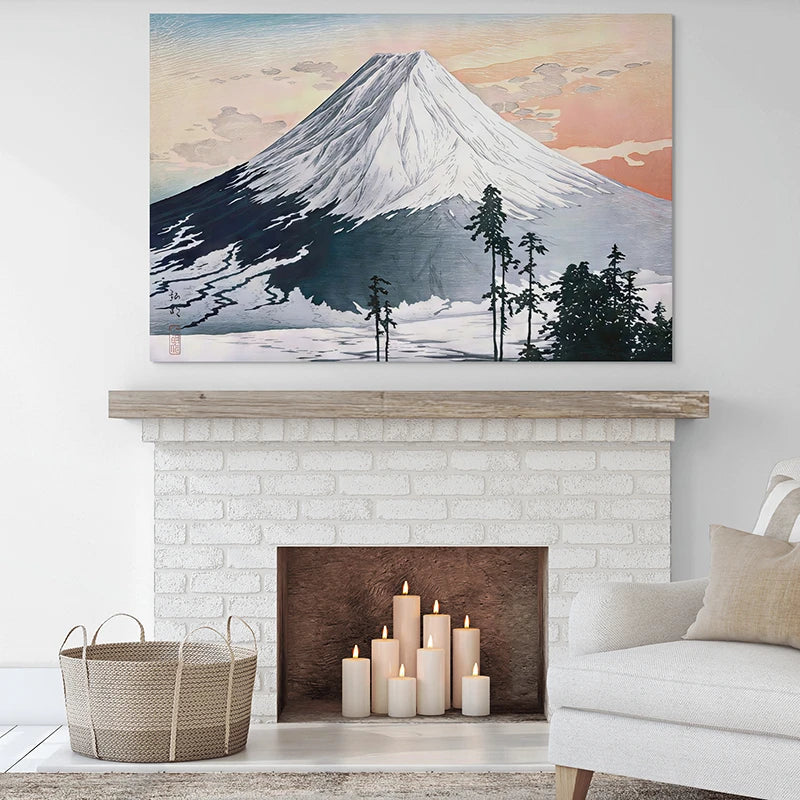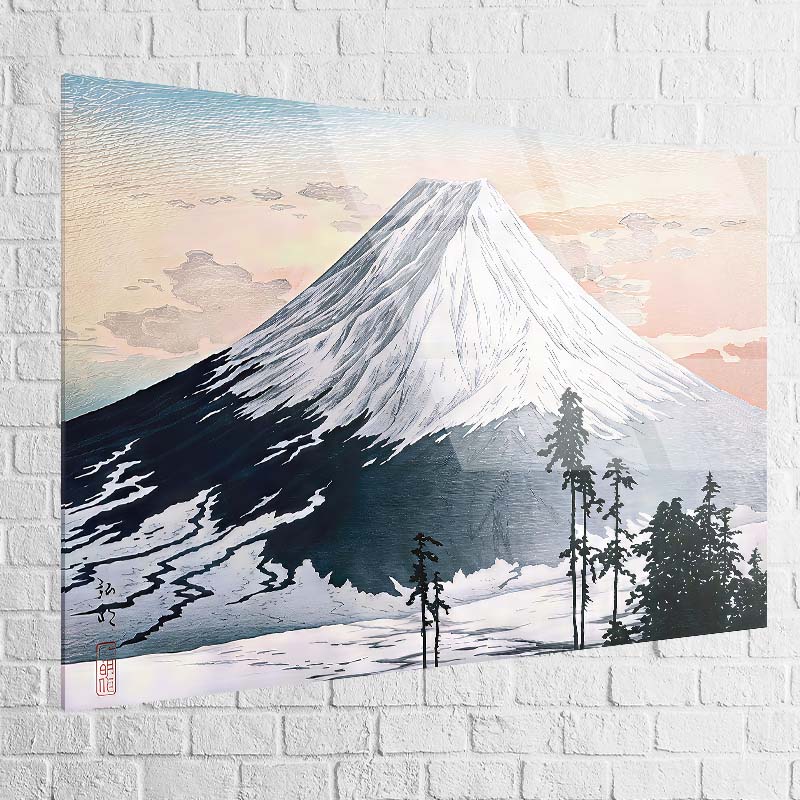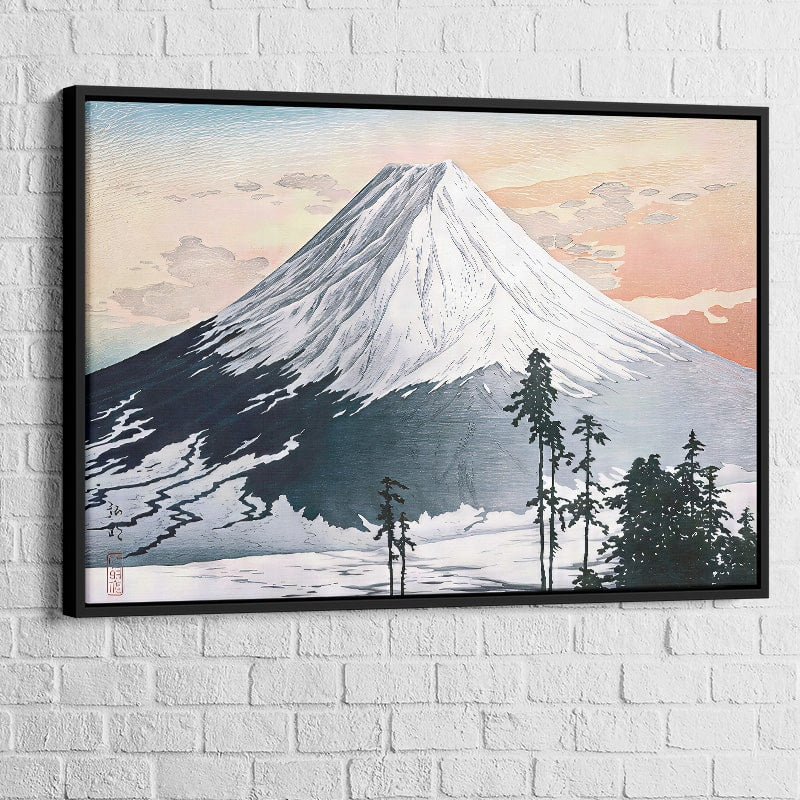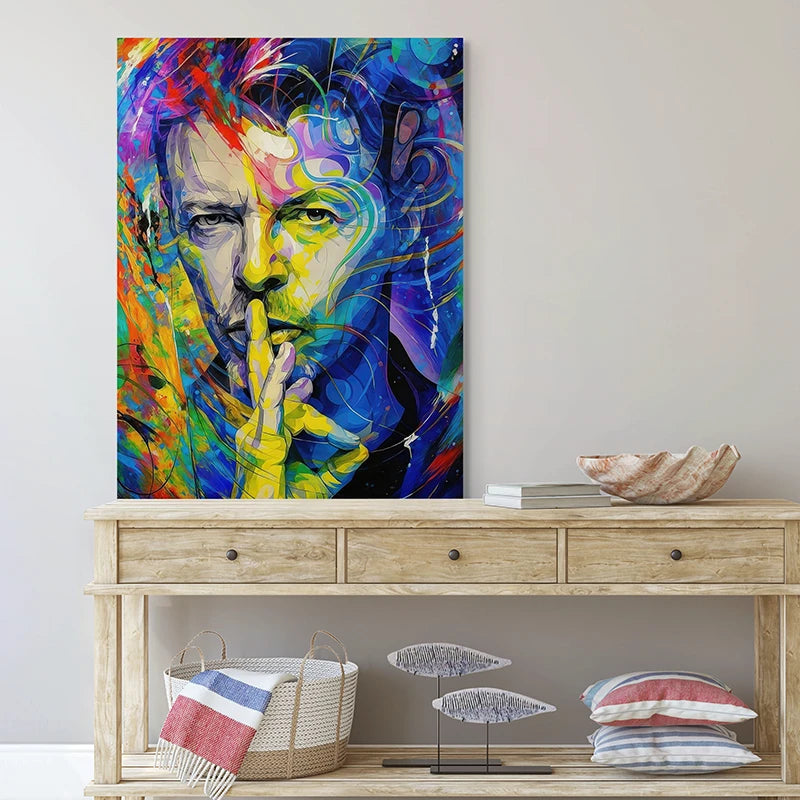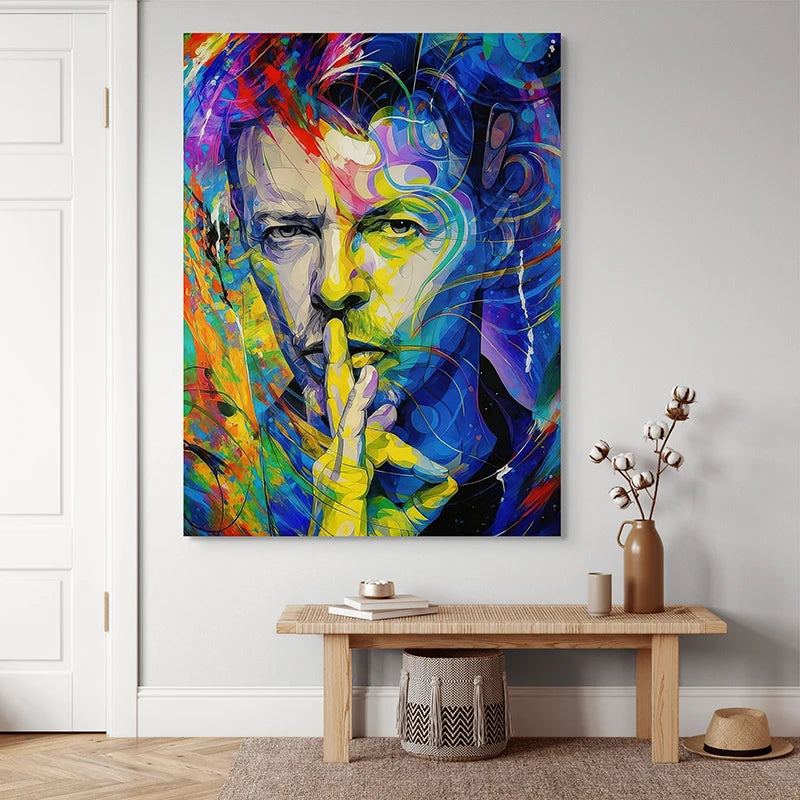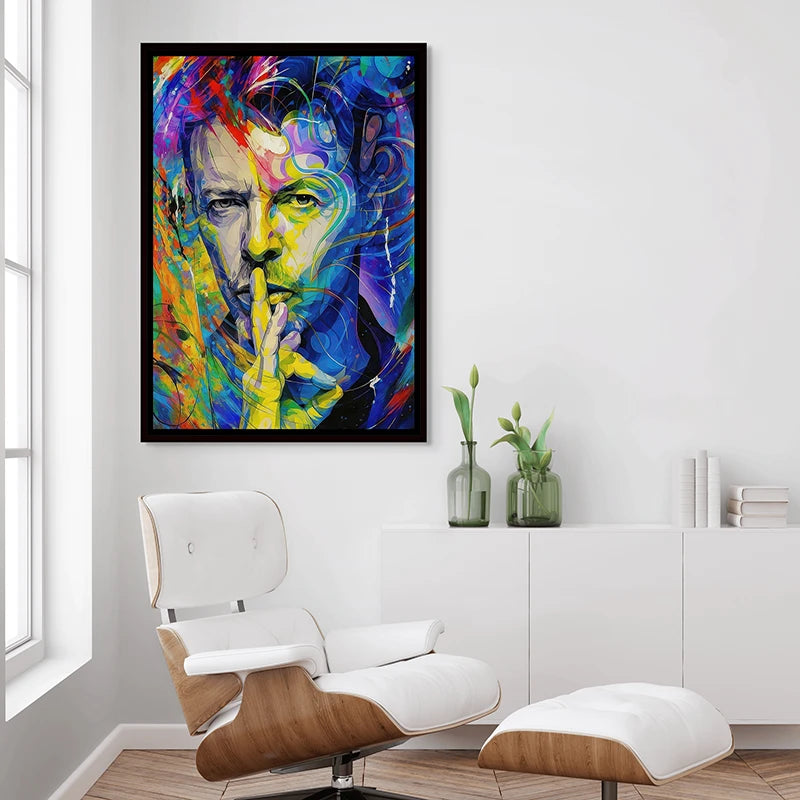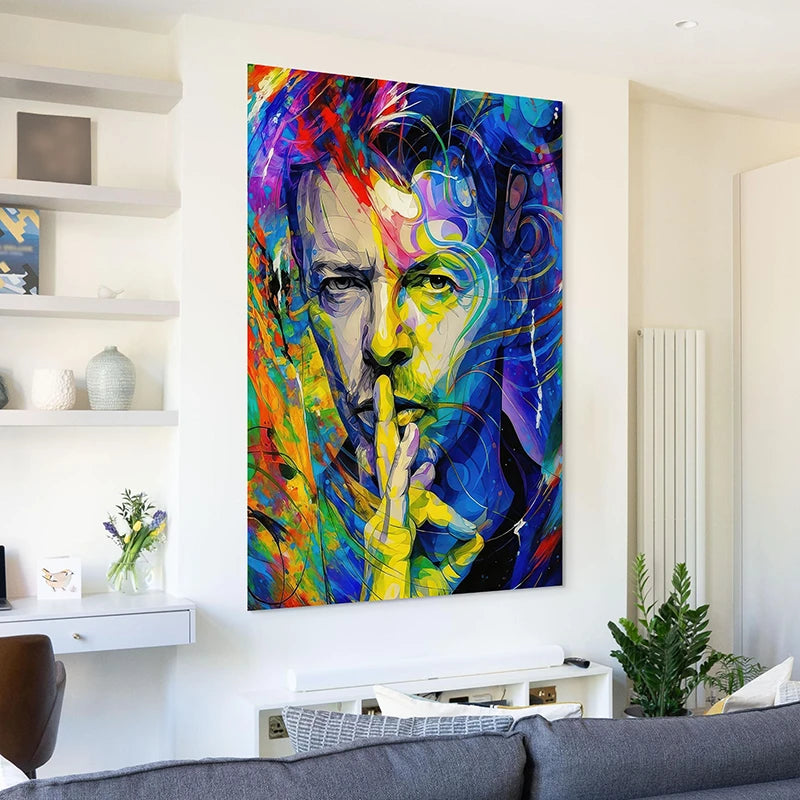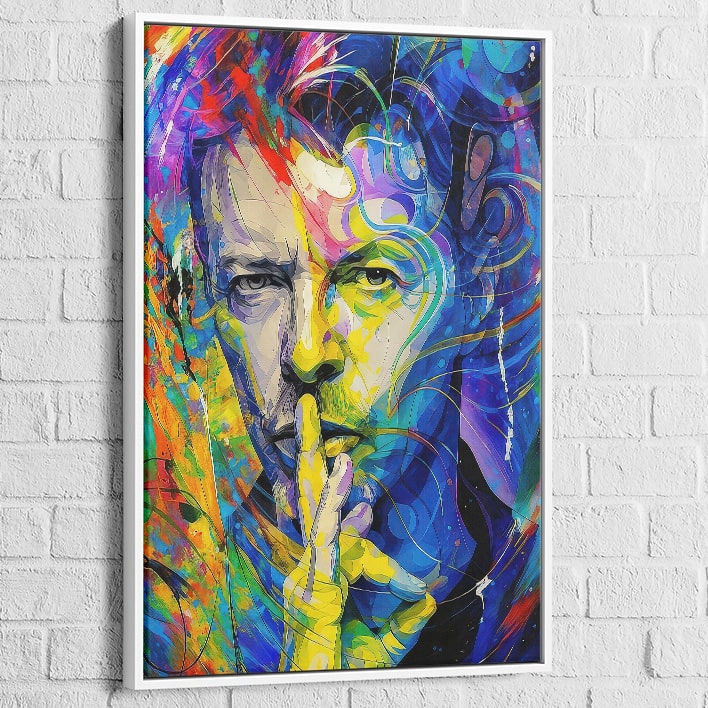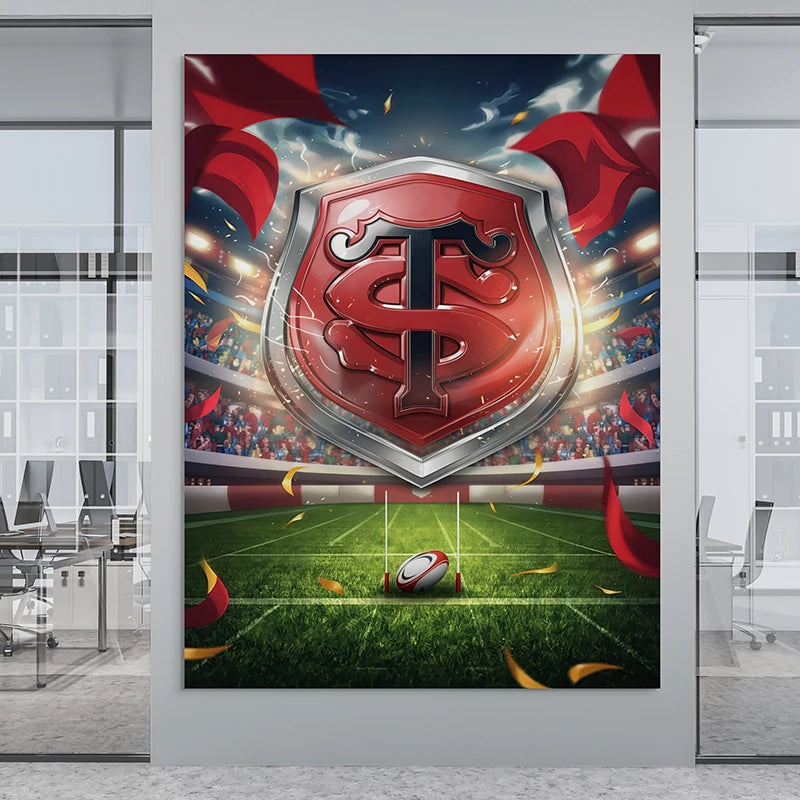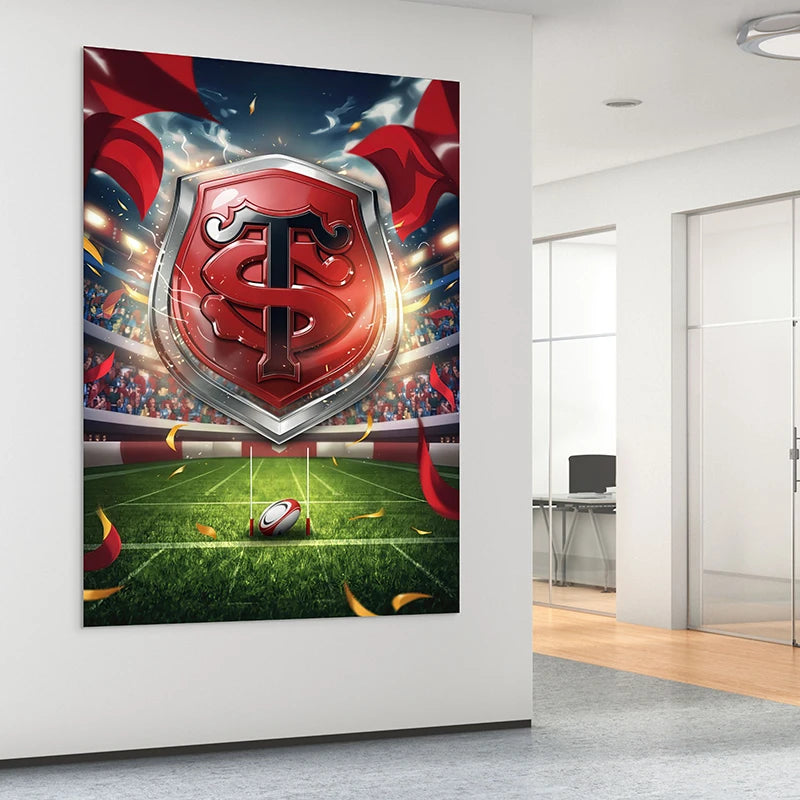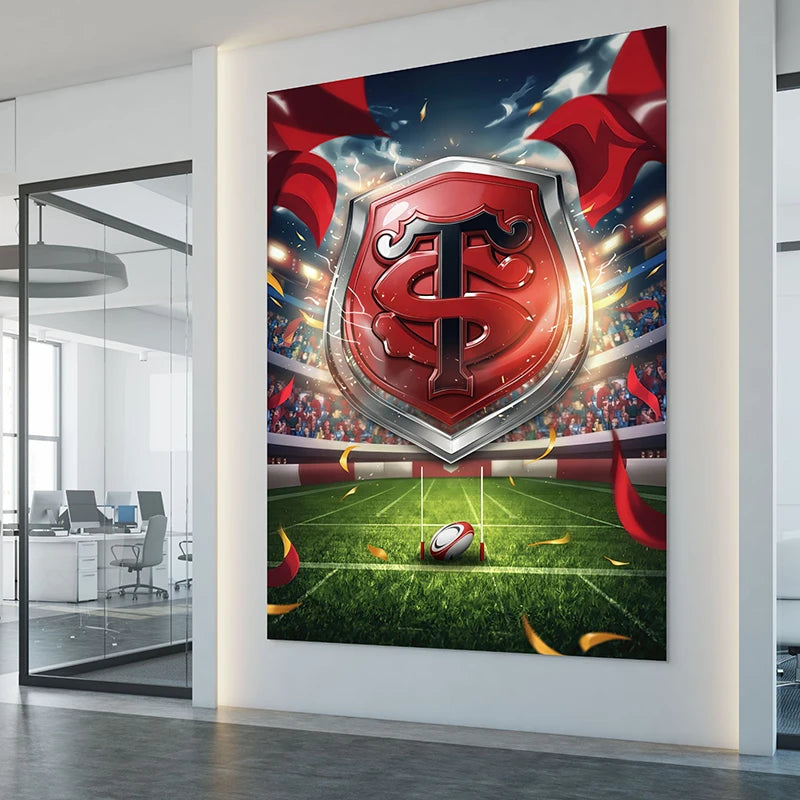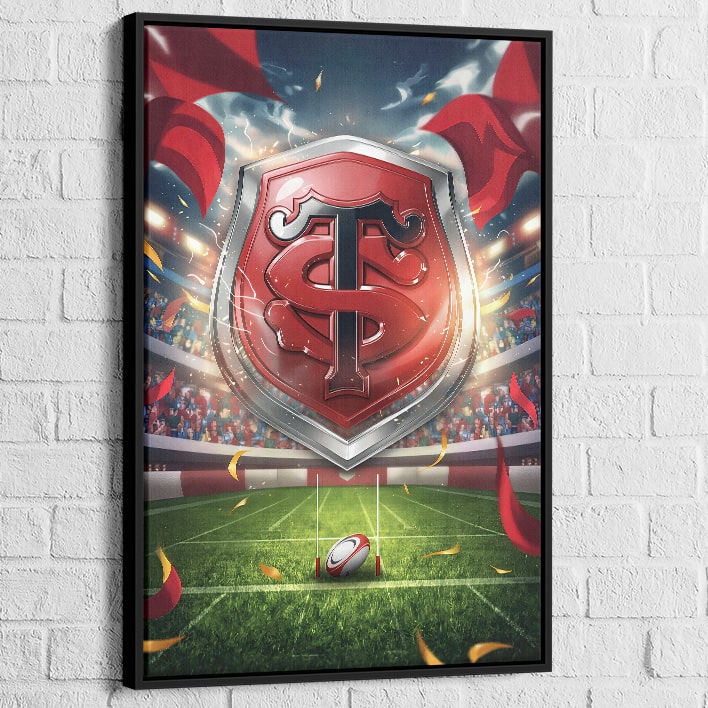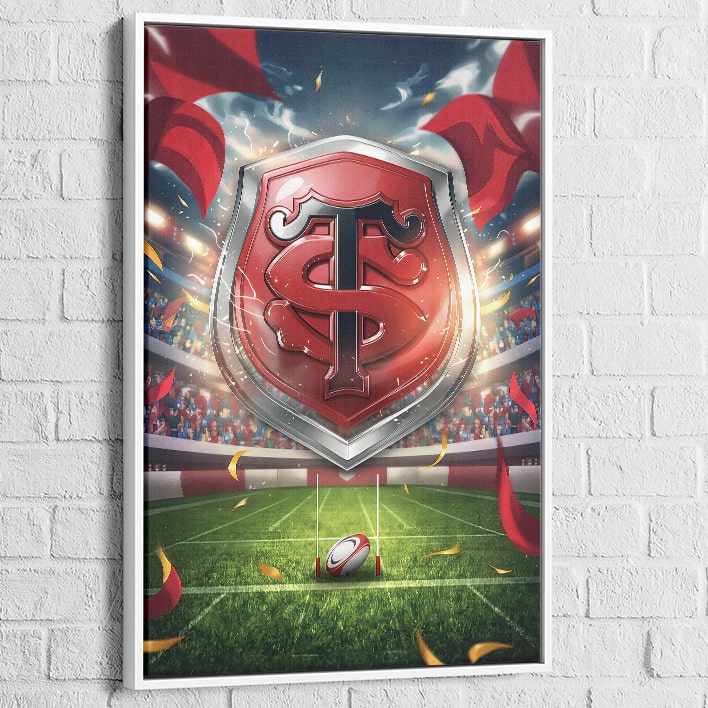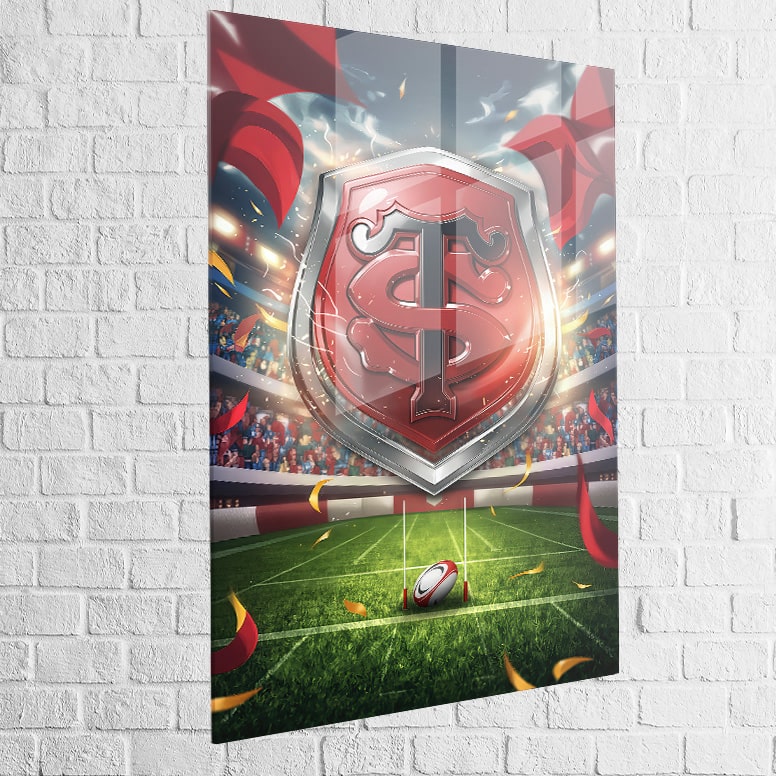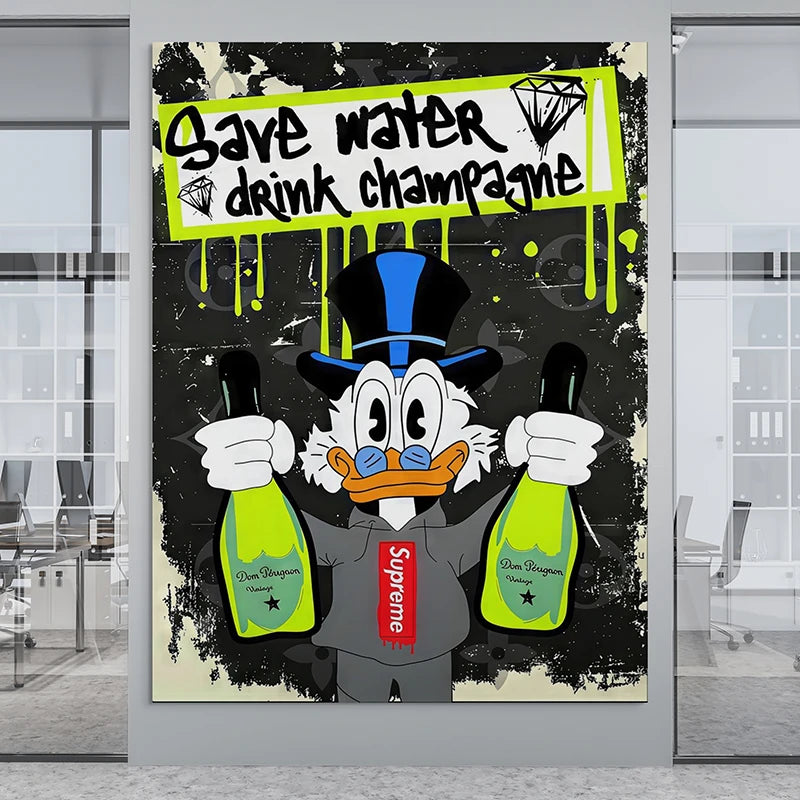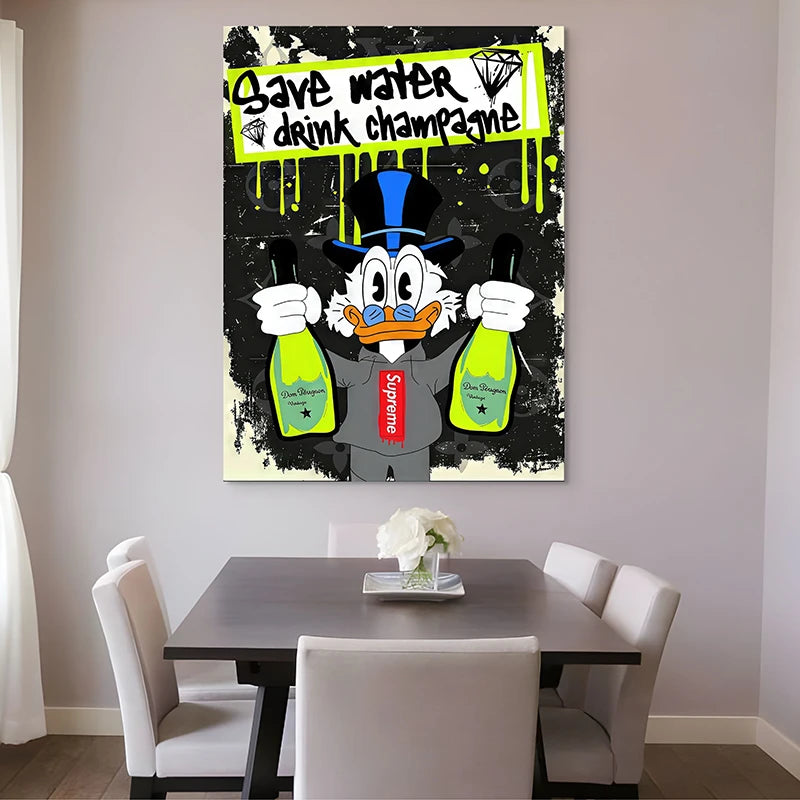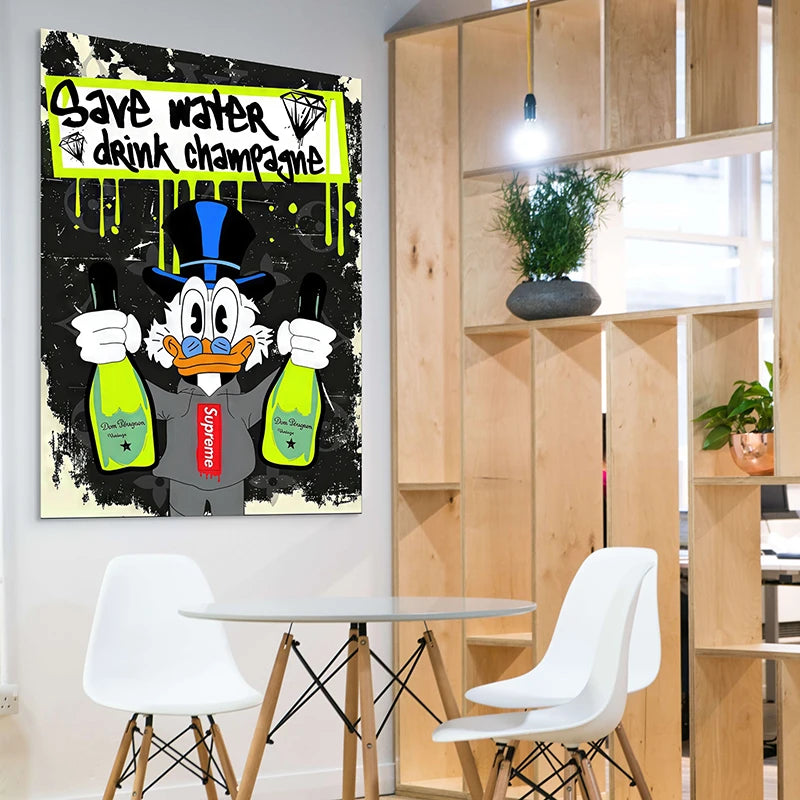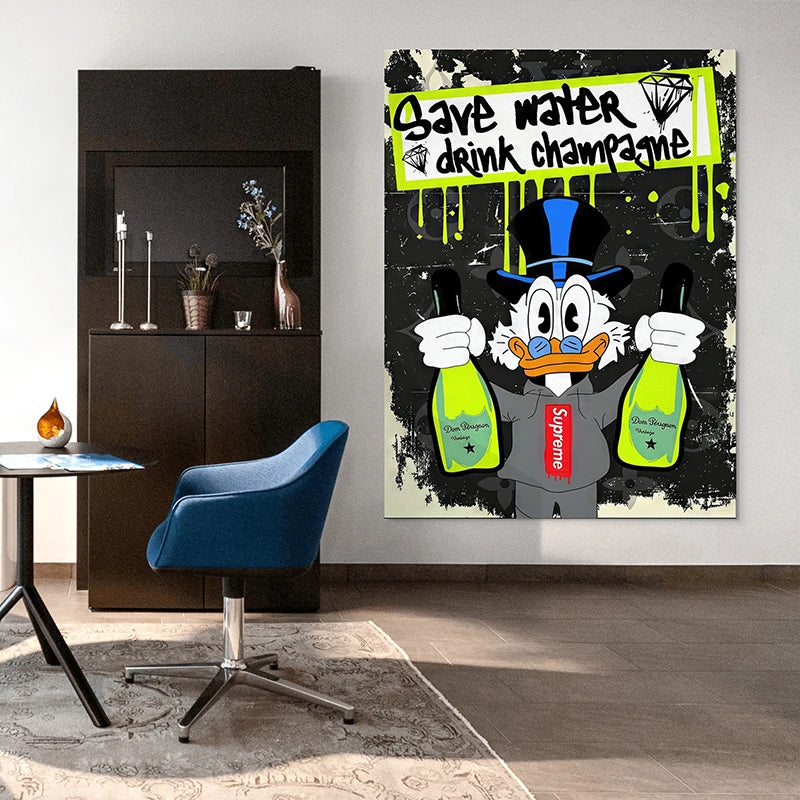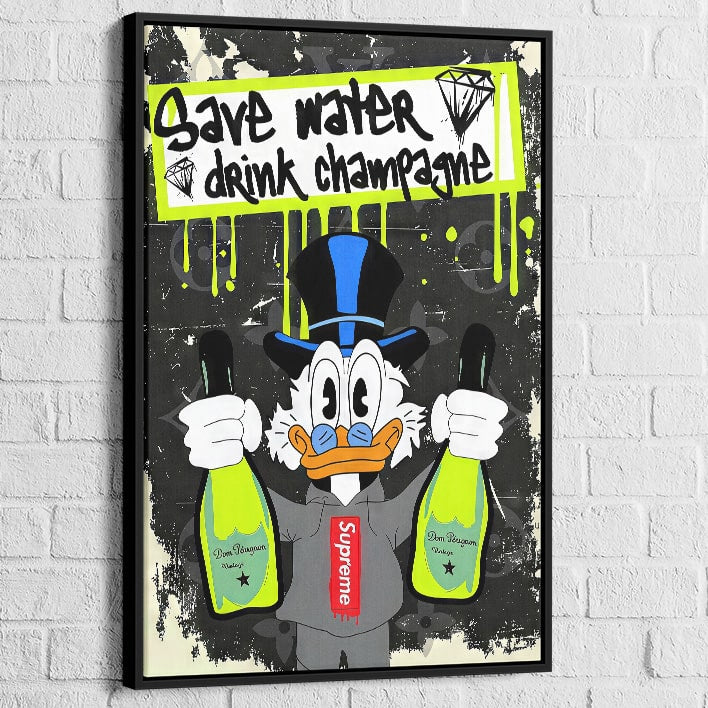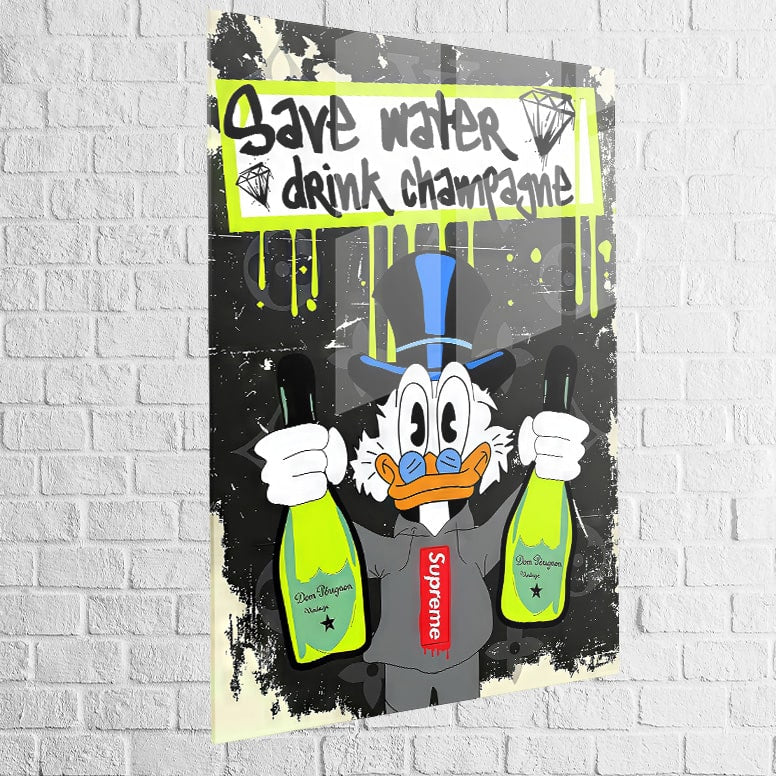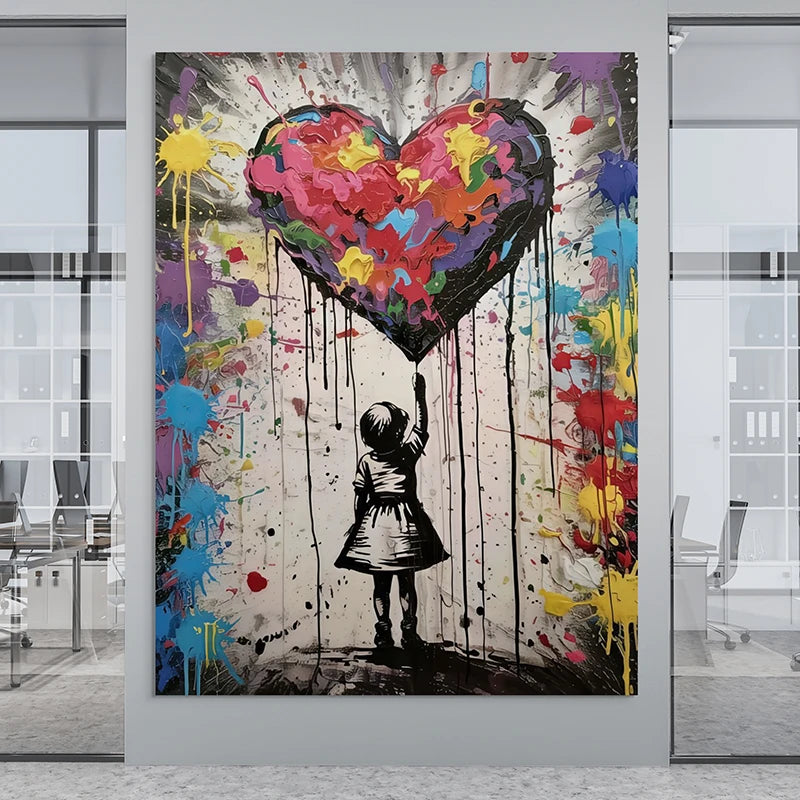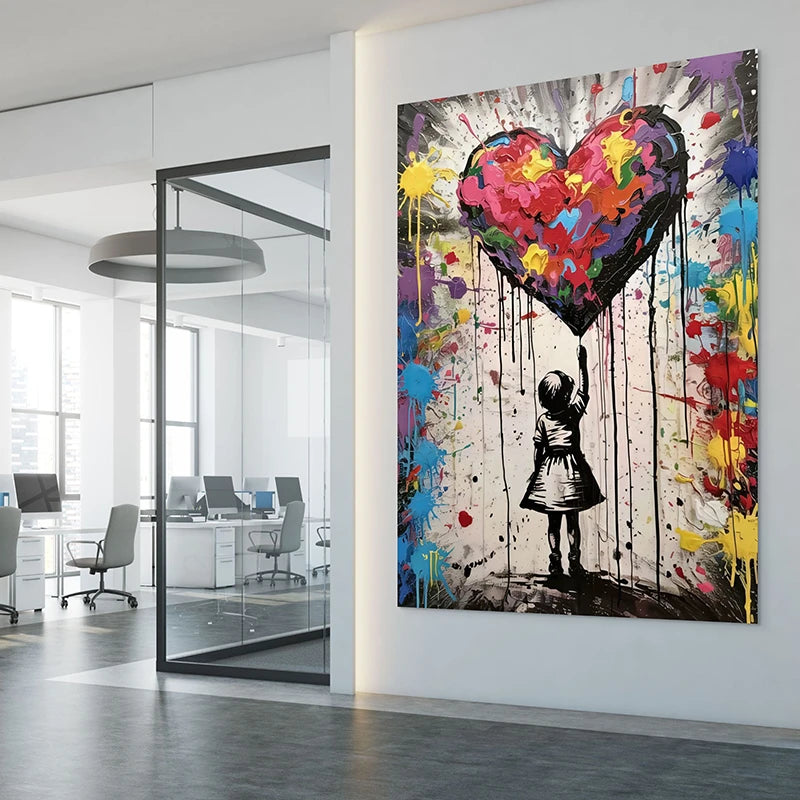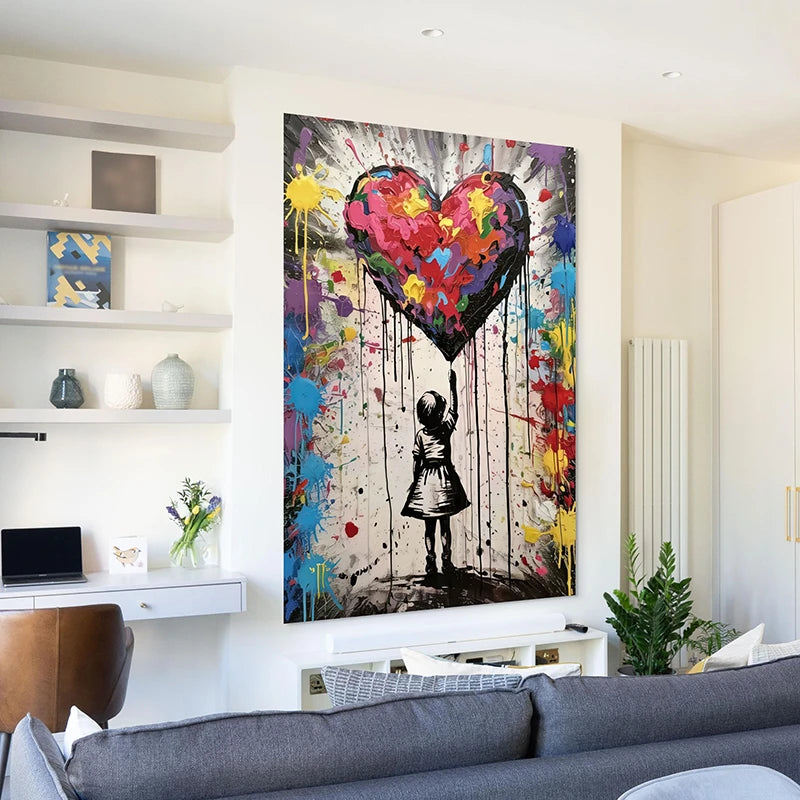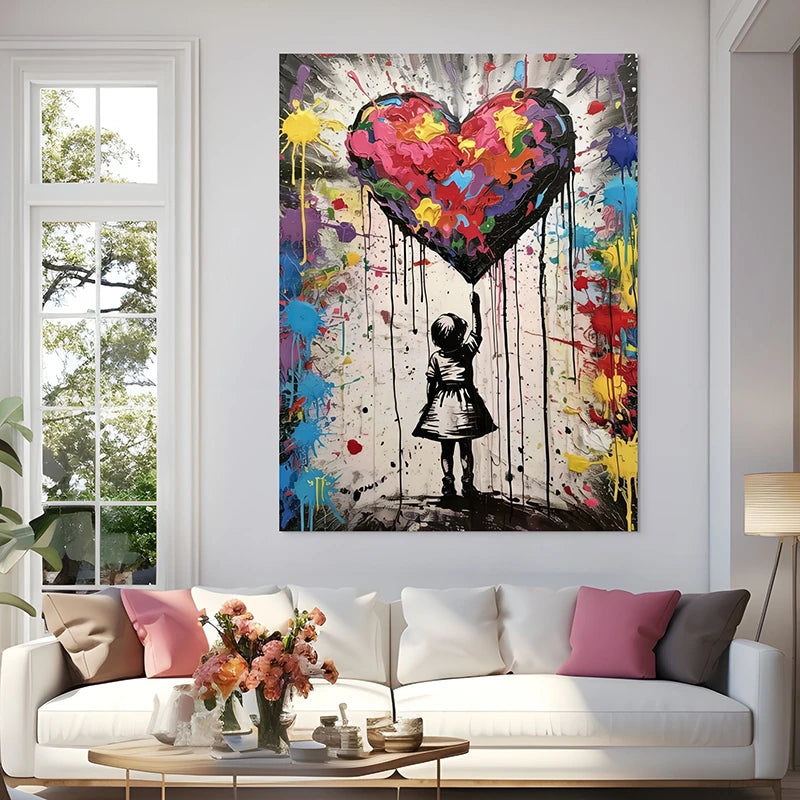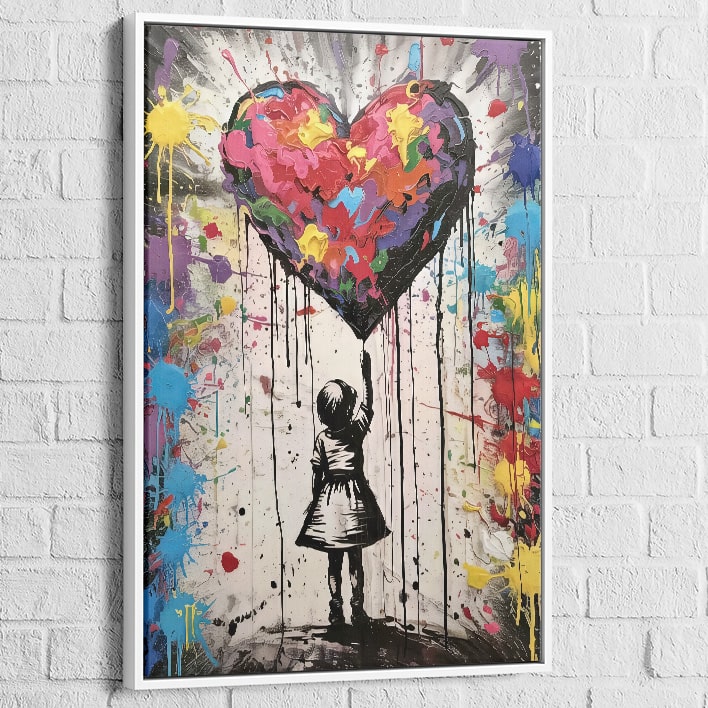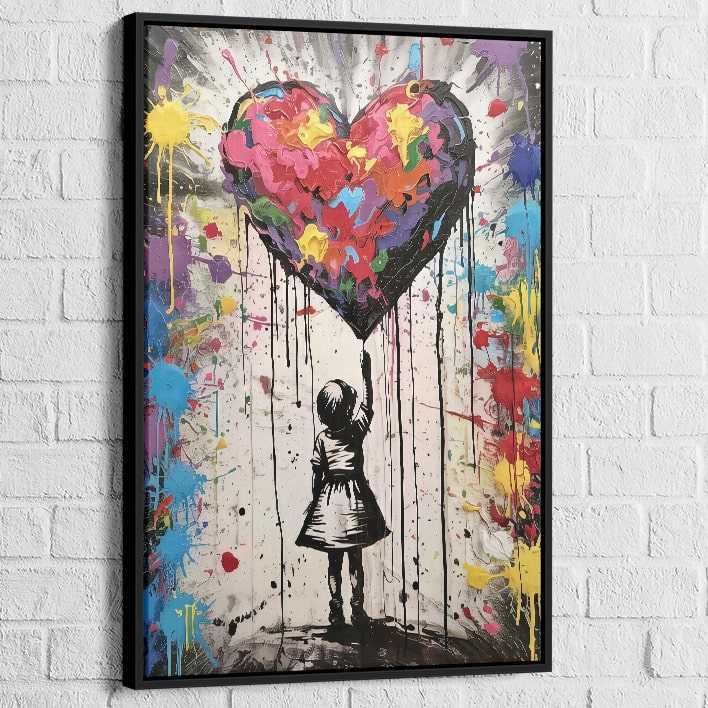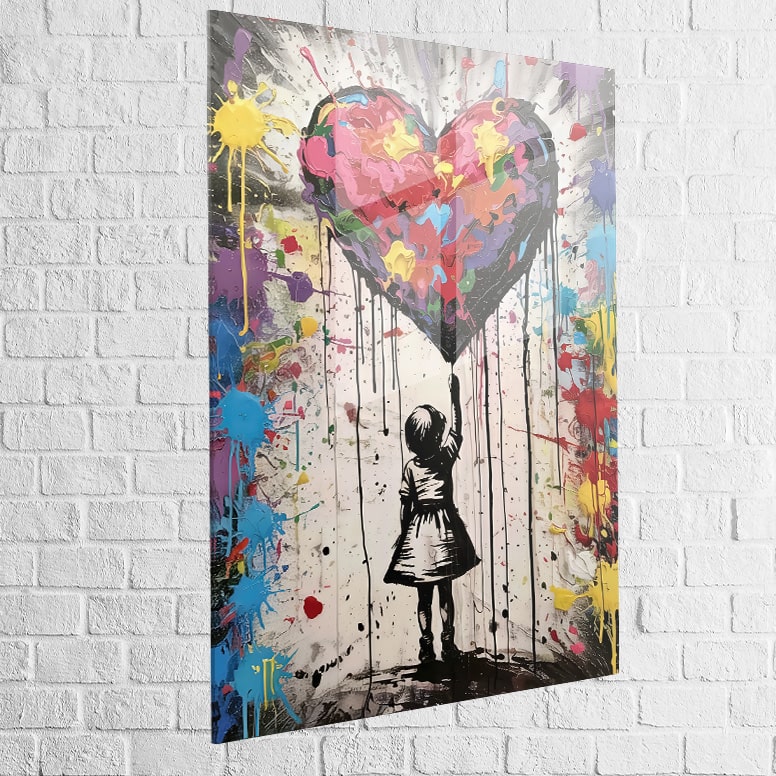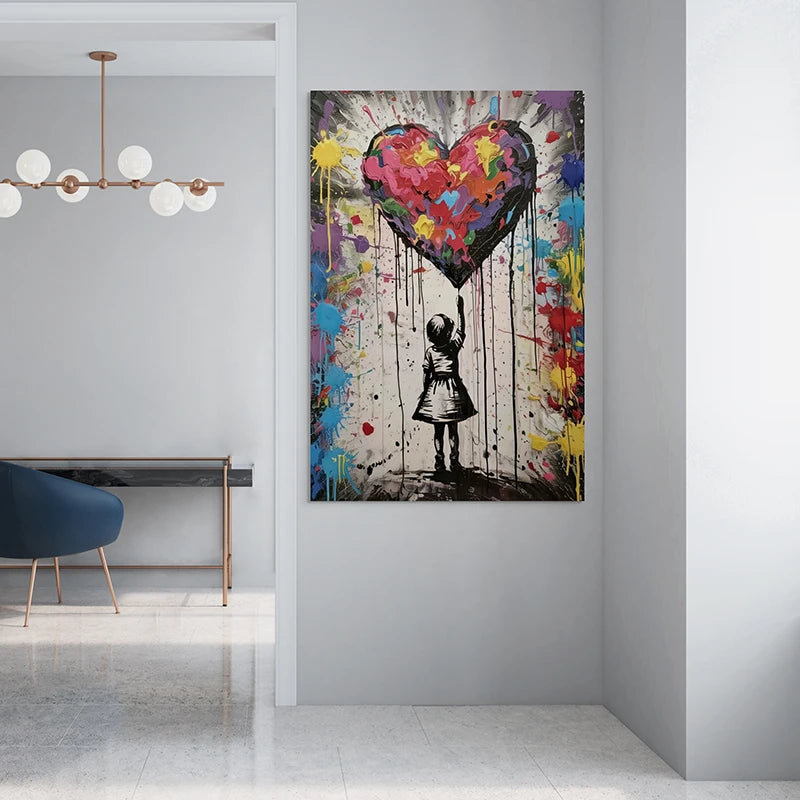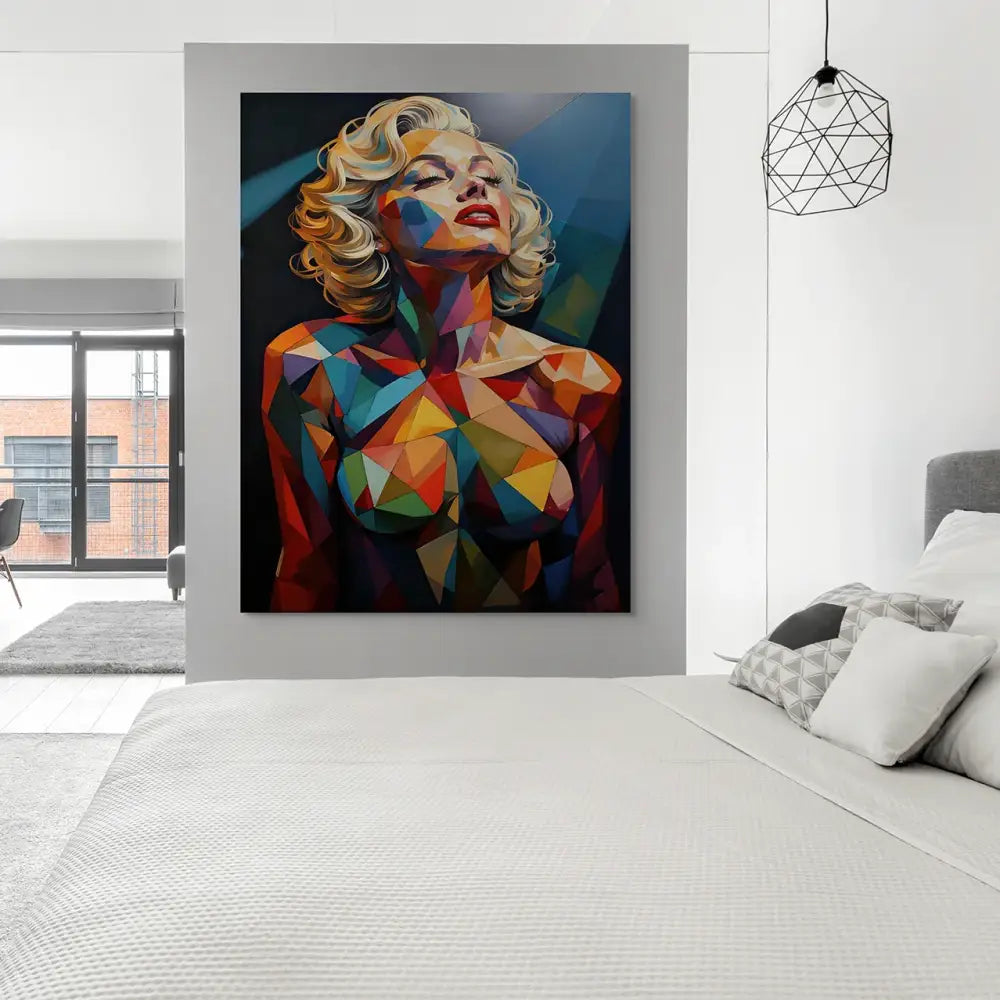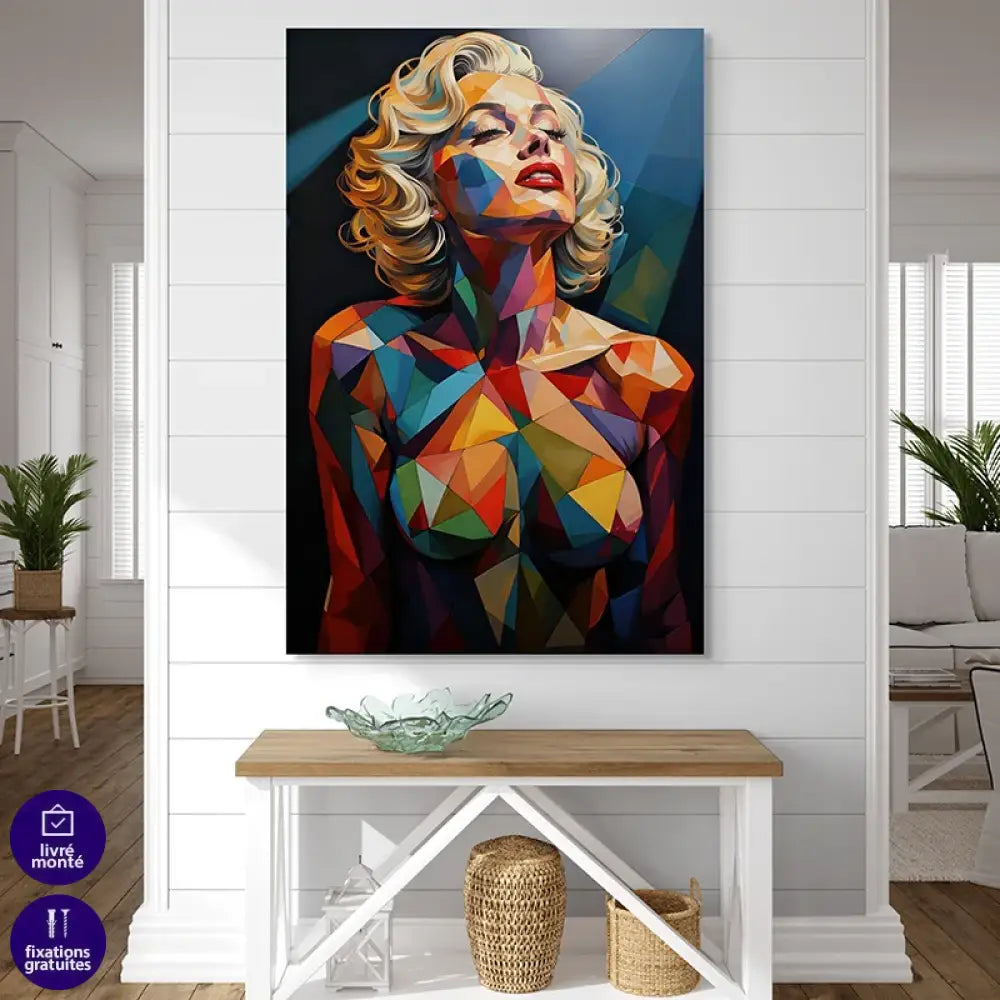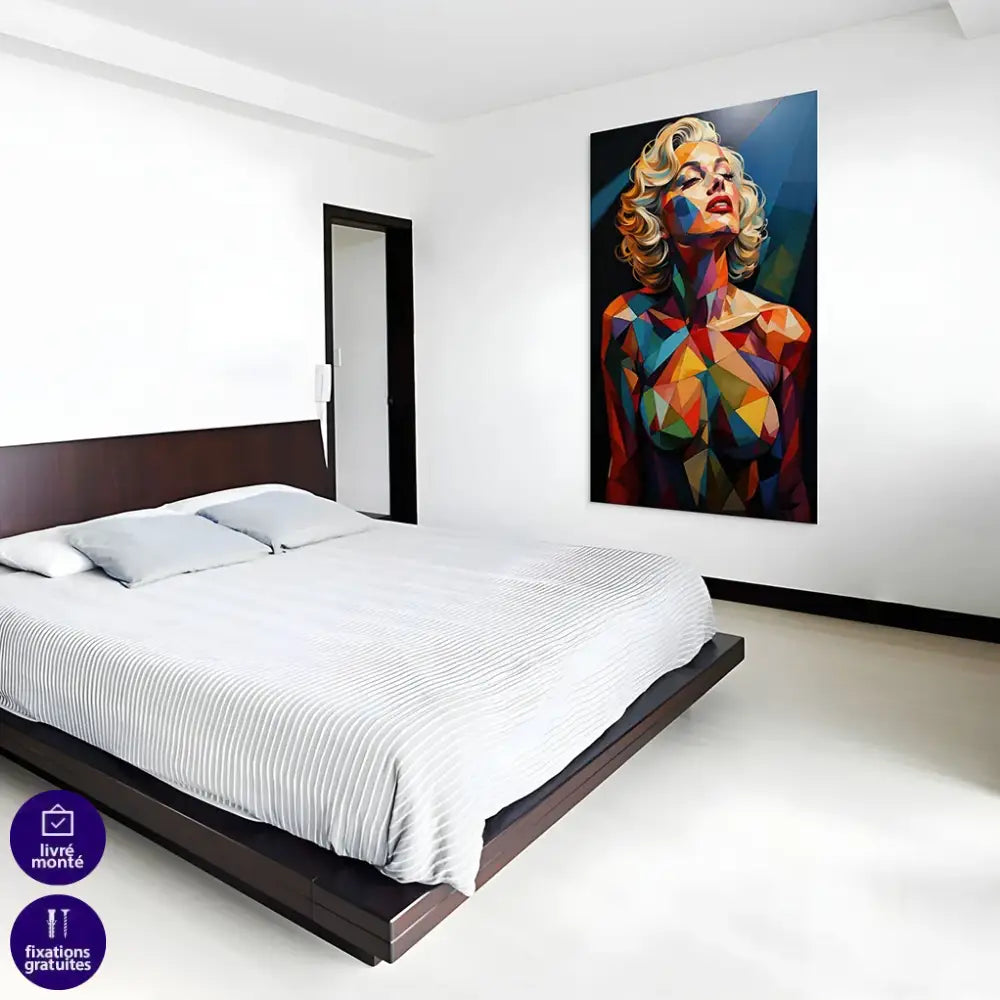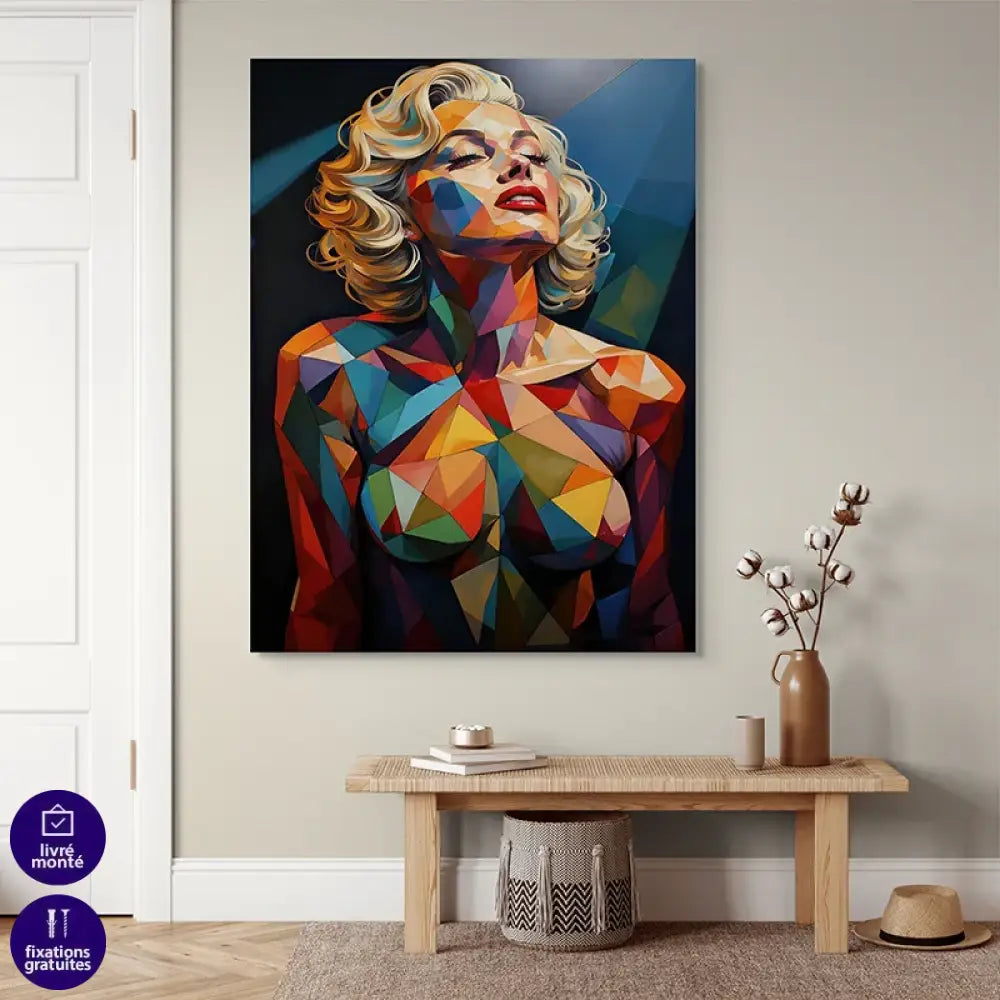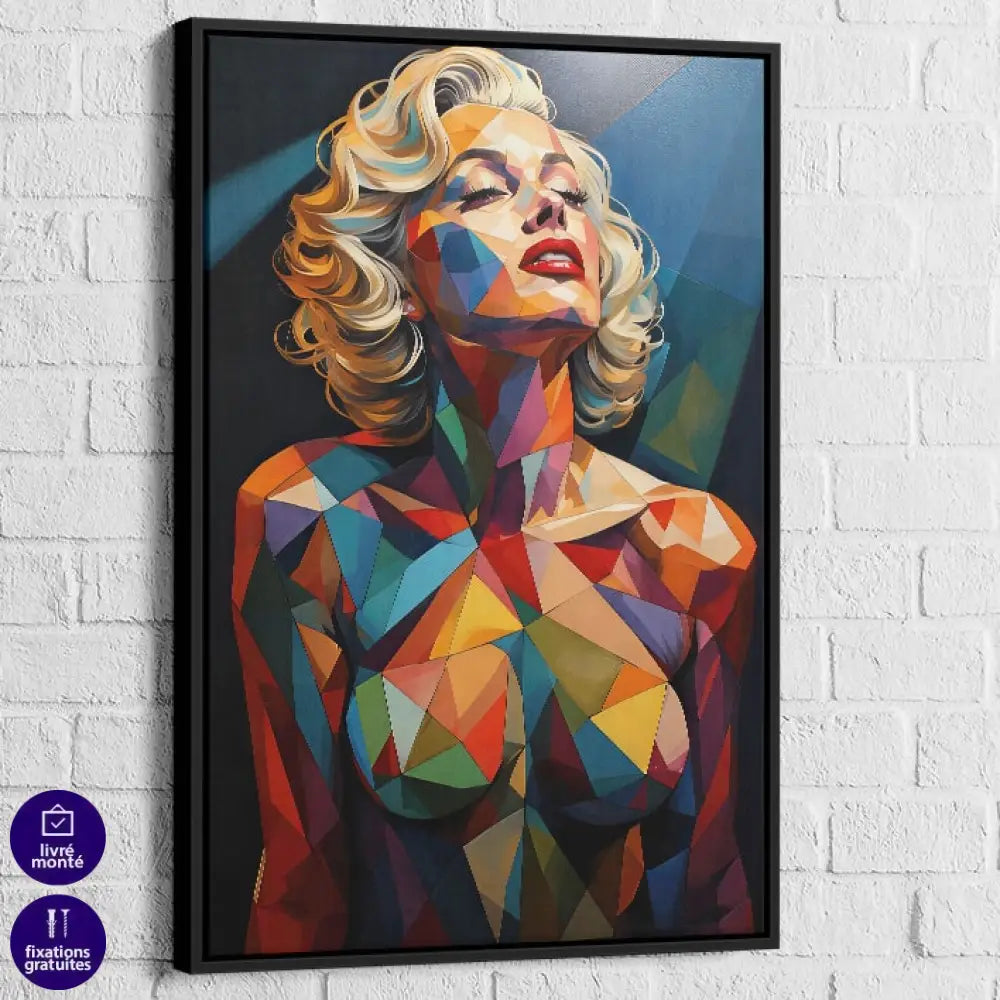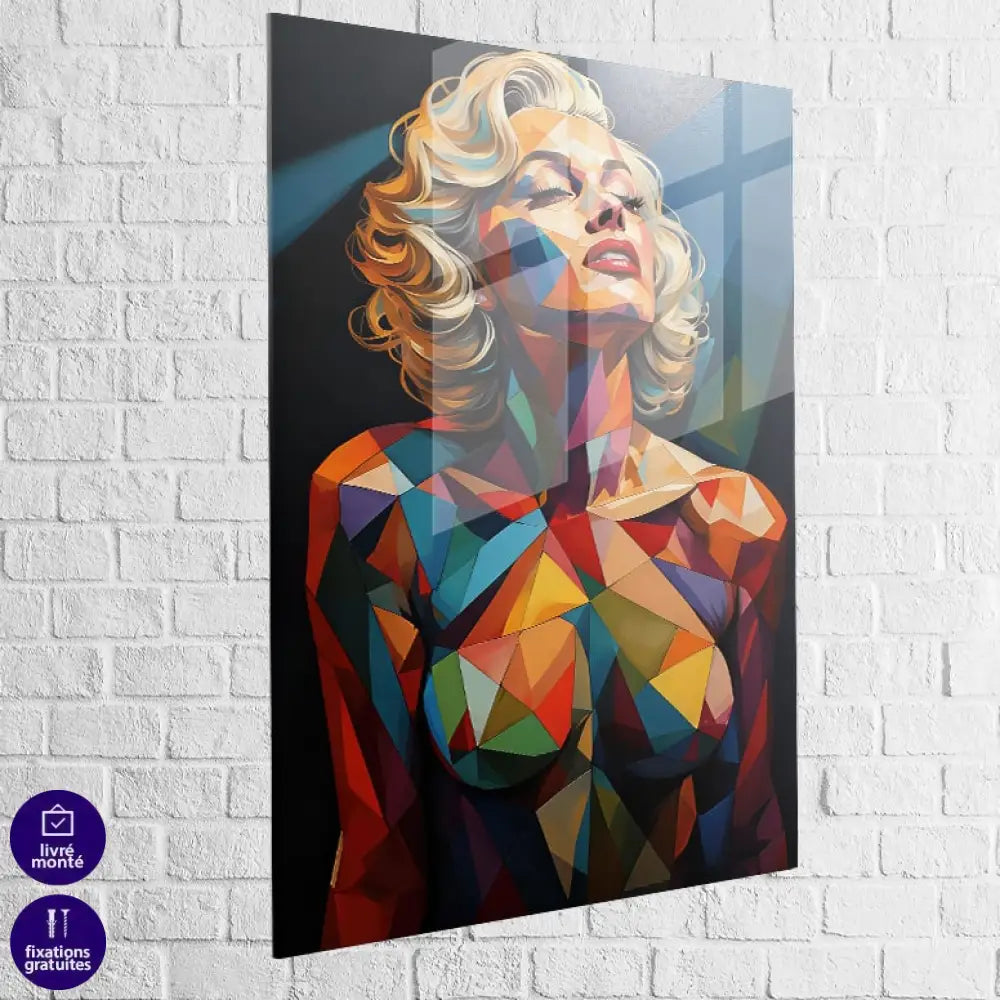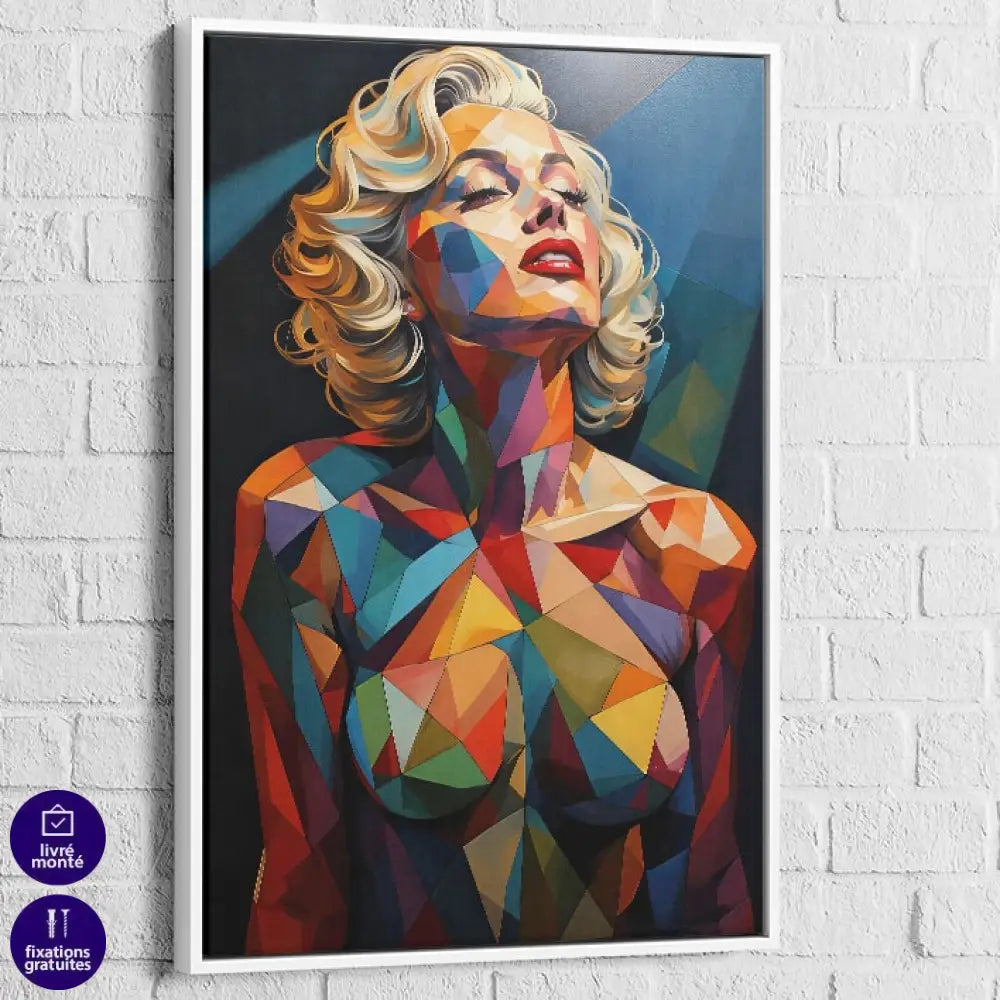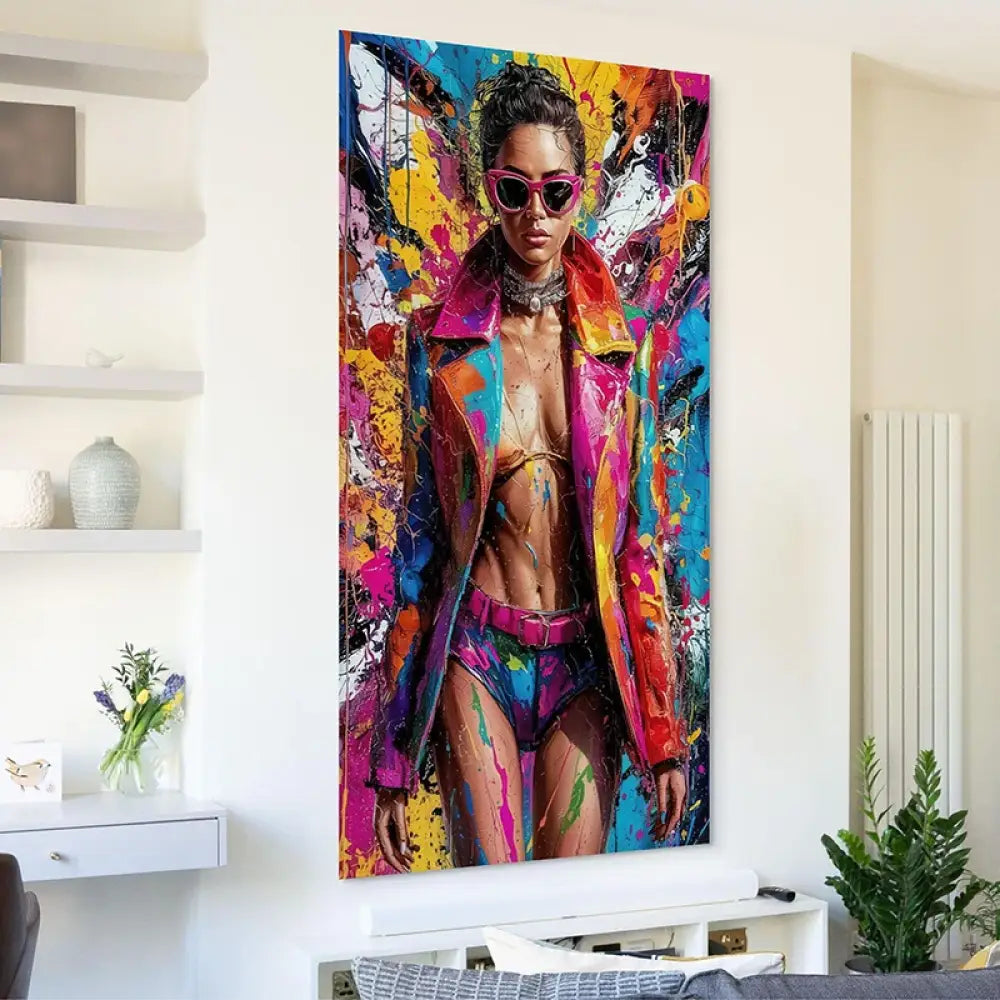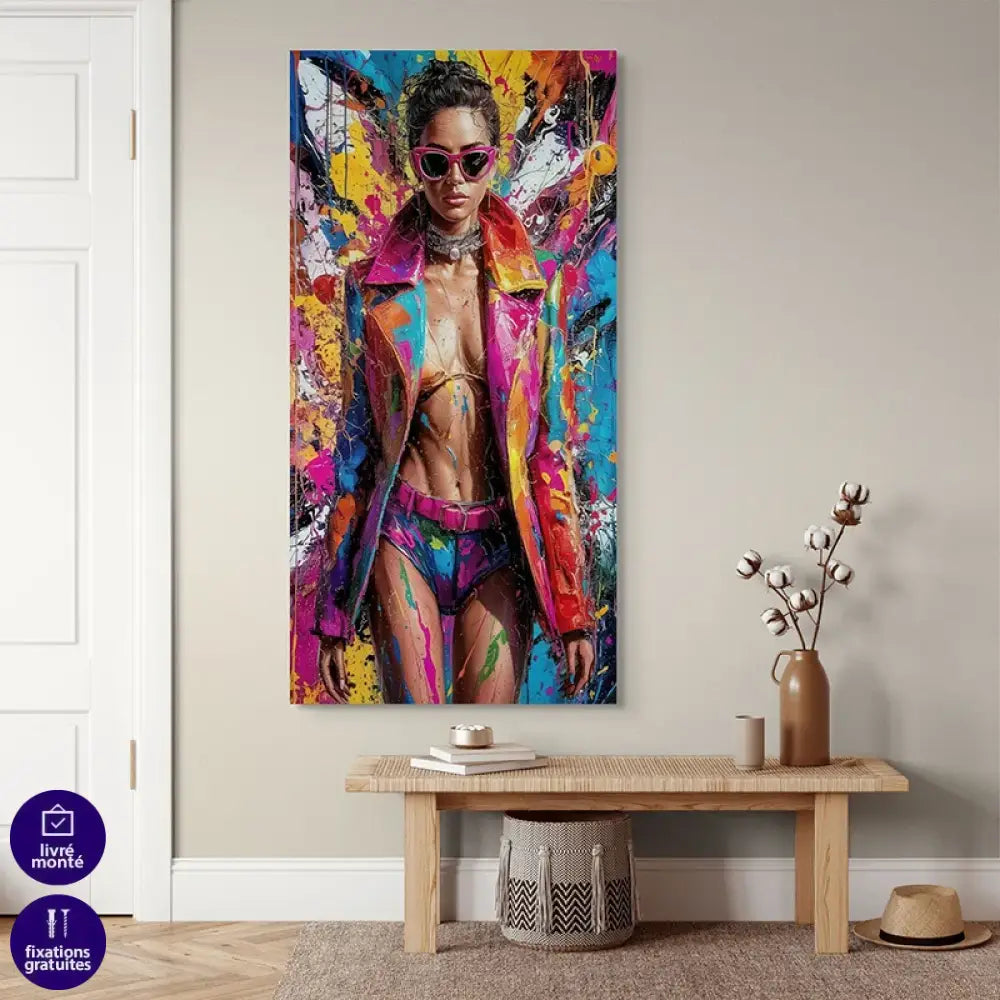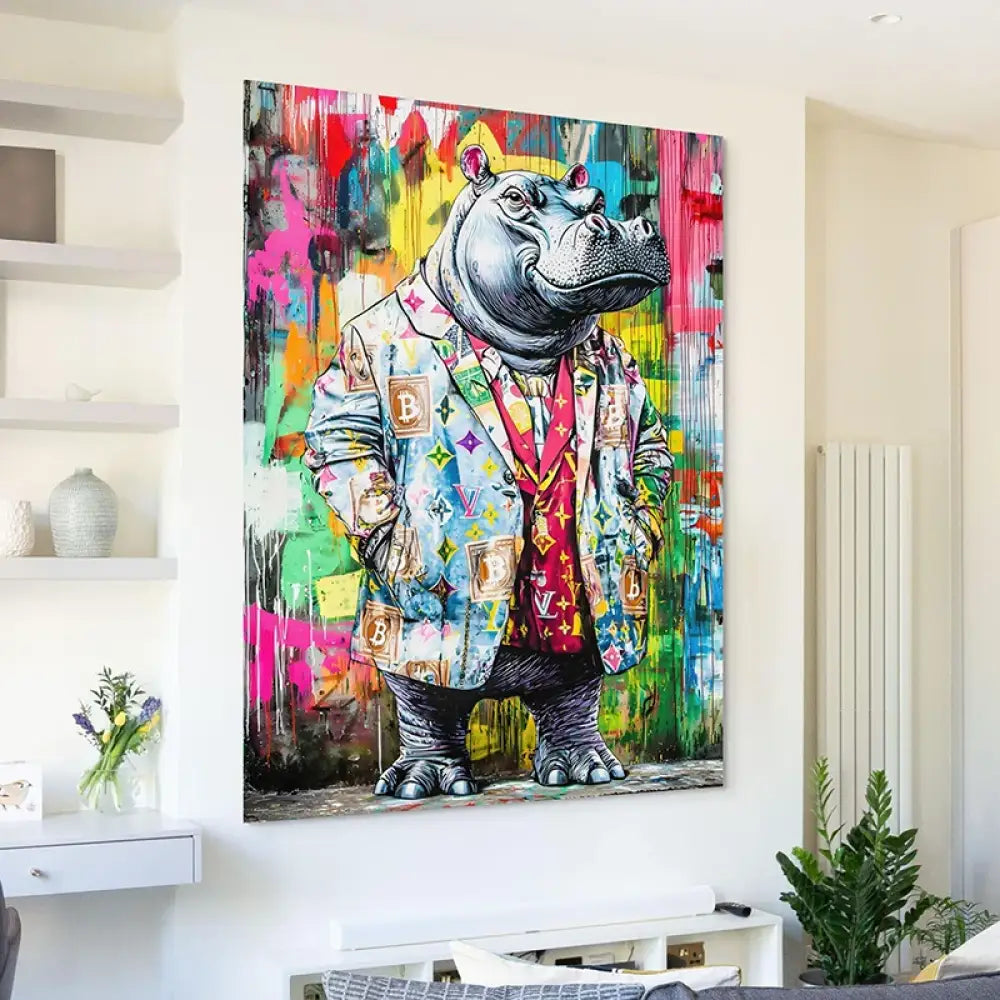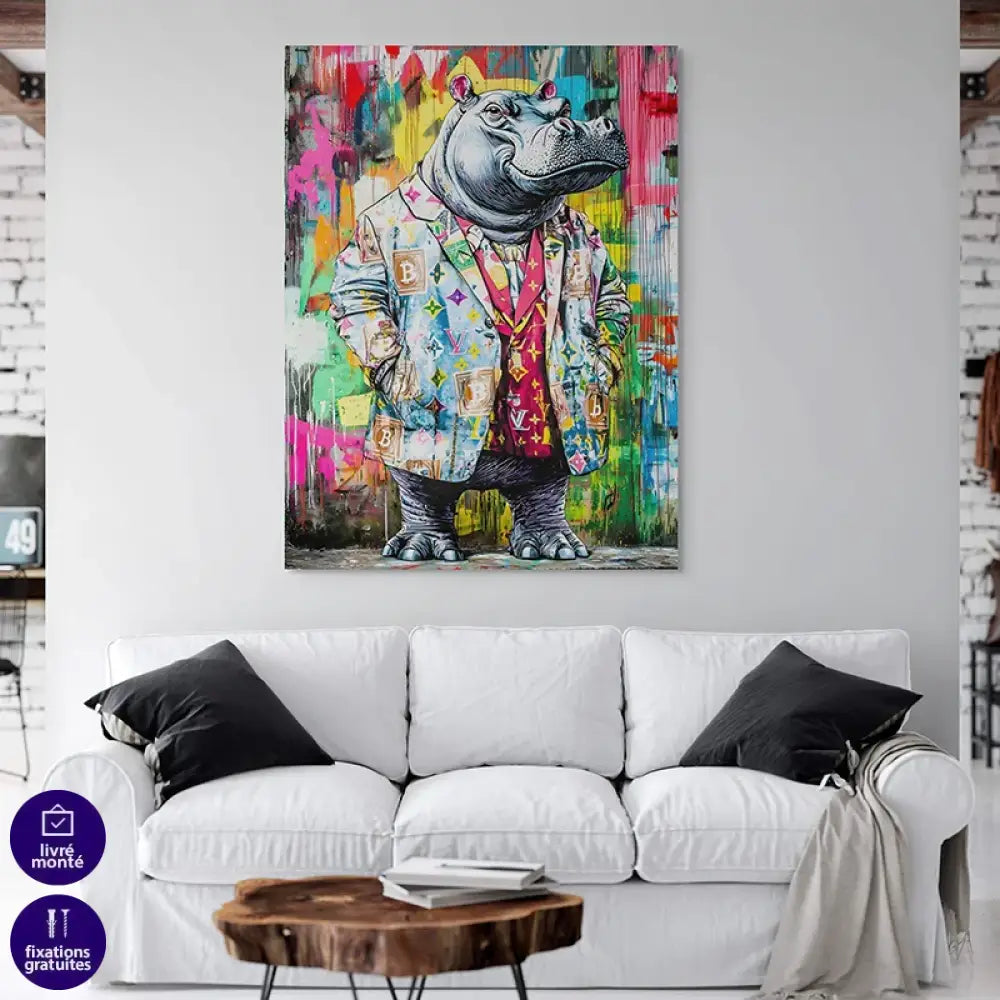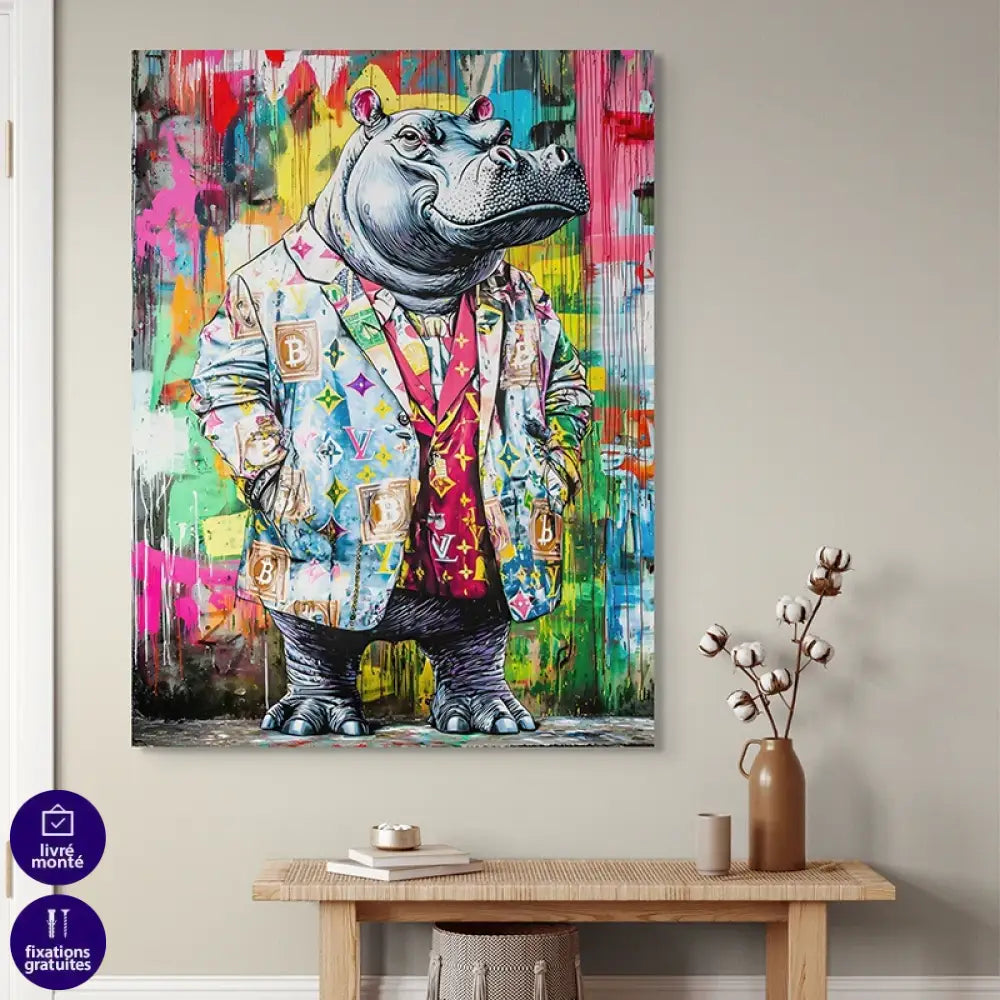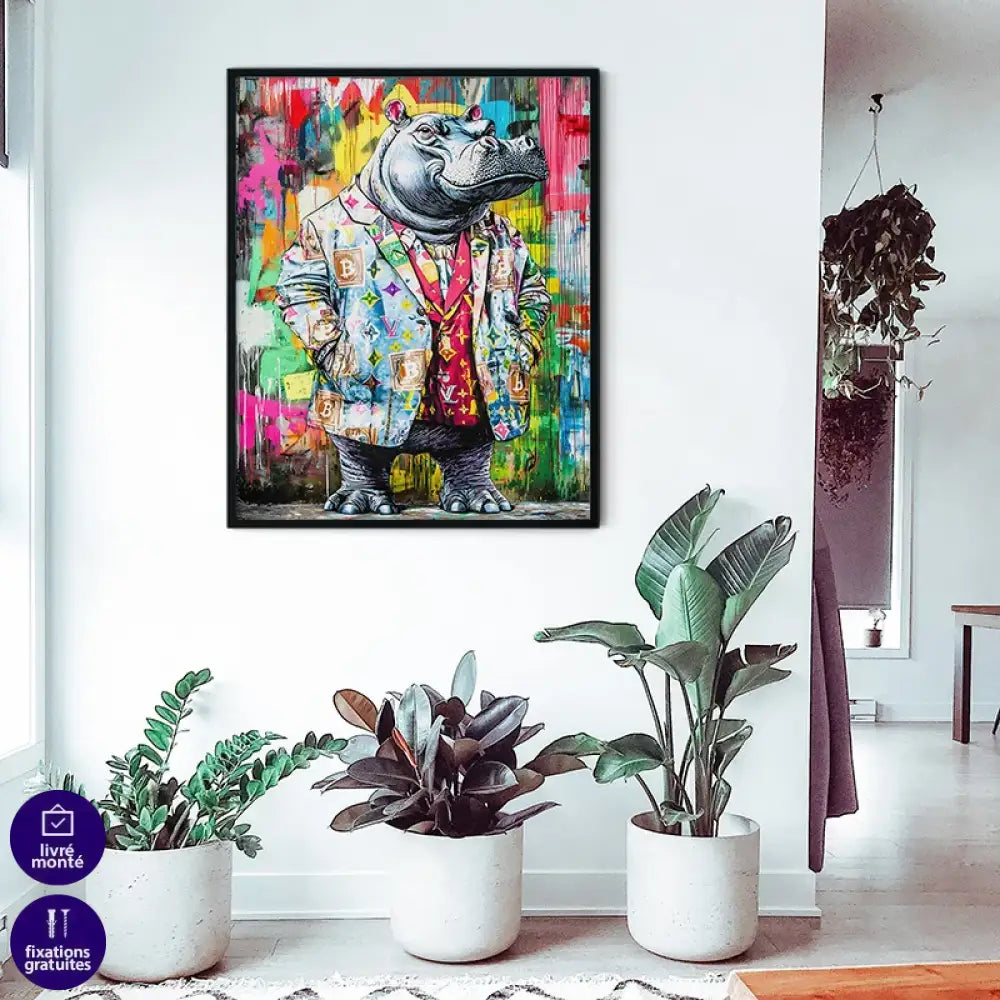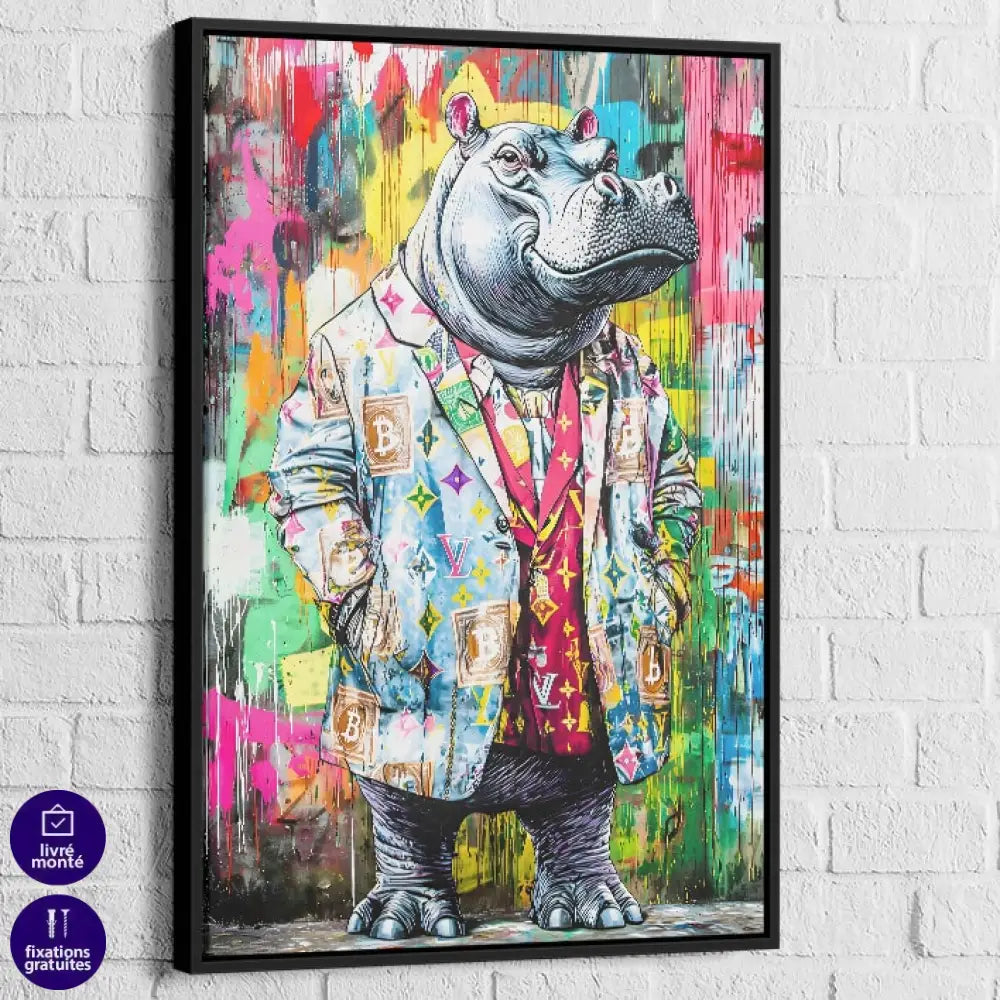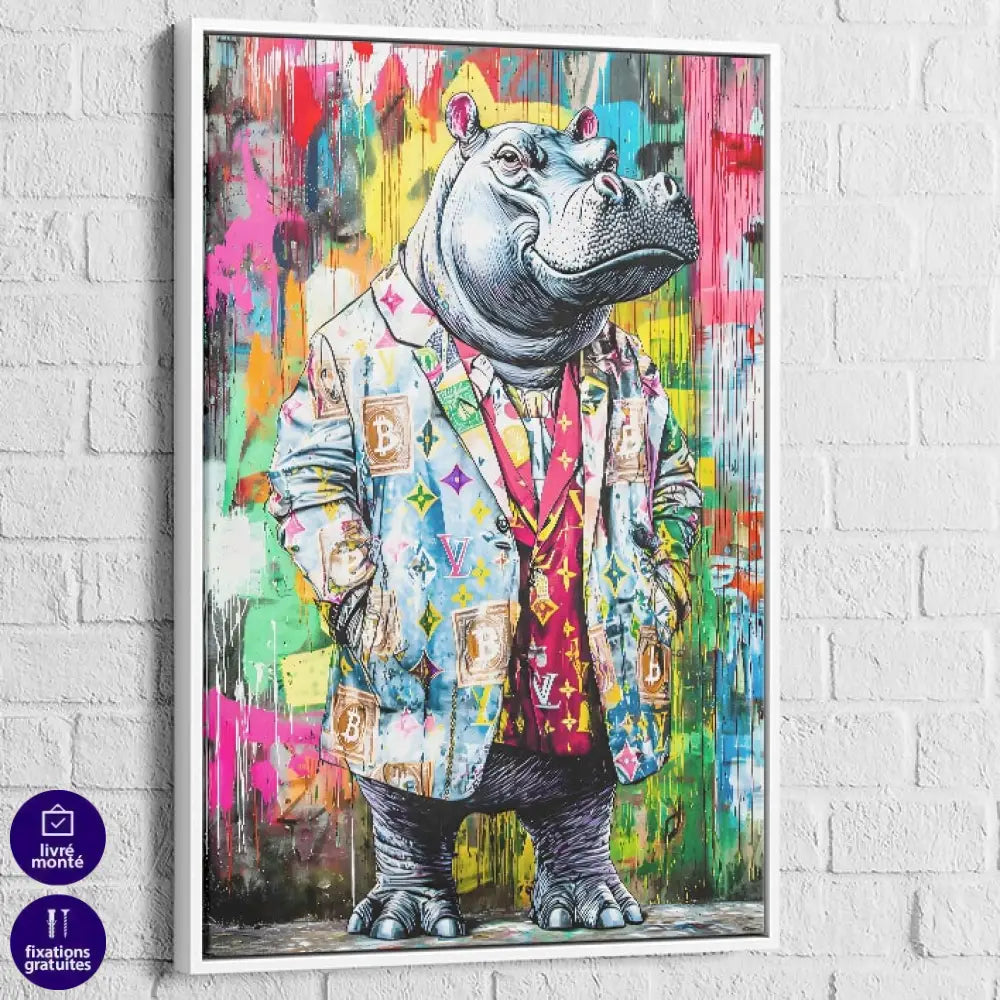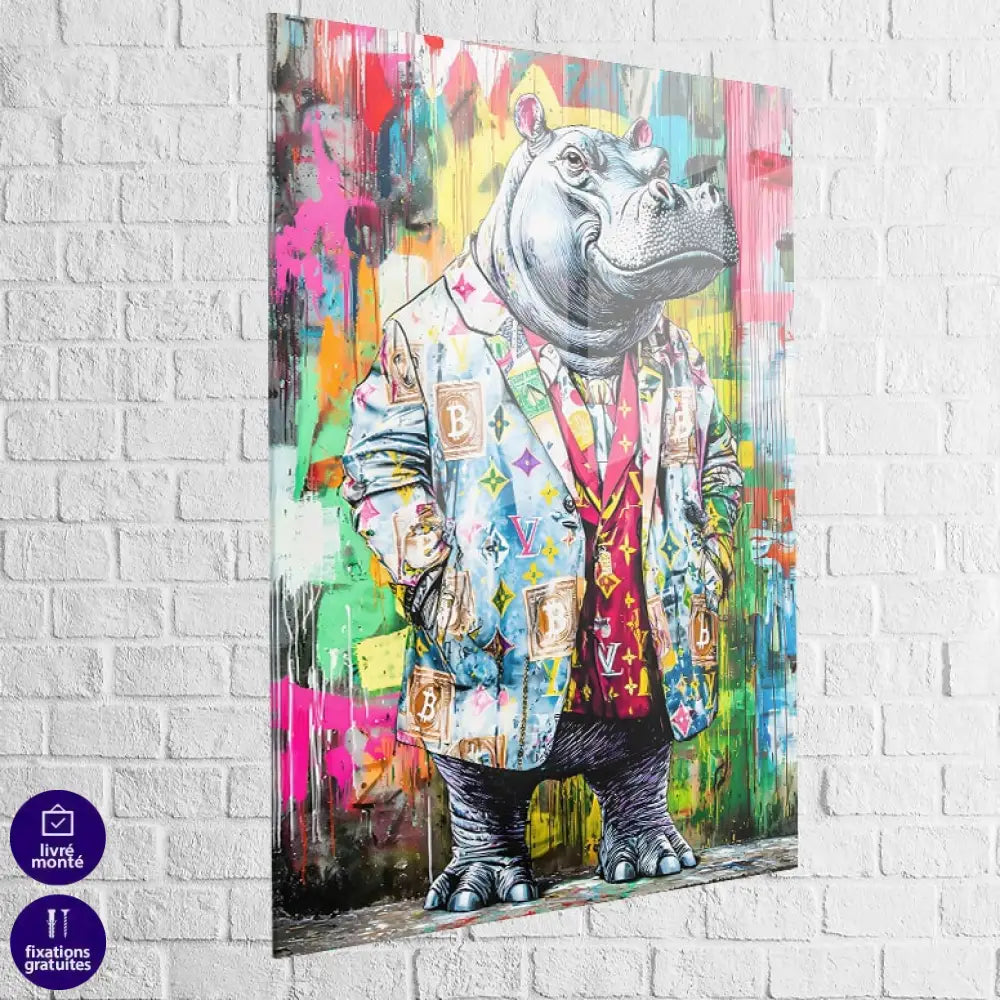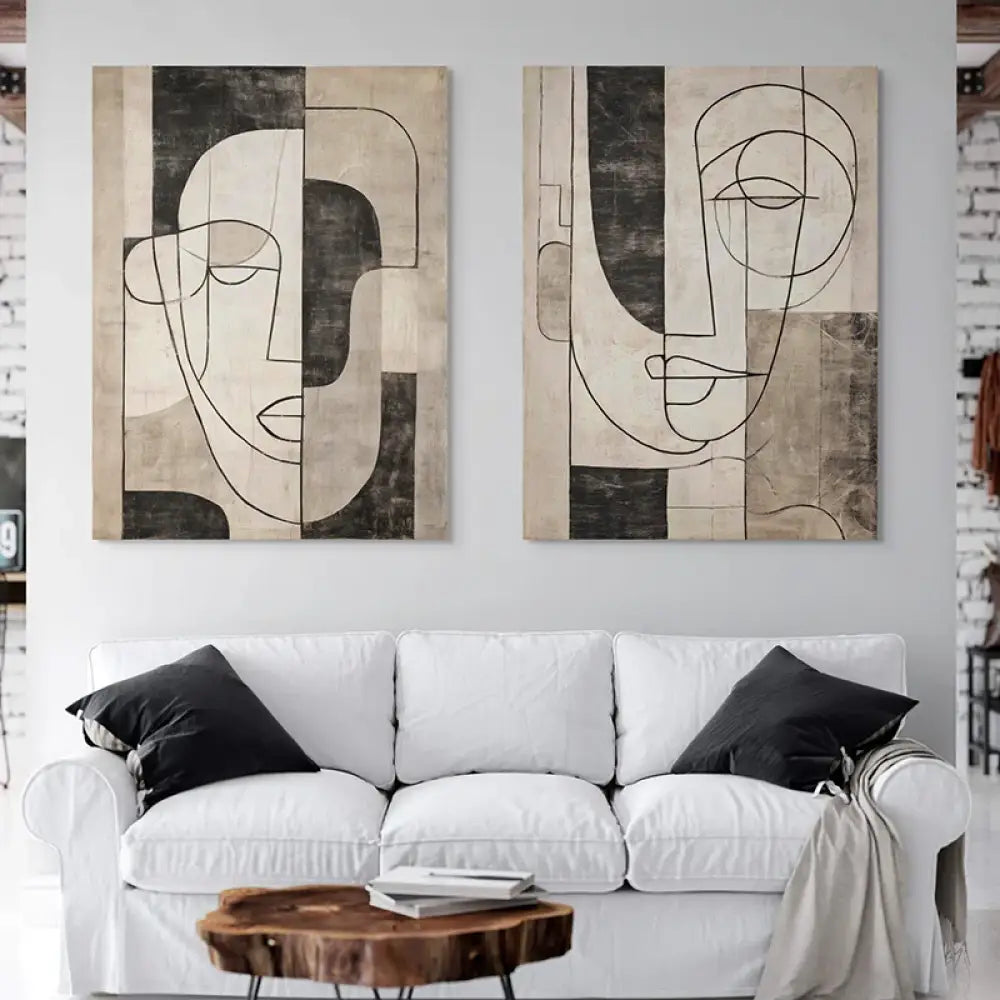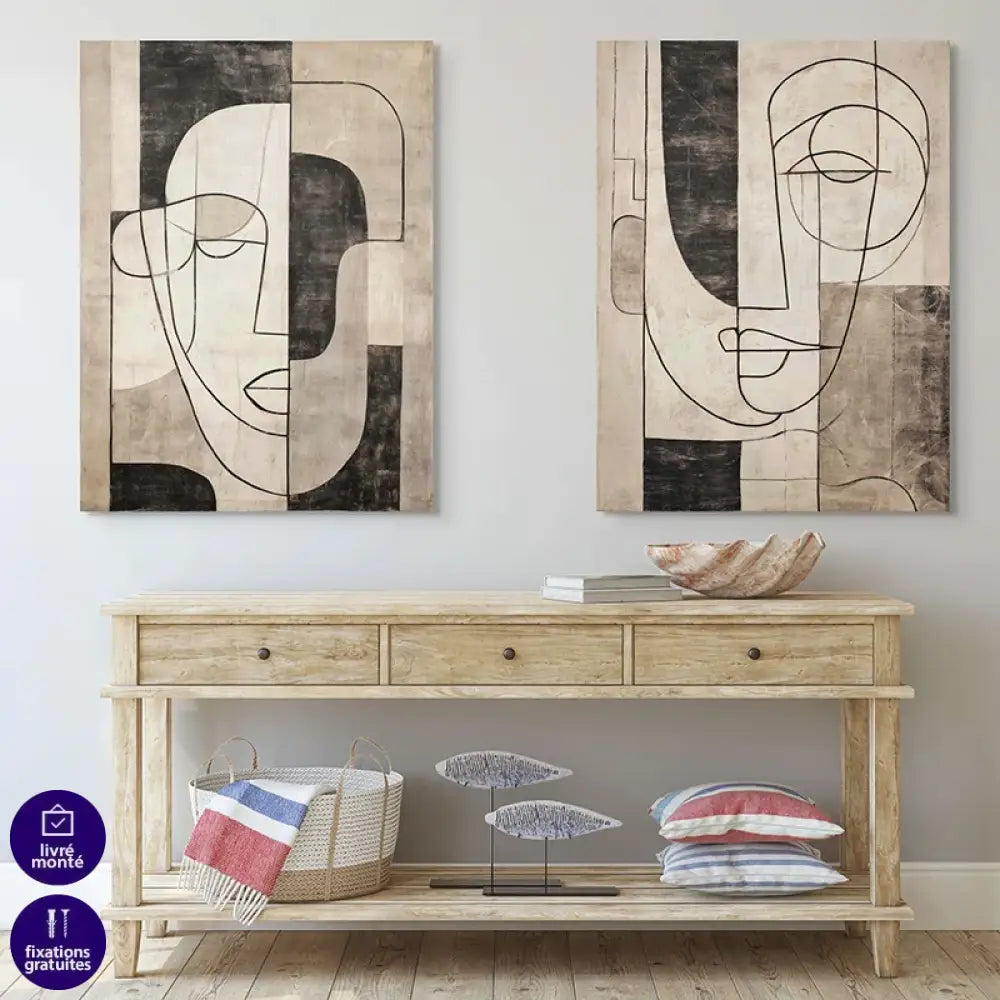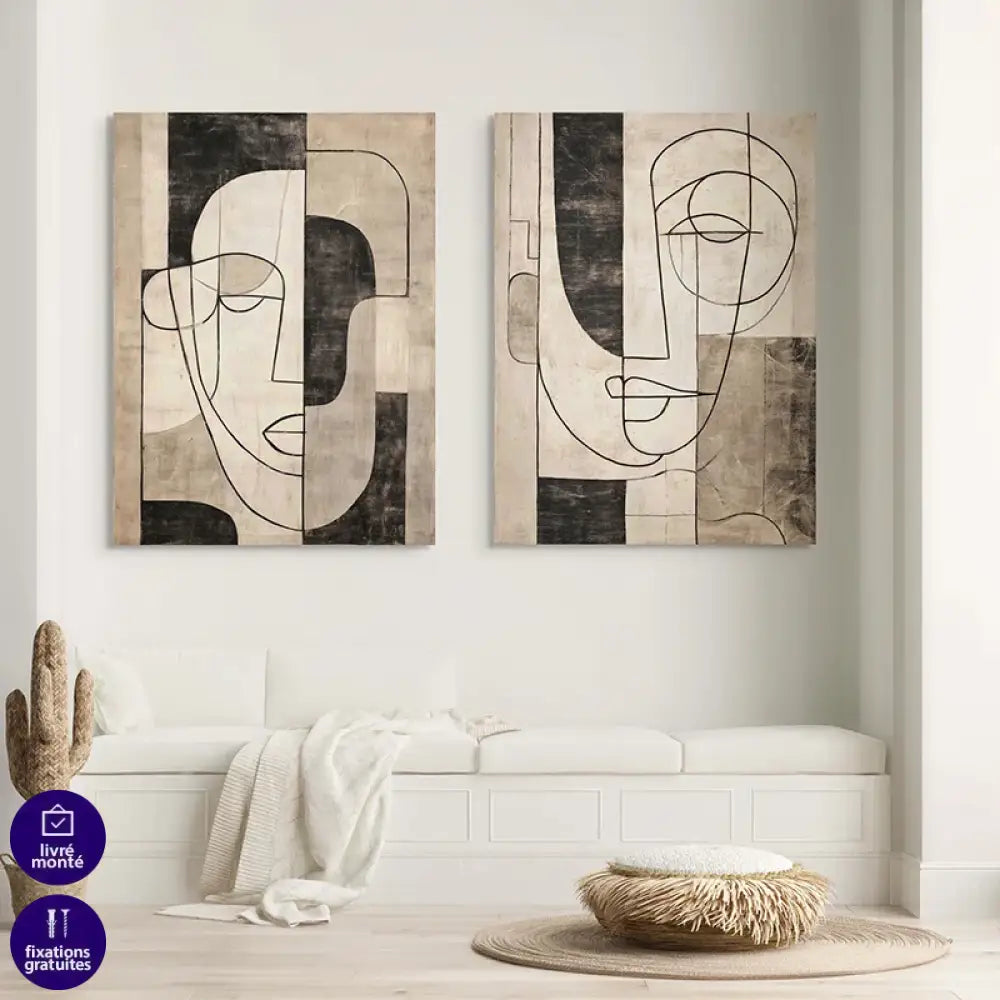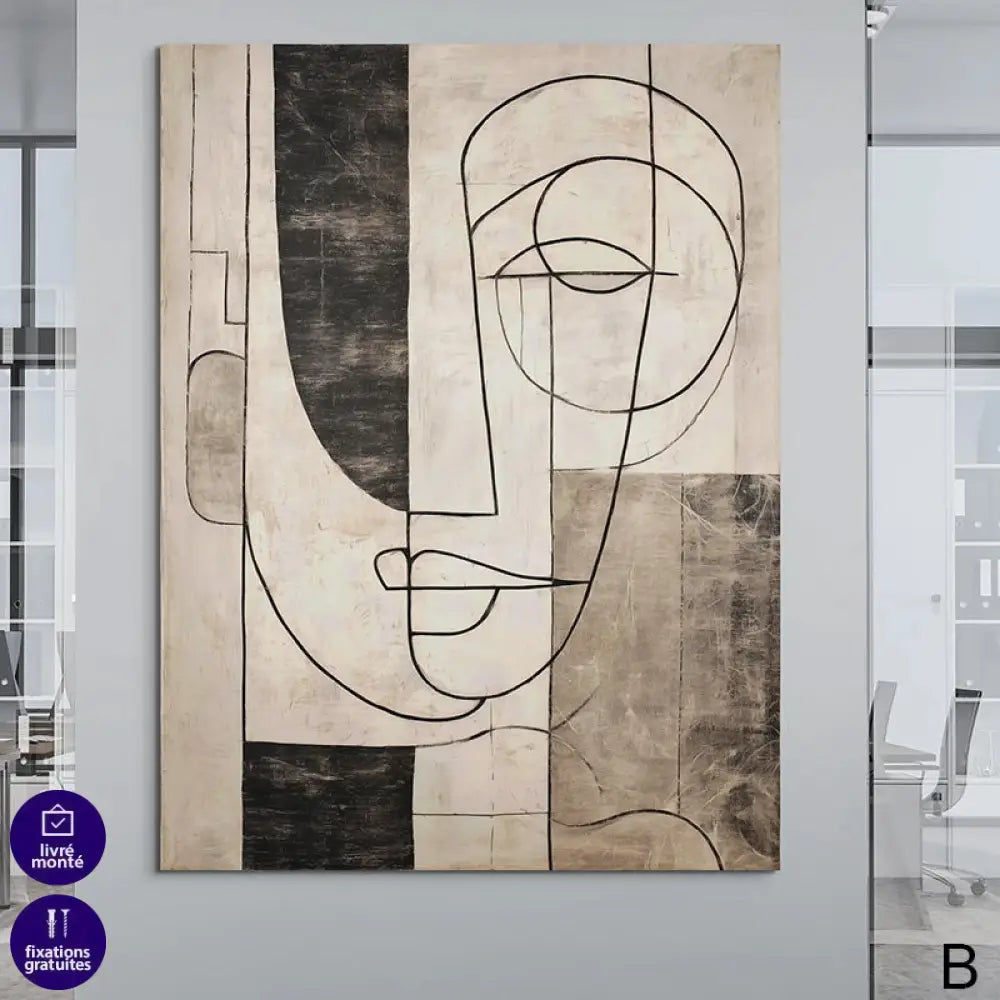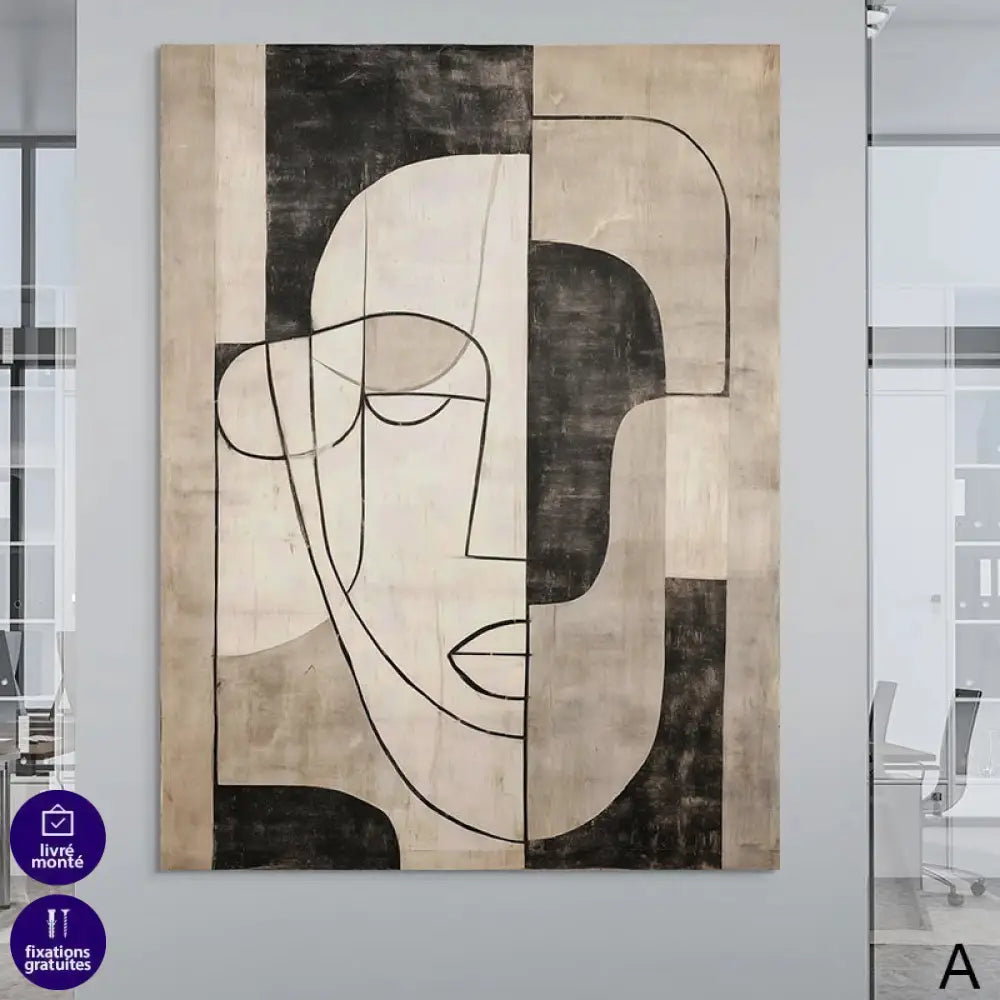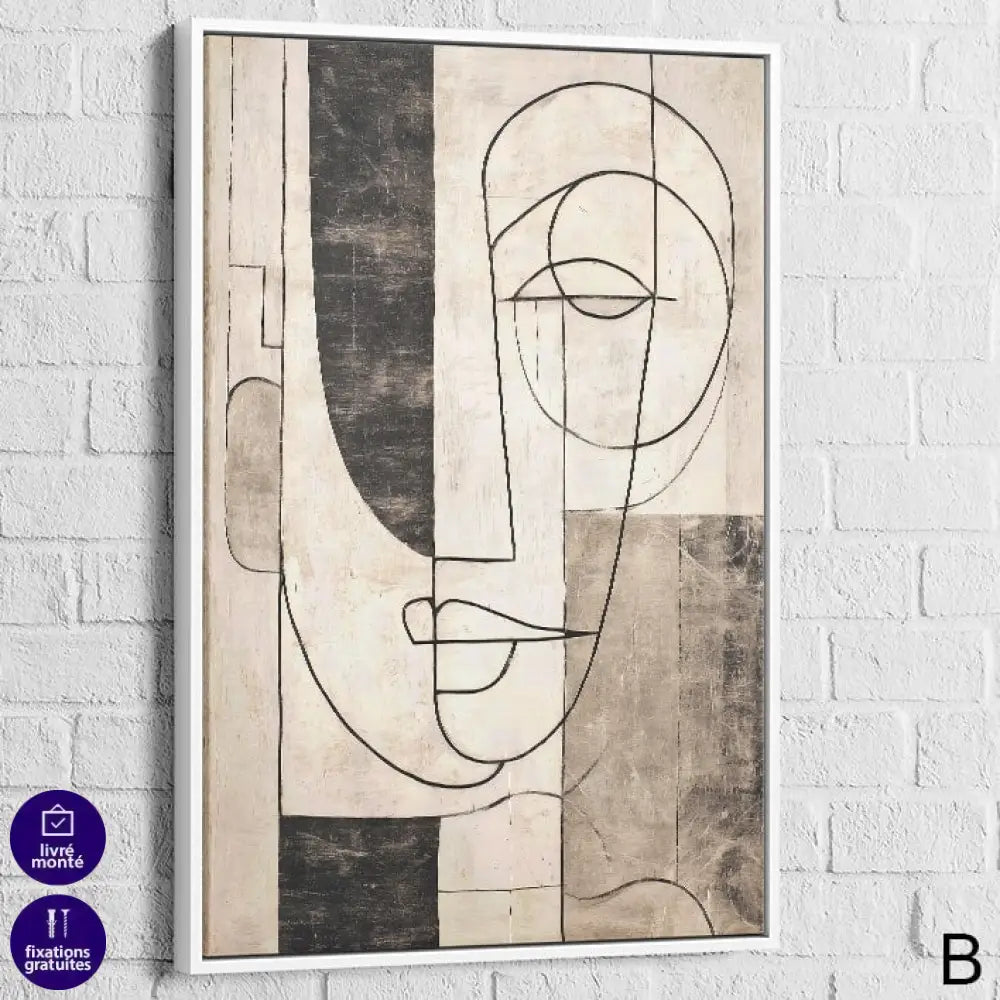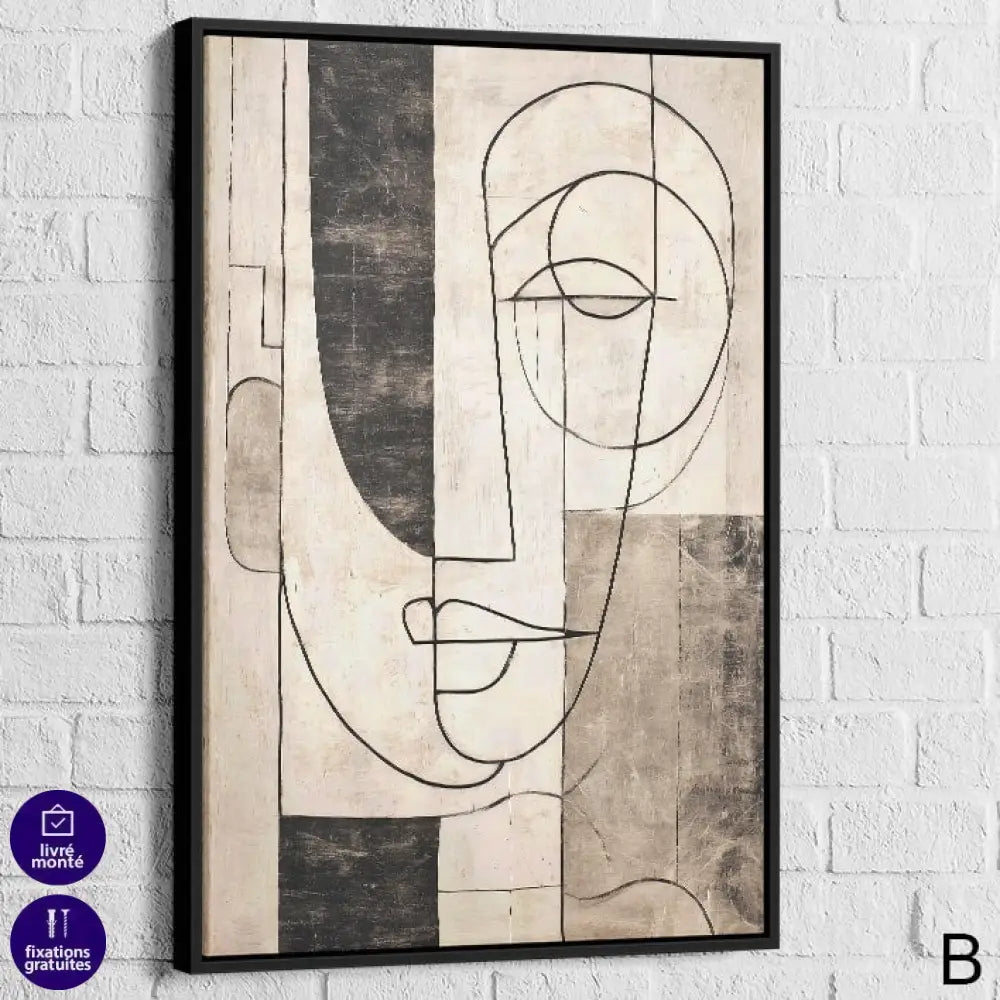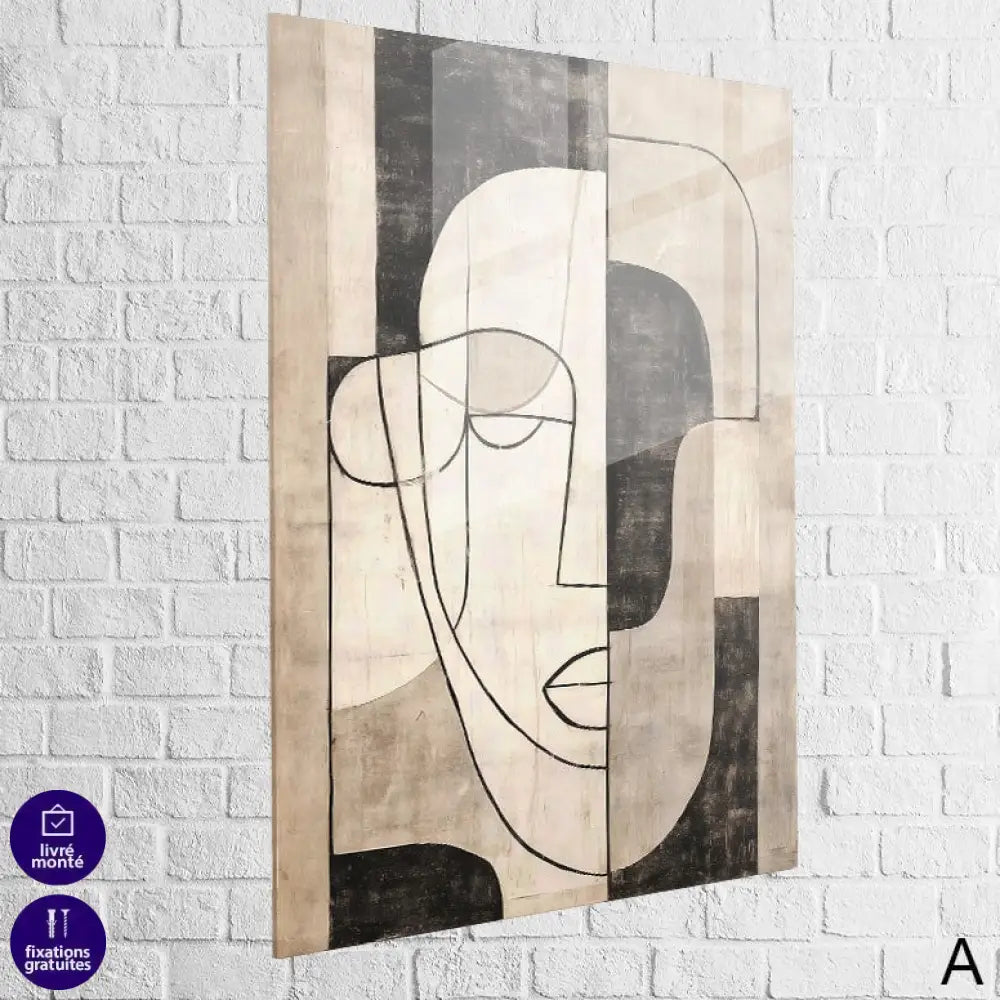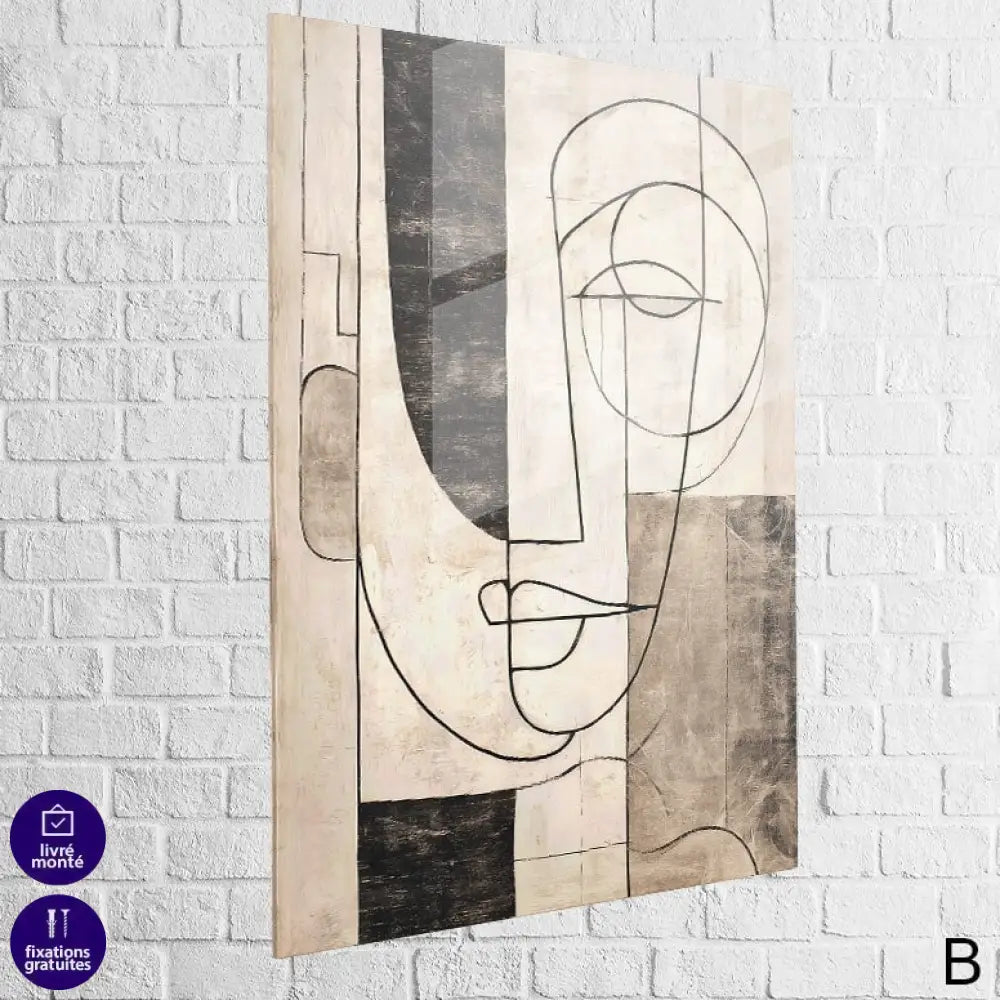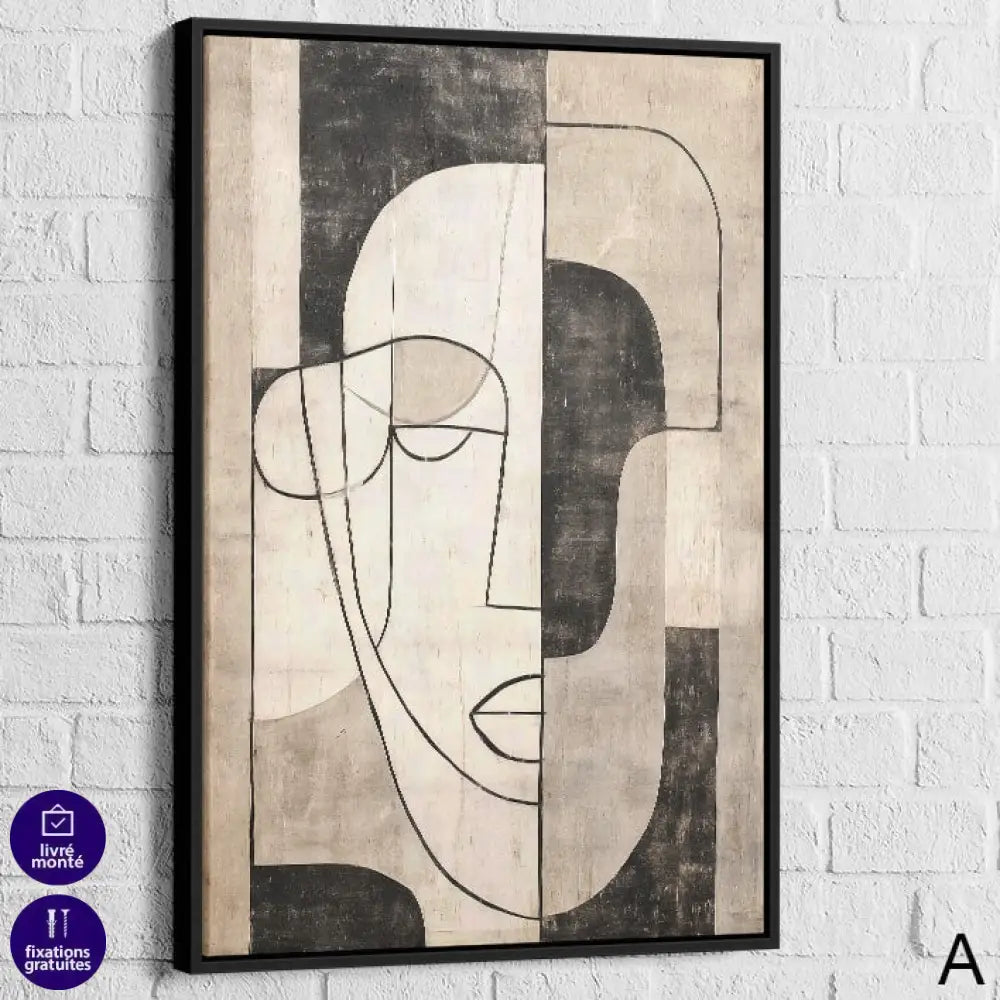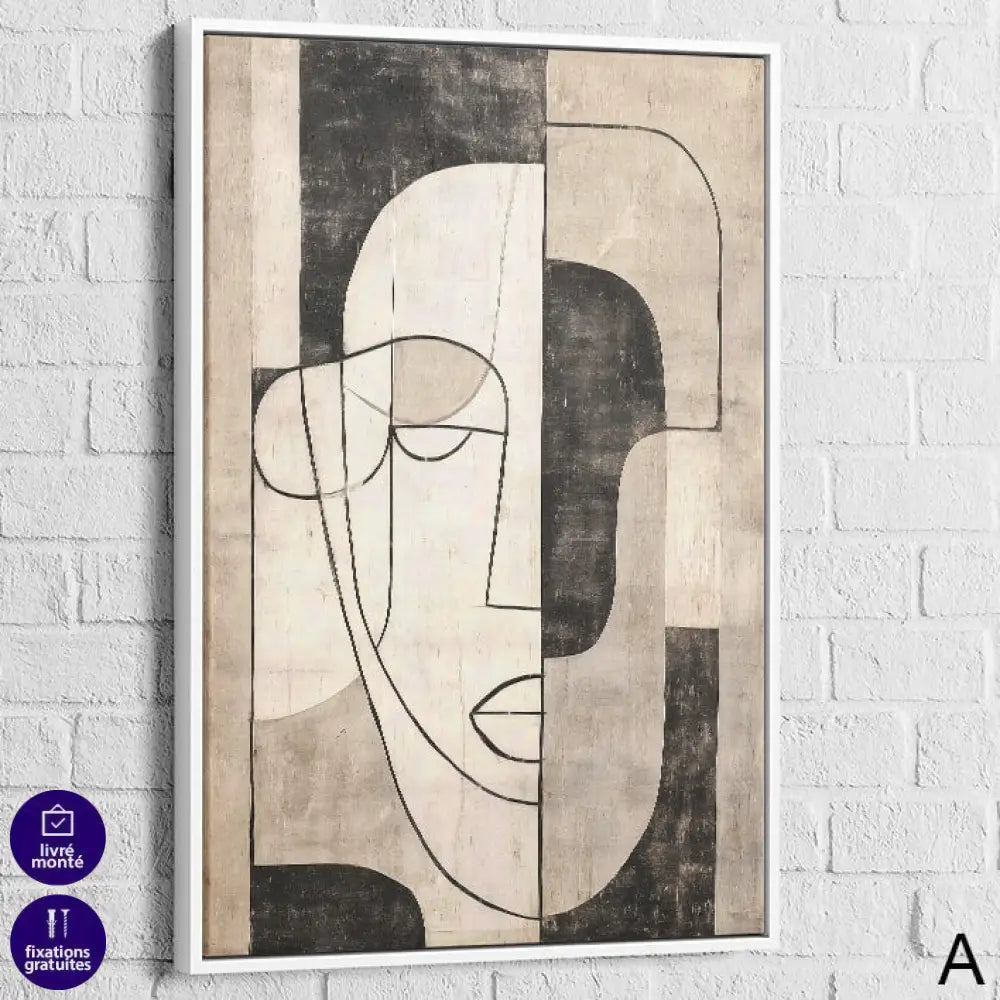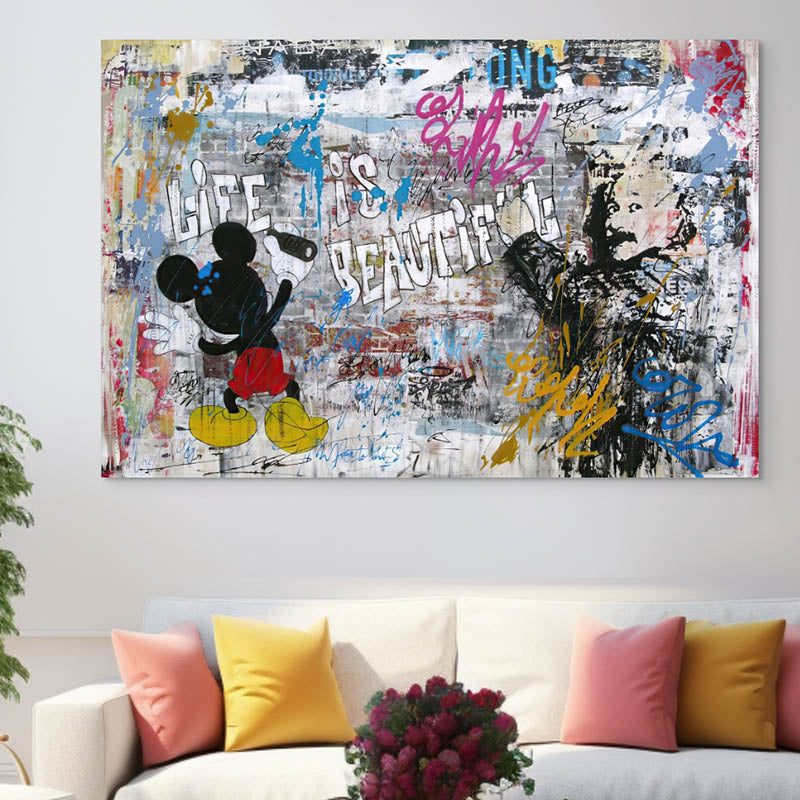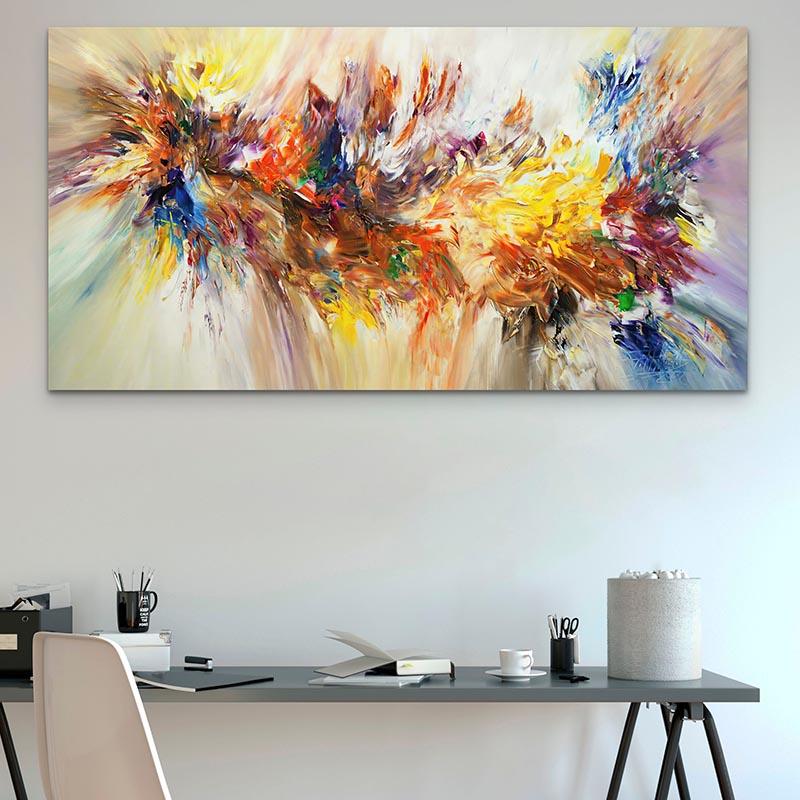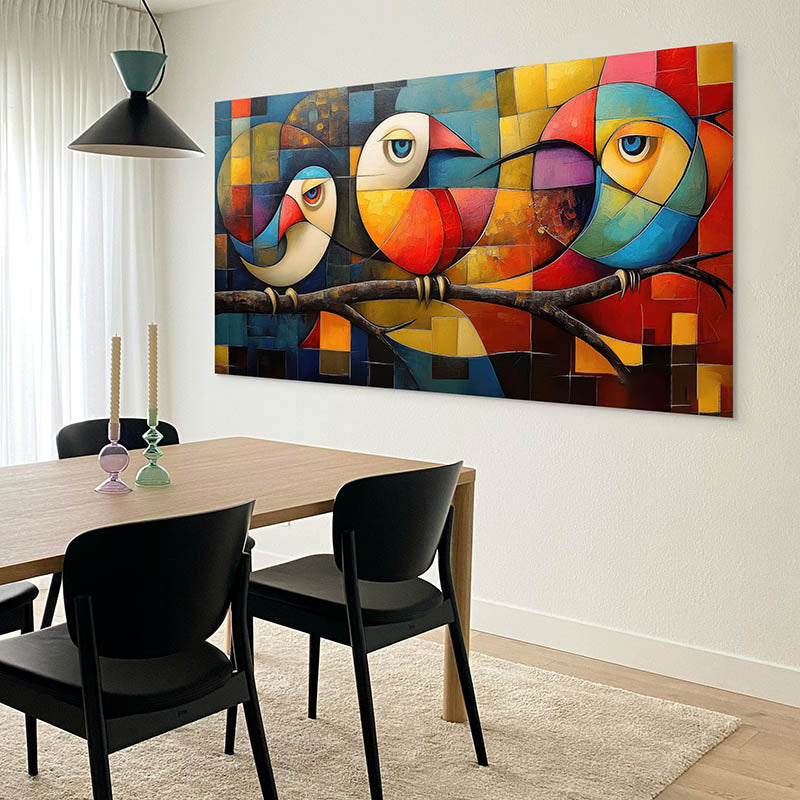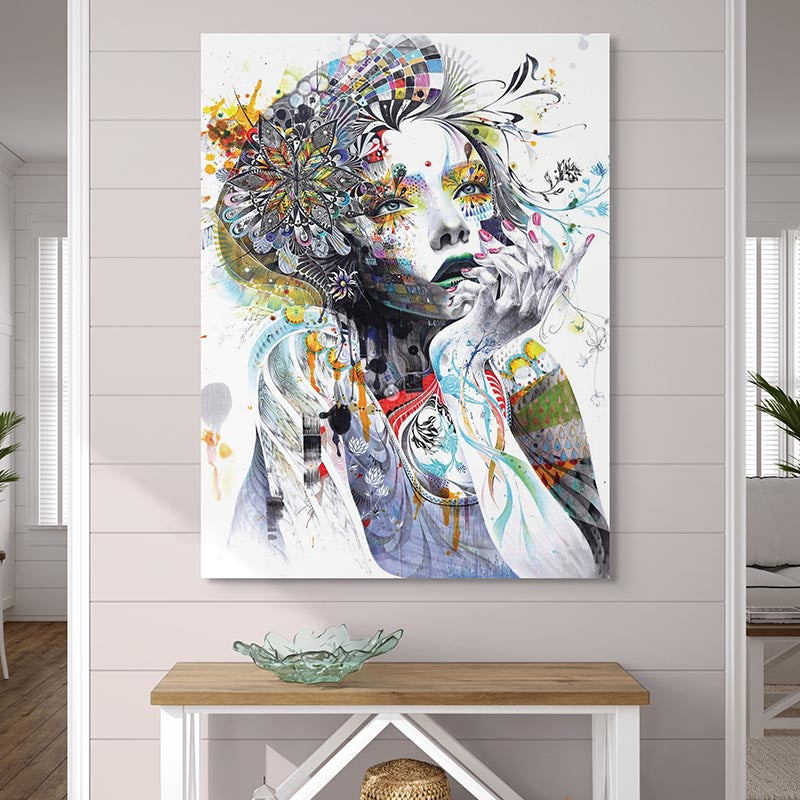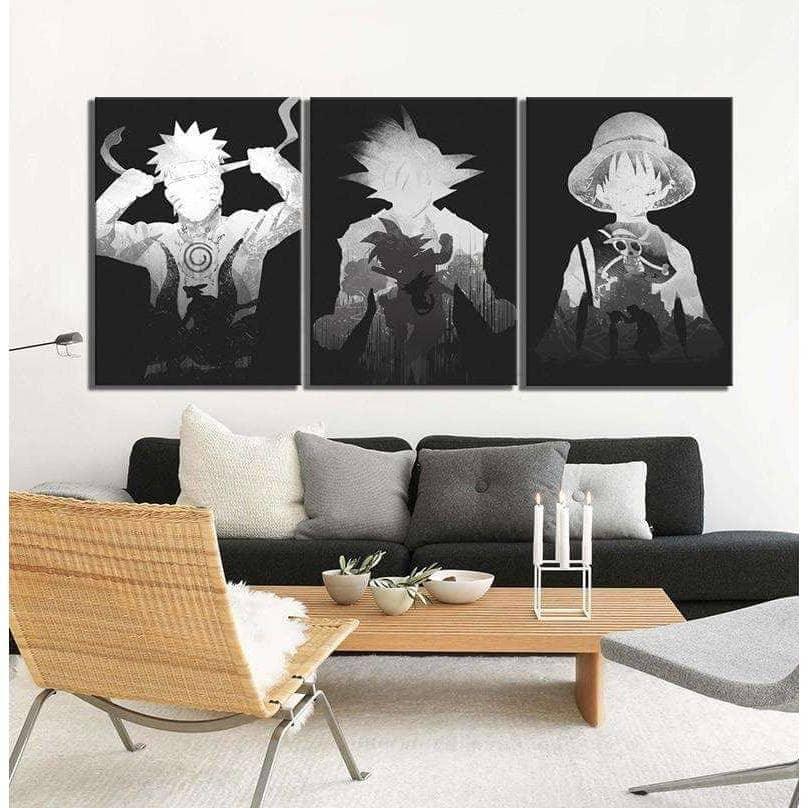Jean-Michel Basquiat: the meteor that shook contemporary art

It’s hard to talk about modern art without thinking of the three-pointed crown, the bony silhouettes, the smiling skeletons, and the words scribbled like lightning. These signs belong to Jean-Michel Basquiat (1960–1988), a New York child who became a global legend in less than a decade. His meteoric path blends poetry, rage, music, street culture, and scholarly painting.

From Brooklyn to galleries: the birth of a language
Born in Brooklyn to a Haitian father and a Puerto Rican mother, Basquiat discovered New York museums very early thanks to his mother, who took him to the MoMA and the Metropolitan Museum. A curious child, he devoured the book Gray’s Anatomy, a gift received after an accident, and drew his future visual vocabulary from it.
In the late 1970s, he made his first marks on the streets of Manhattan with his friend Al Diaz under the pseudonym SAMO©, meaning “Same Old.” Their poetic and sarcastic graffiti covered the walls of the Lower East Side and quickly caught the attention of galleries.
In 1980, he took part in the legendary exhibition “Times Square Show” and began selling his first works. Within months, Basquiat moved from the pavement to galleries, propelled by raw energy and authenticity that charmed collectors and critics alike.

A painting that thinks fast
Basquiat painted as he breathed, with urgency and spontaneity. His canvases are open notebooks into his boiling mind:
- Words crossed out, repeated, circled — emphasized by the very act of negation.
- Anatomical diagrams: organs, skulls, rib cages, inherited from Gray’s Anatomy.
- .Crowns
- with three points, a royal signature and tribute to his black heroes.Numbers, arrows, crosses
- , symbols of a coded and fragmented world.Mixed references
: logos, jazz music, African art, Picasso, boxing, and pop culture.His style is a mix of instinct and culture. He juxtaposes layers, scratches out, superimposes, leaving the trace of the gesture: a living
painting, full of tension and emotion.
Themes: identity, power, black memoryBasquiat doesn’t paint the racial question, he speaks from his identity. His works pay tribute to African-American heroes
: athletes, musicians, forgotten or mythologized figures. Each wears a crown, a symbol of dignity and recognition.He also addresses the violence of the world, death, medicine, religion, and commerce
. Words are his weapons, colors his rhythm. Like a DJ, he samples history and culture to create a new and striking work.
Warhol, friendship and misunderstandingsIn 1982, he met Andy Warhol
. Between them arose a surprising collaboration: Warhol brought the media frame, Basquiat the passion and spontaneity. Their four-handed paintings, mixing silkscreens and raw gestures, marked the 1980s. A sincere but complex friendship, reflecting two opposing artistic worlds.
Market, myth and controversiesBasquiat died tragically in 1988, at 27. His work exploded on the art market: in 2017, a painting sold for over 110 million dollars
. The artist who denounced commodification became, despite himself, a luxury icon. Some see a contradiction, others a posthumous revenge for a long-marginalized artist.
Why his work still speaks to us Because a Basquiat painting

- brings together opposites: scholarly and instinctive, poet and boxer, fragile and flamboyant. He embodies speed, urban culture, and the urgency to express oneself. His art is a mirror held up to society: raw, beautiful, contradictory, and alive.Observe the words
- : their placement, their crossings out.Follow the arrows
- : they guide the eye like a map.Find the crown
- : who is the “king” of the painting?Note the layers
- : each repaint tells a moment of the process.Listen to the rhythm
: jazz, bebop, hip-hop, present in the composition.
Decorating with Basquiat’s spirit
- Basquiat inspires as much as he shakes things up. For a modern decor:Choose a large format
- on a light or concrete wall.Opt for a triptych
- that tells a story in three parts.Vary the supports
- : stretched canvas, plexiglass, black or white floating frame.
- Let the colors express themselves: reds, yellows, deep blues, contrasting blacks.Bet on warm lighting
(2700–3000 K) for a gallery effect.
A Basquiat-inspired painting brings immediate energy, an urban and cultural accent to your interior. It’s a way to express your personality through a strong work.
- Key works and symbolsUntitled (Skull)
- – mythical skull, between mask and X-ray.Hollywood Africans
- – critique of stereotypes and celebrity.Irony of a Negro Policeman
- – reflection on power and representation.Riding with Death
- – prophetic, poignant, and universal vision.The crown
– symbol of pride, authority, and resistance.
A living legacyBasquiat’s legacy goes beyond painting. He paved the way for many black, mixed-race, and urban artists, inspired hip-hop, fashion, design, and advertising. His art proves you can be both popular and demanding, .
intellectual and instinctive
Why we love him at MontableaudecoBecause an interior must be alive, not frozen. Basquiat’s spirit is the freedom to mix styles, eras, cultures. It’s a dose of energy, curiosity, and boldness to display on your walls. A street art painting
inspired by Basquiat is an invitation to think, smile, and dream.
“I don’t think about art when I’m working. I try to think about life.” – Jean-Michel Basquiat

